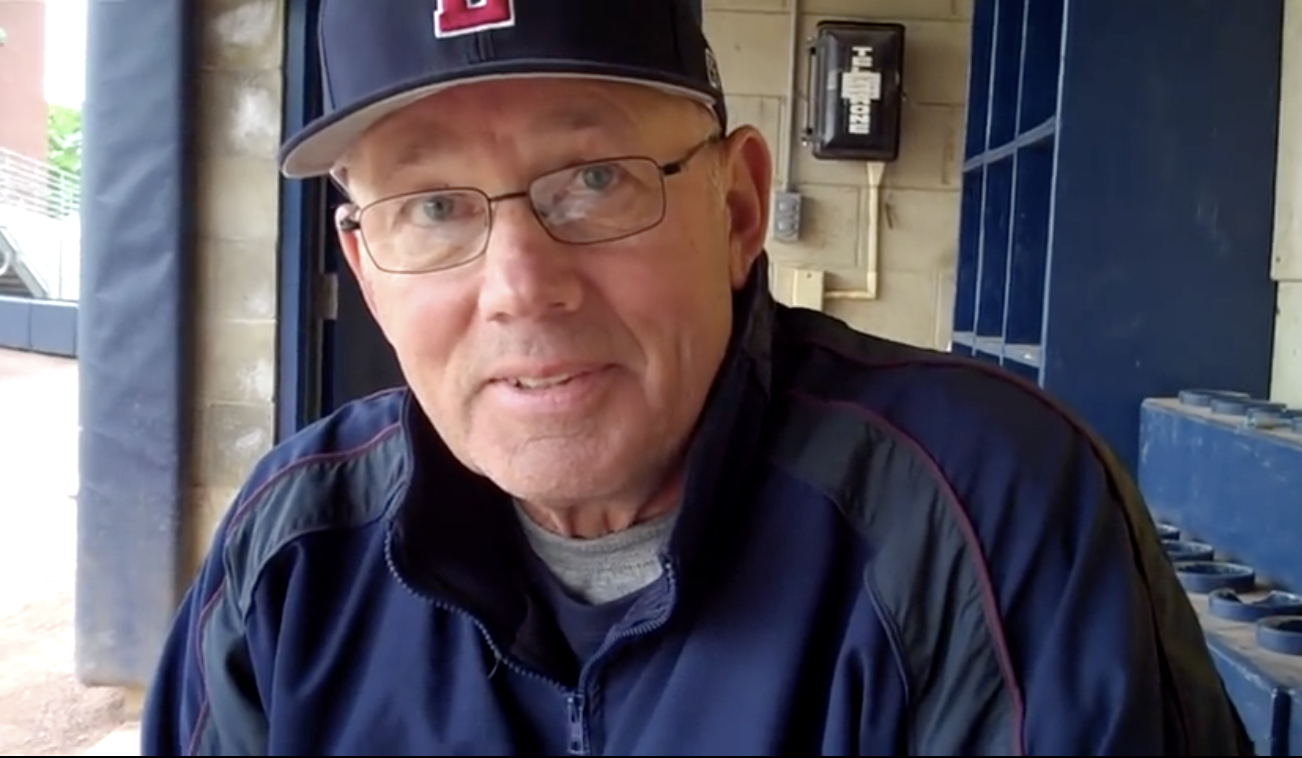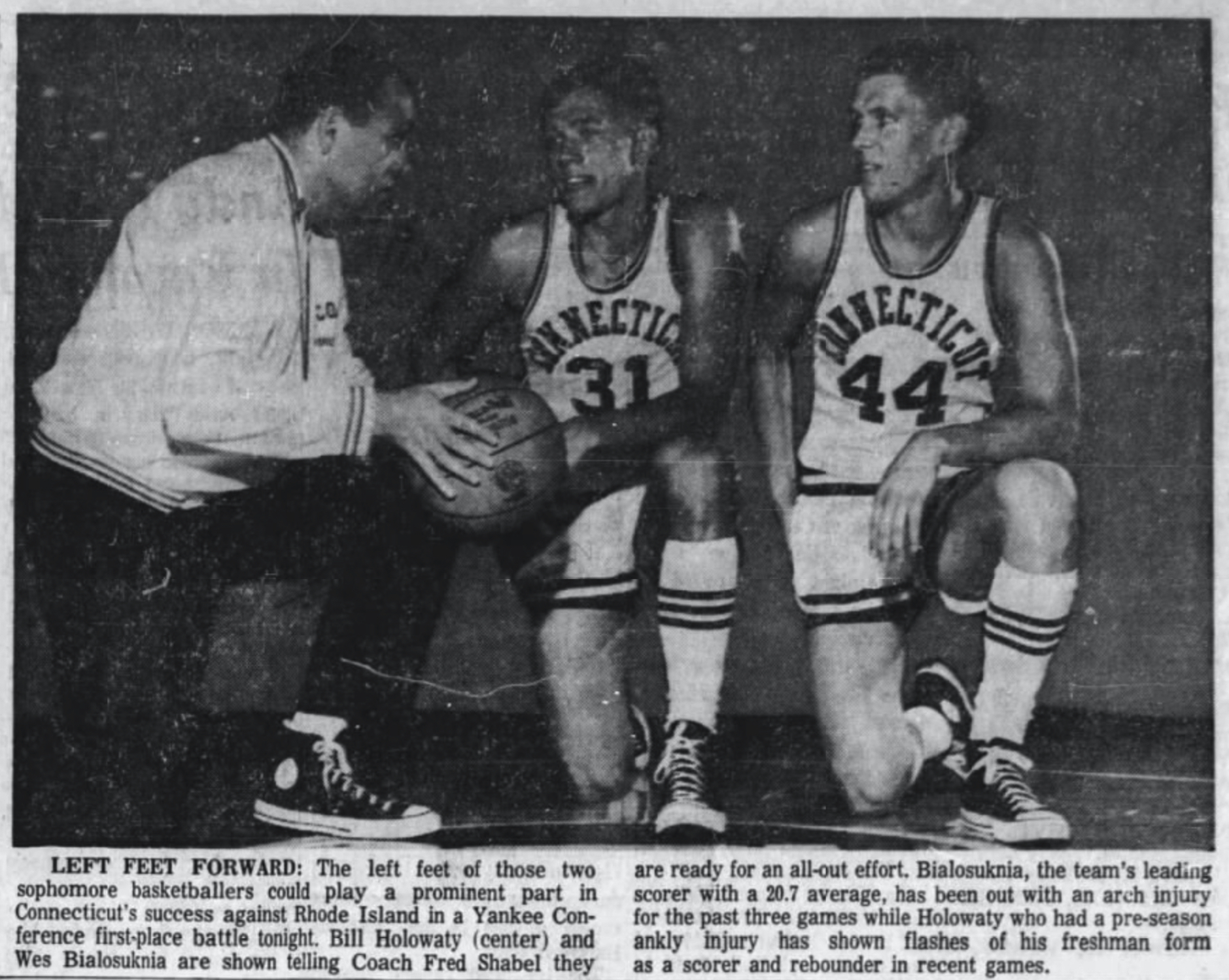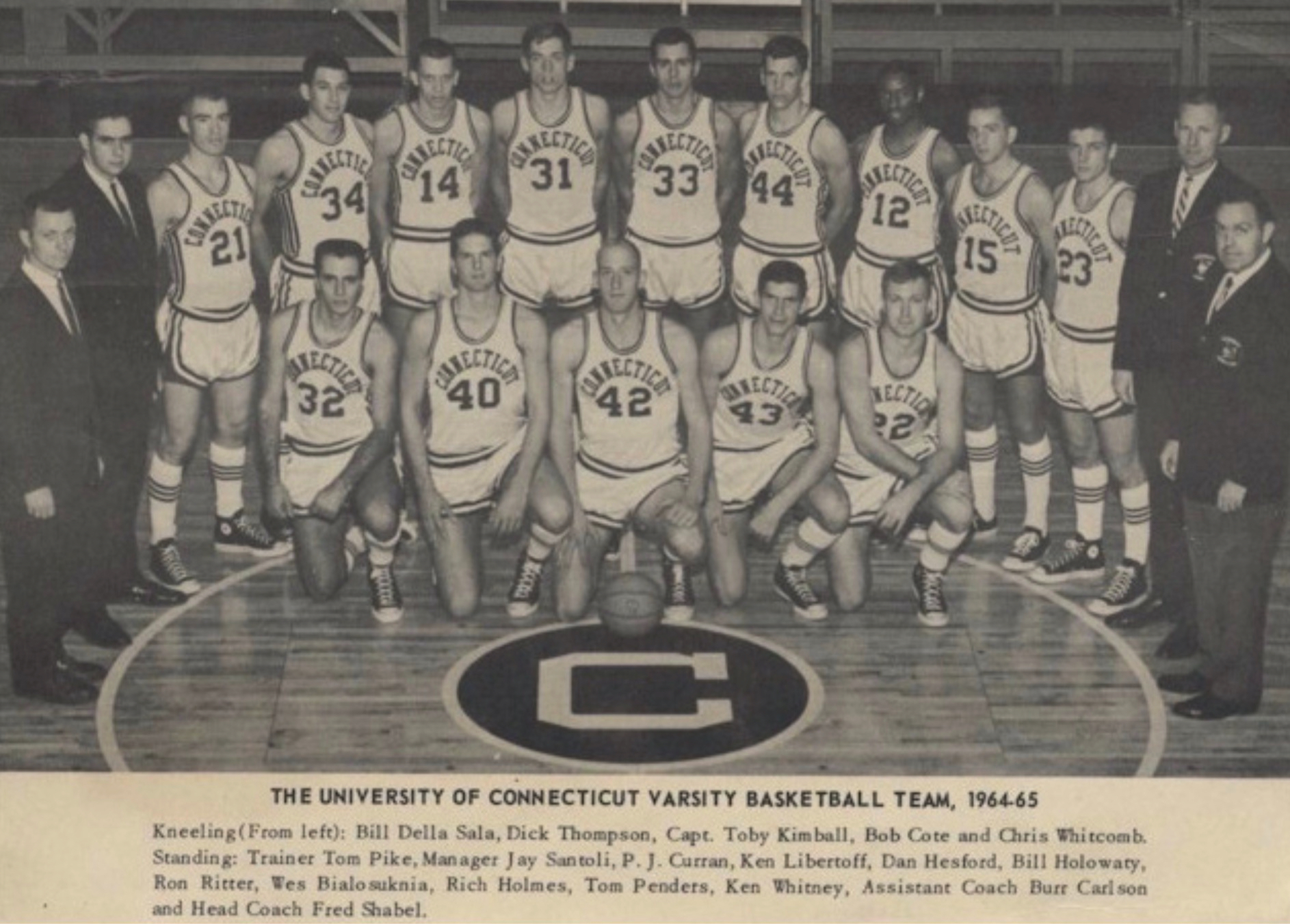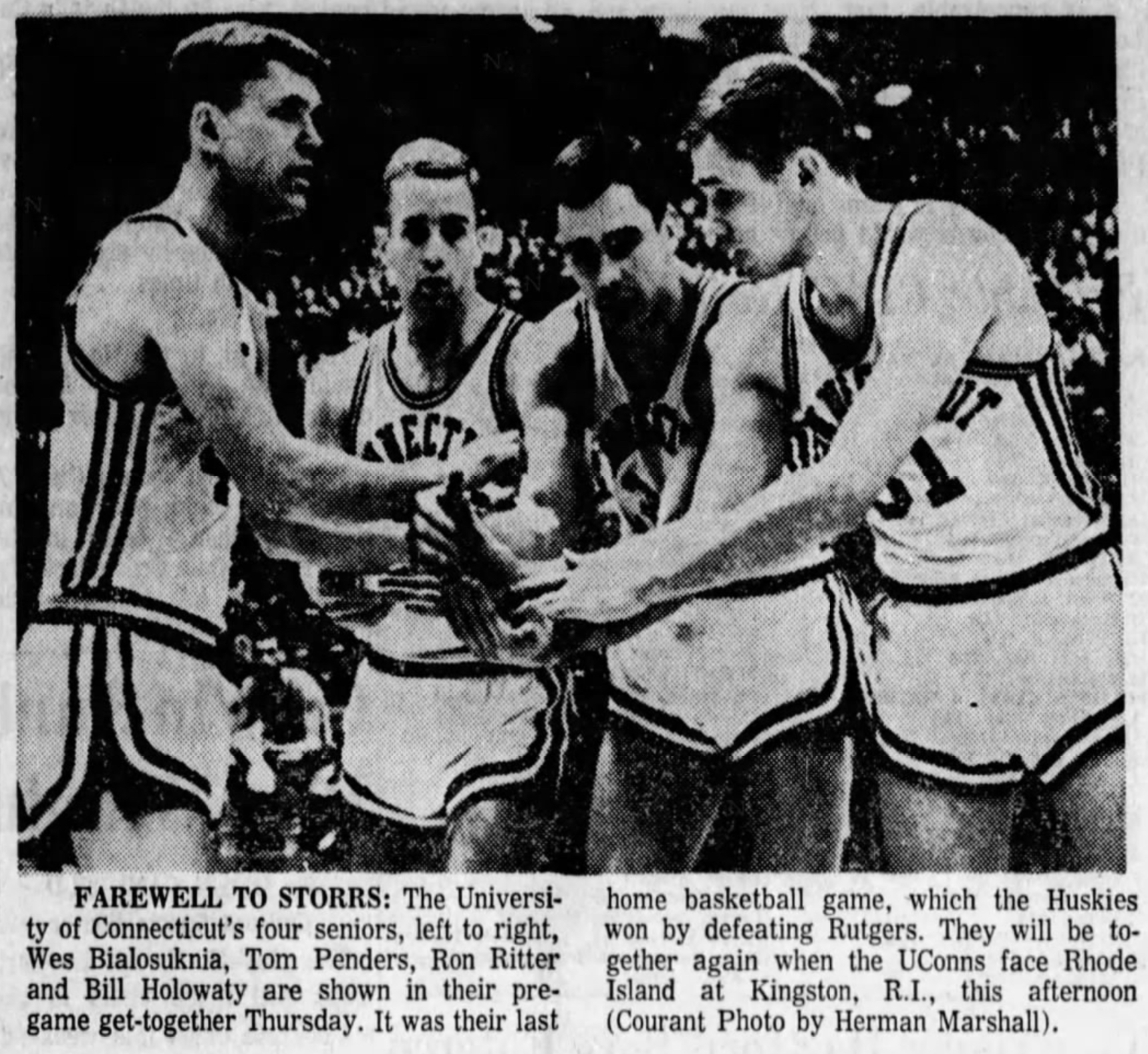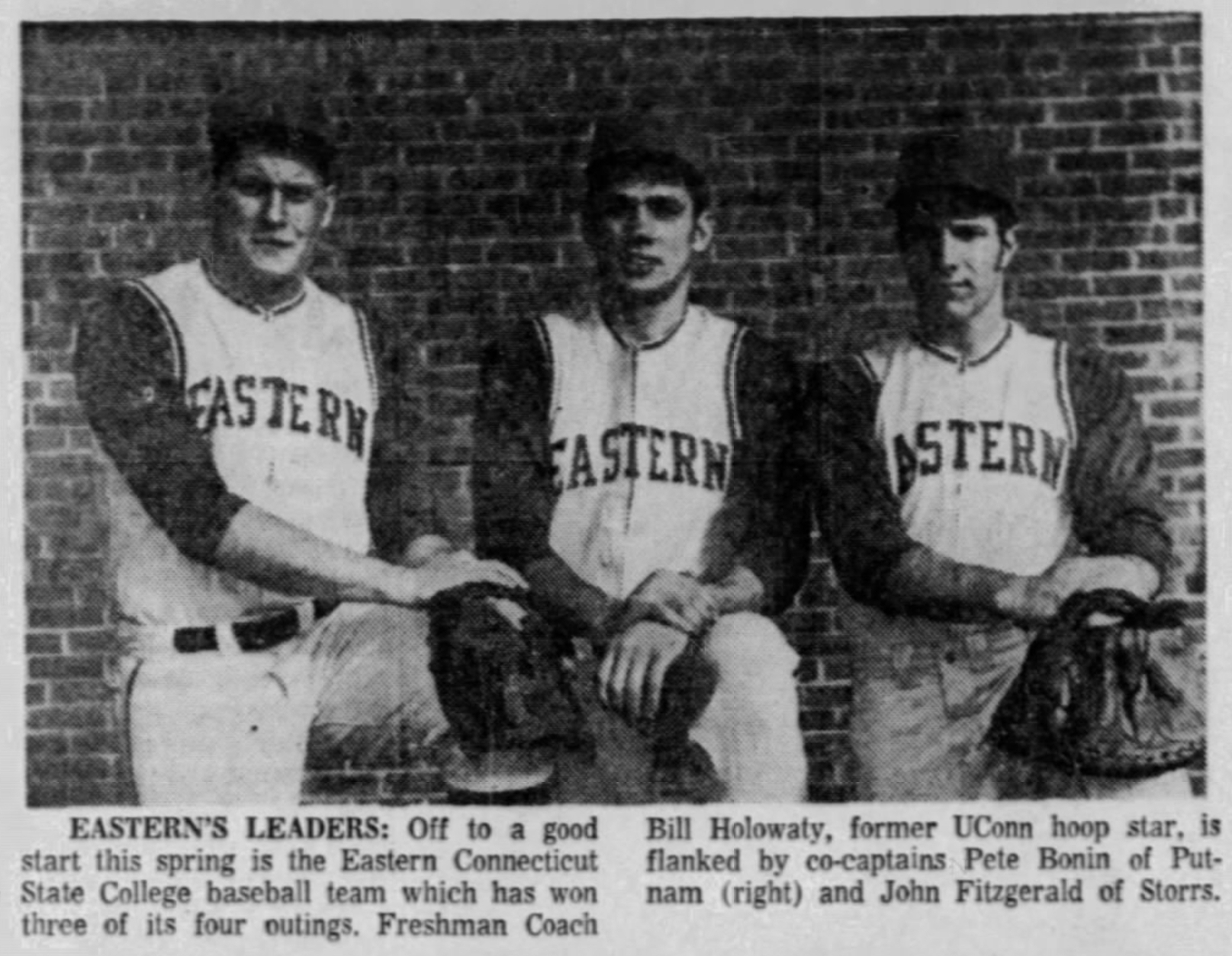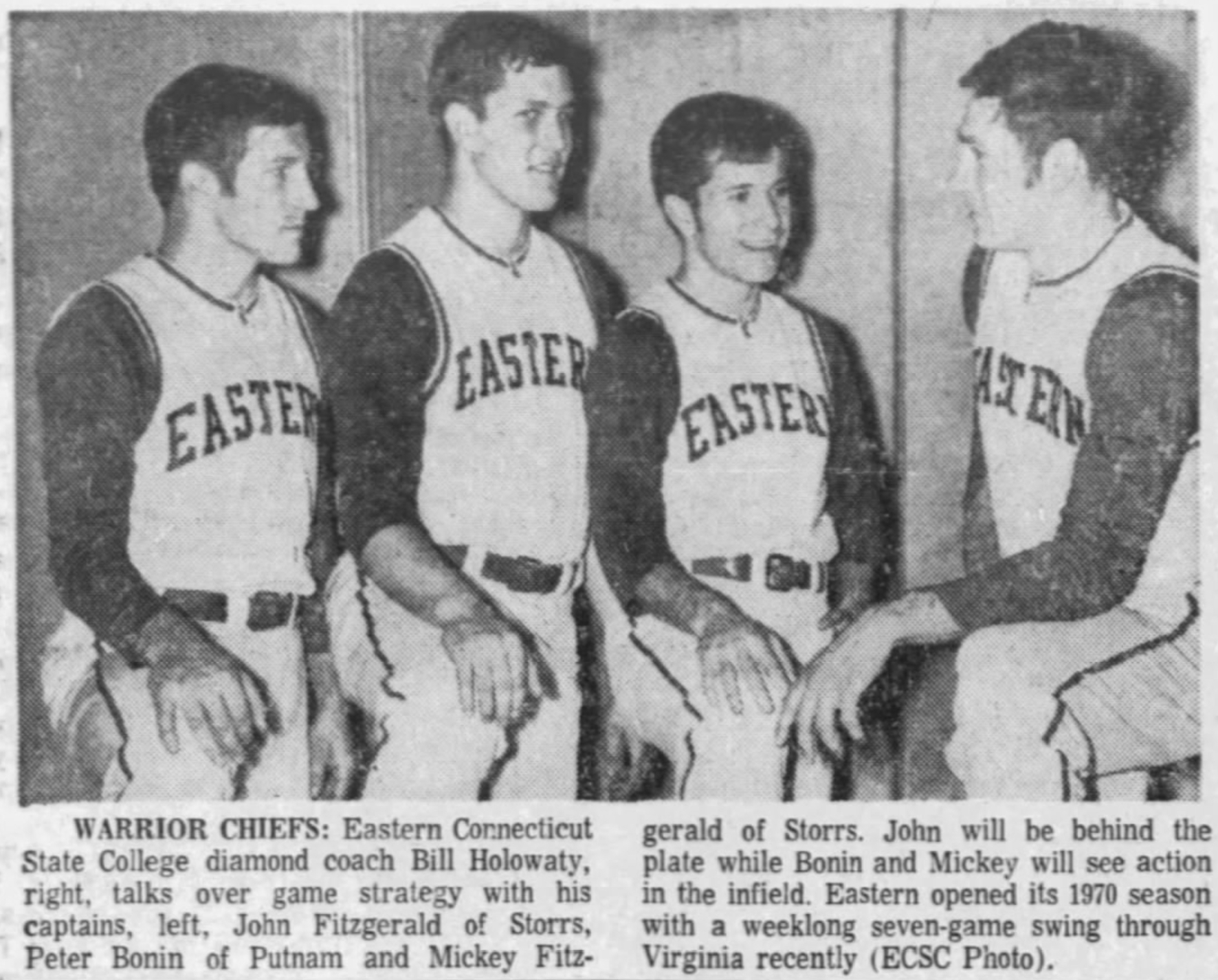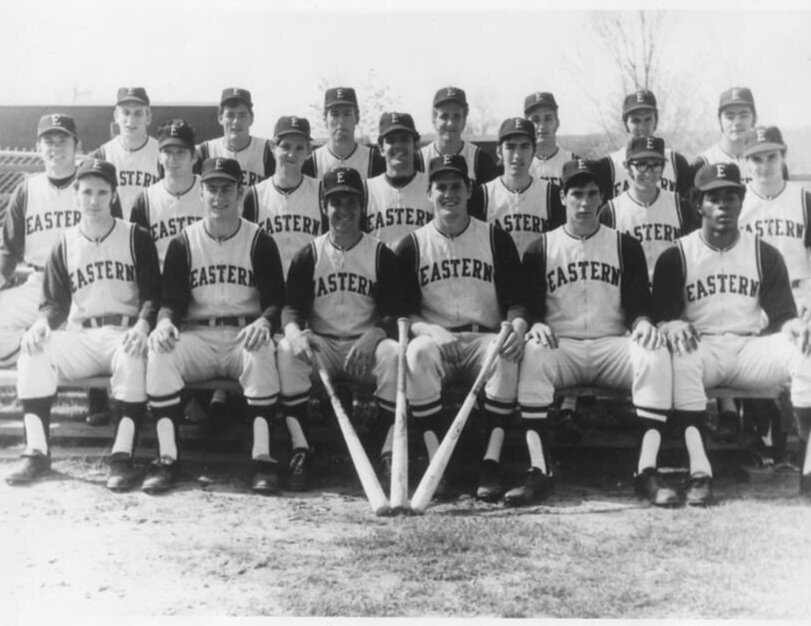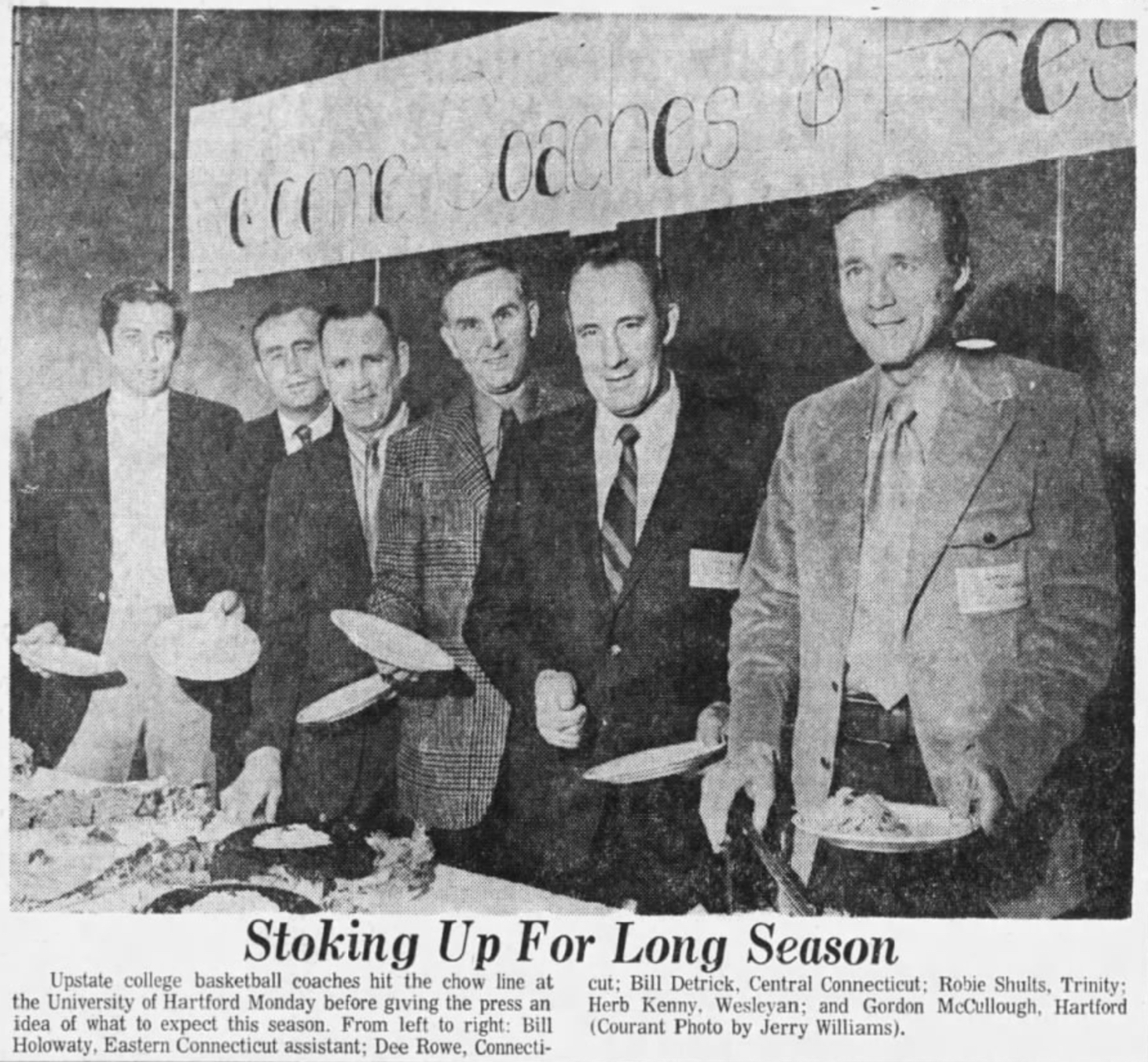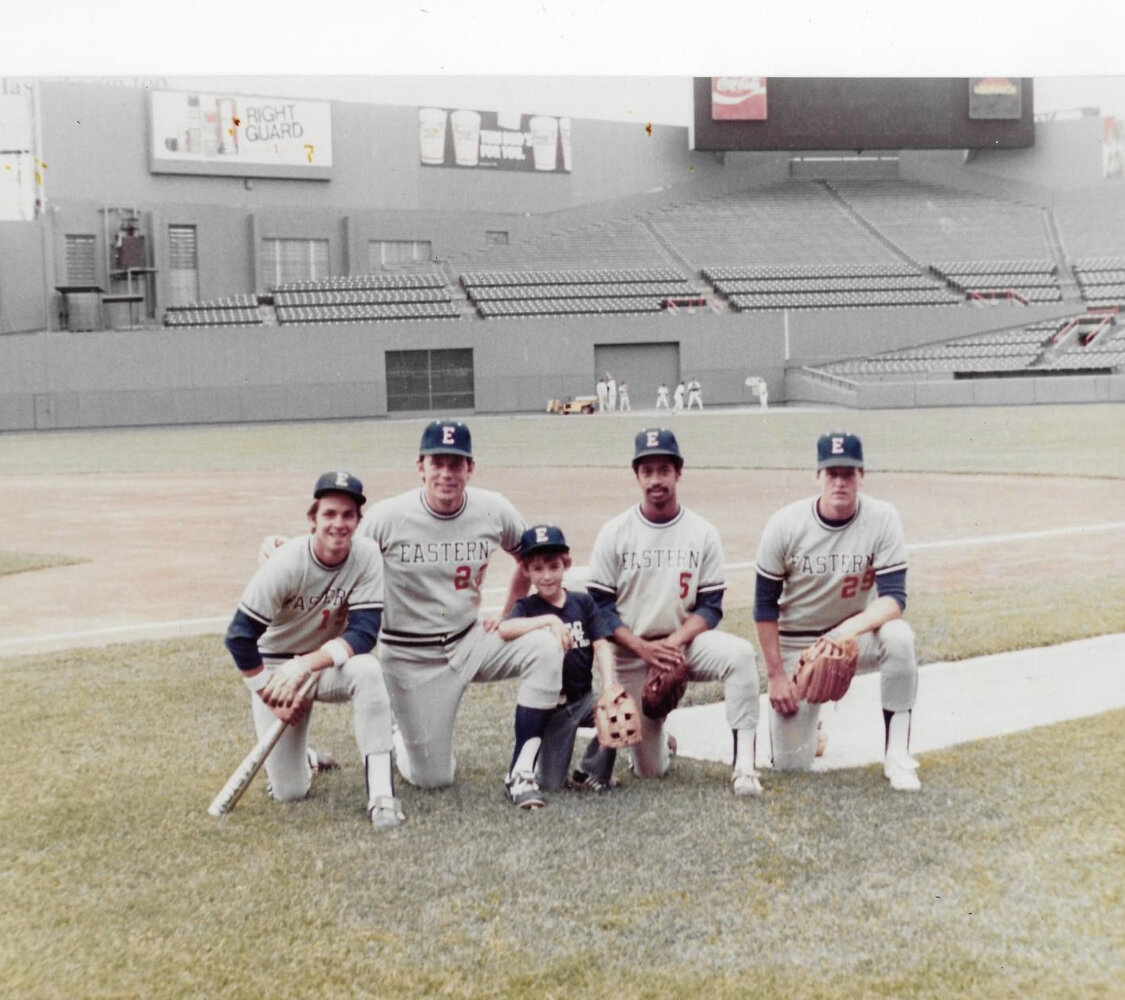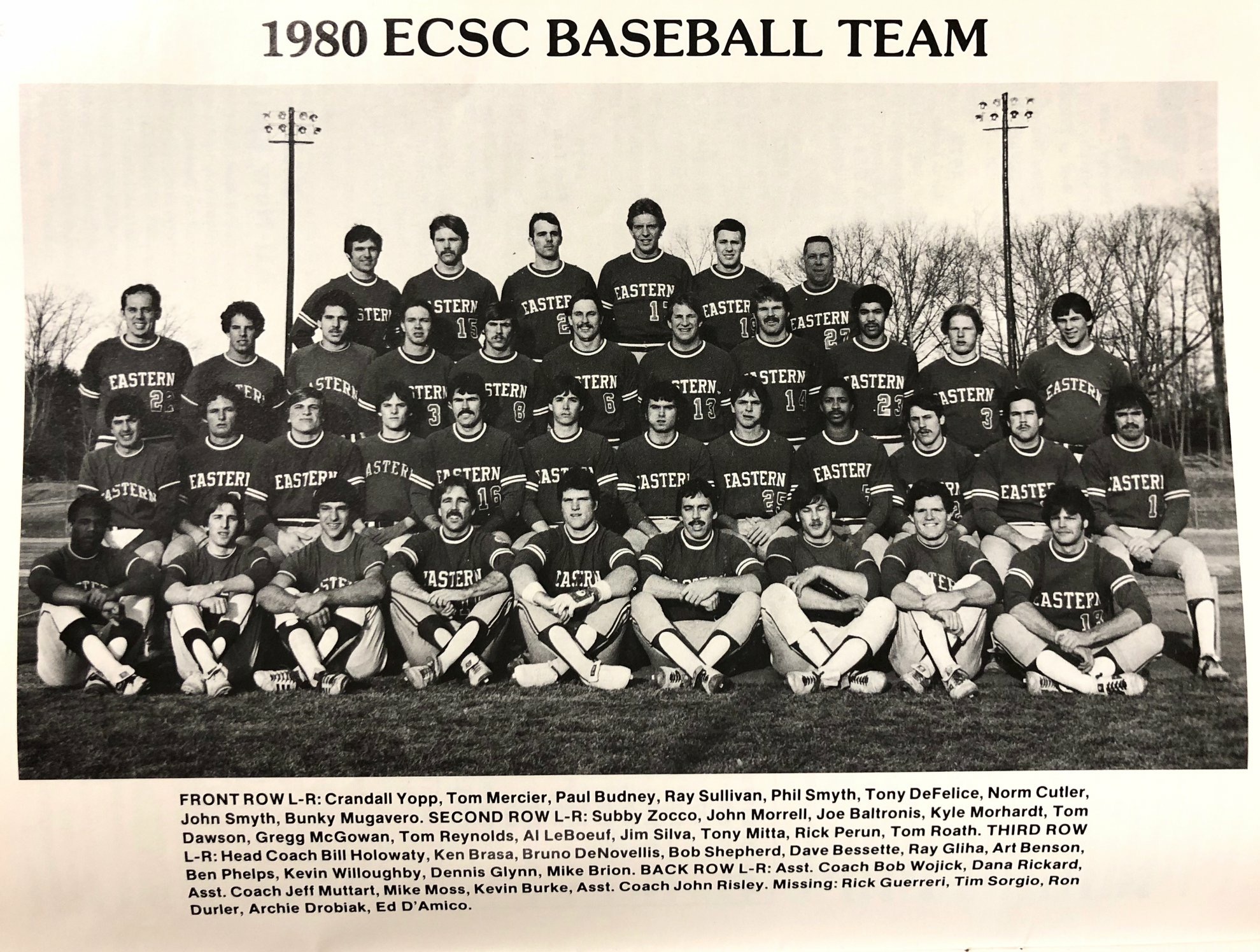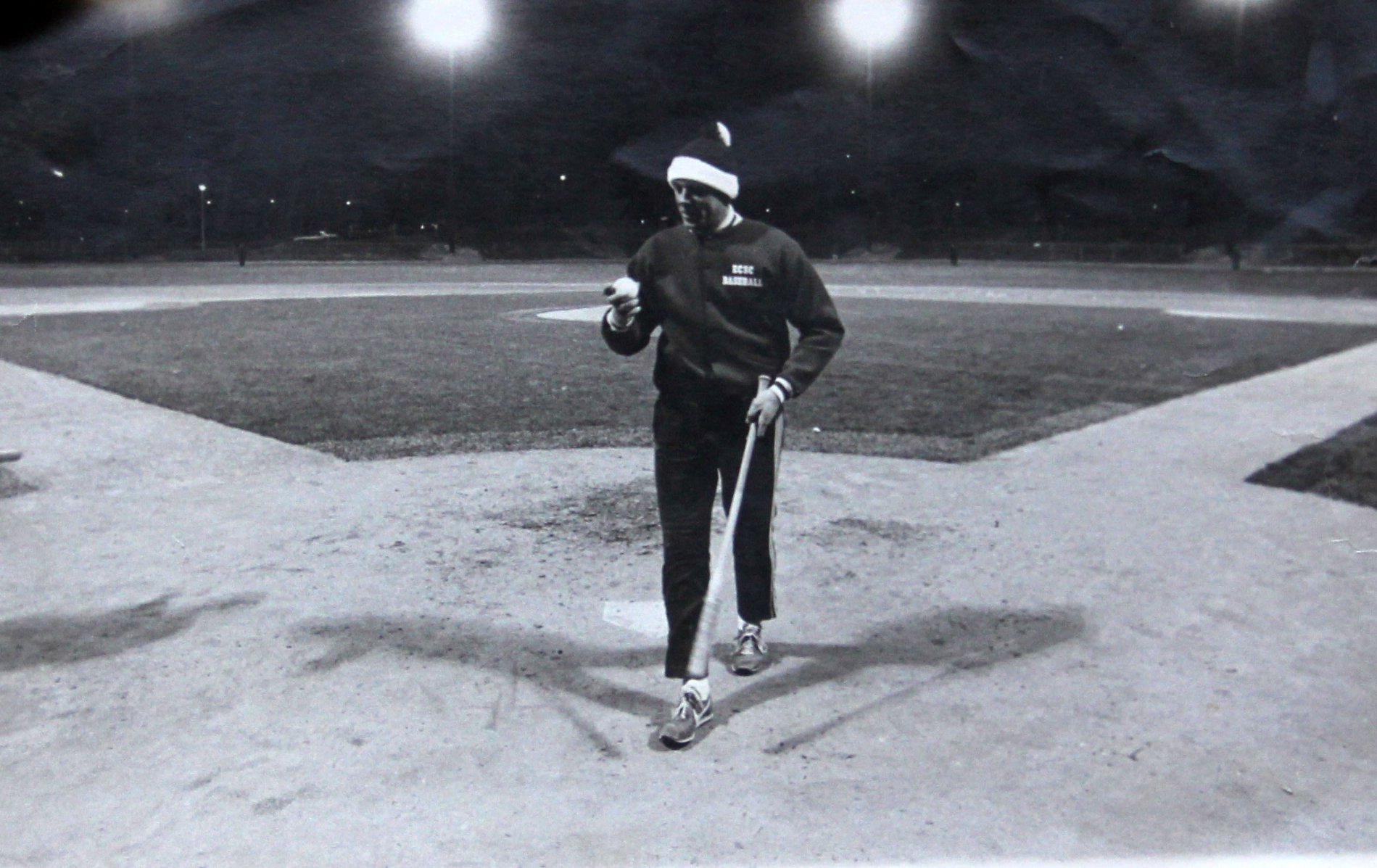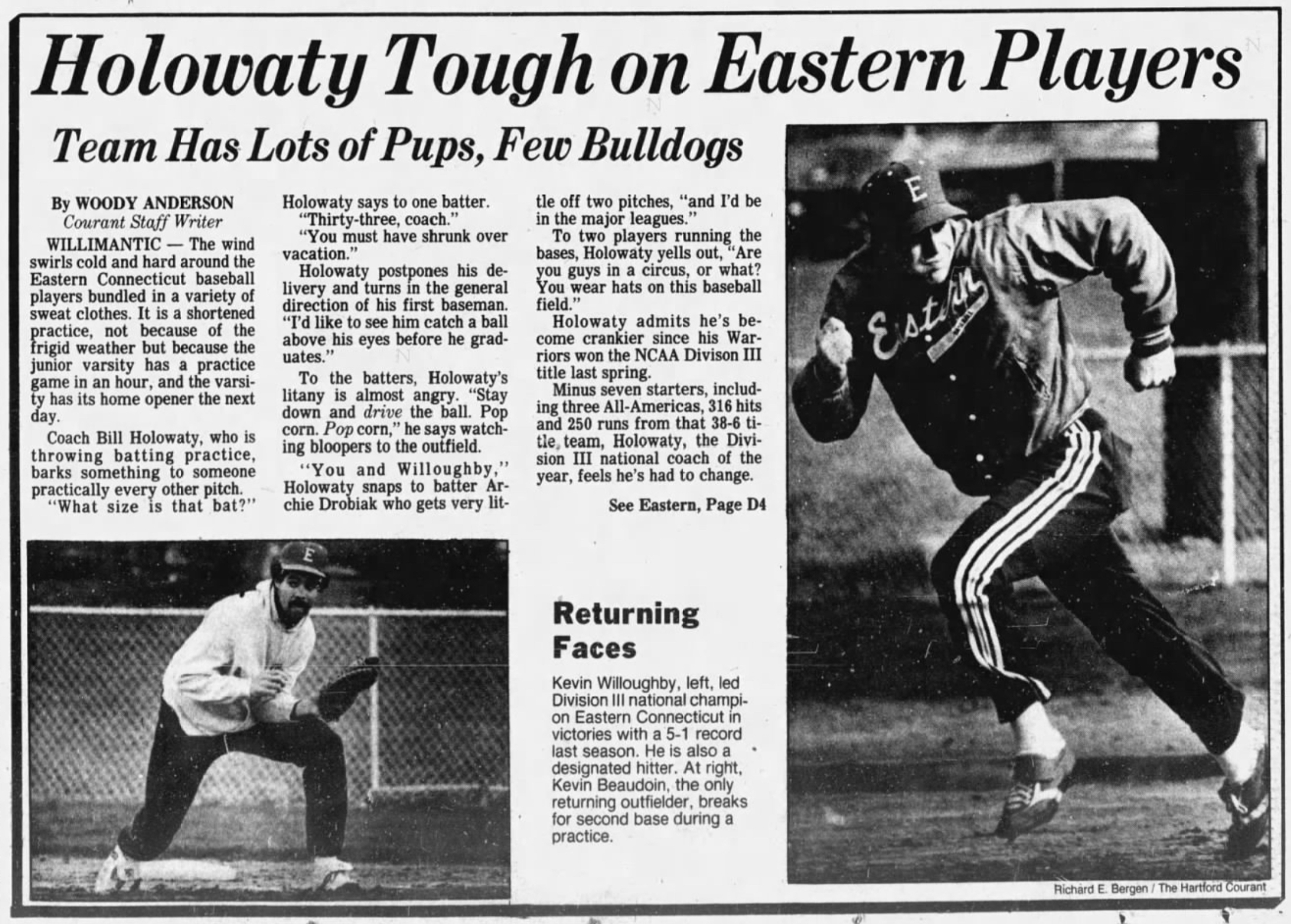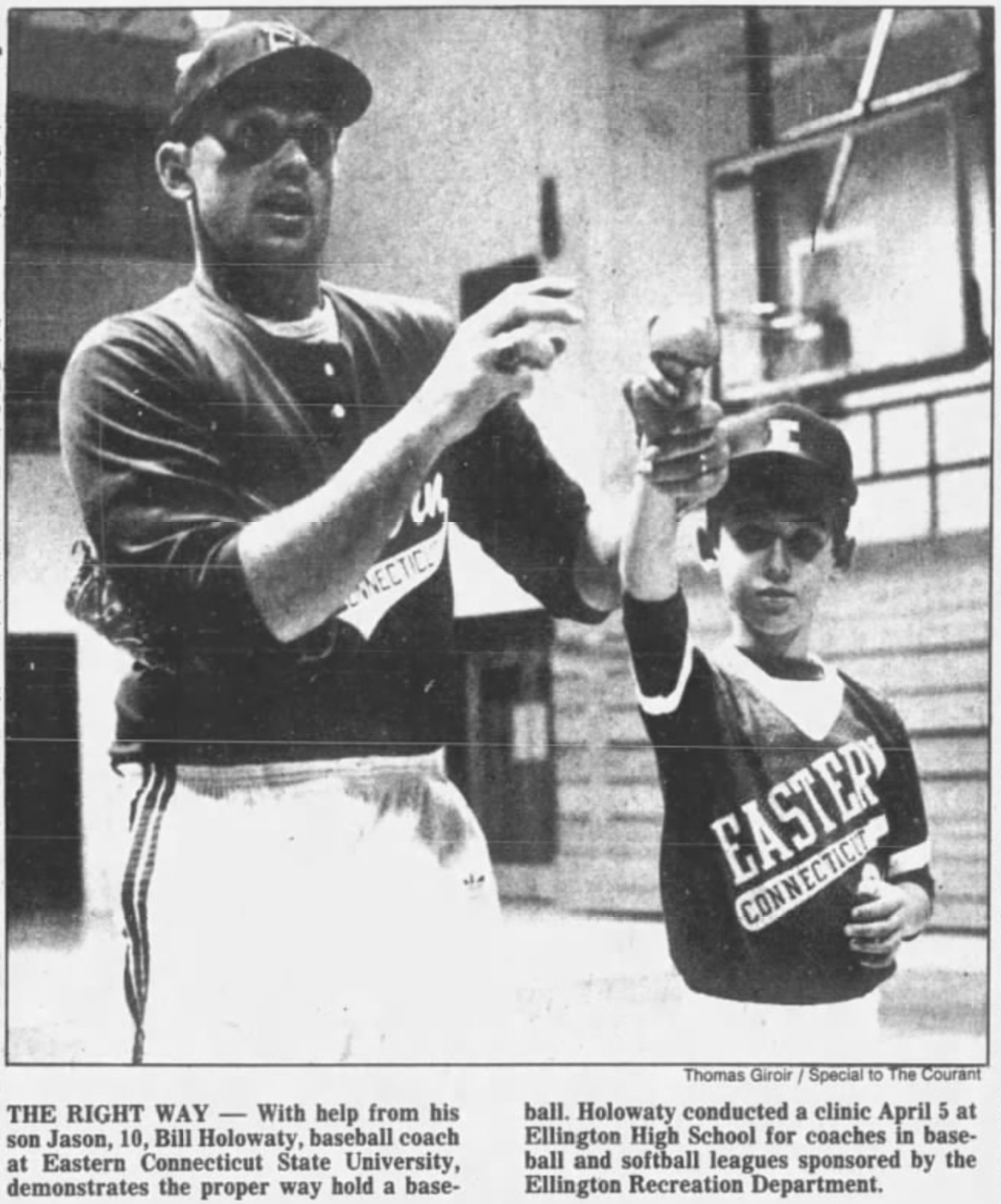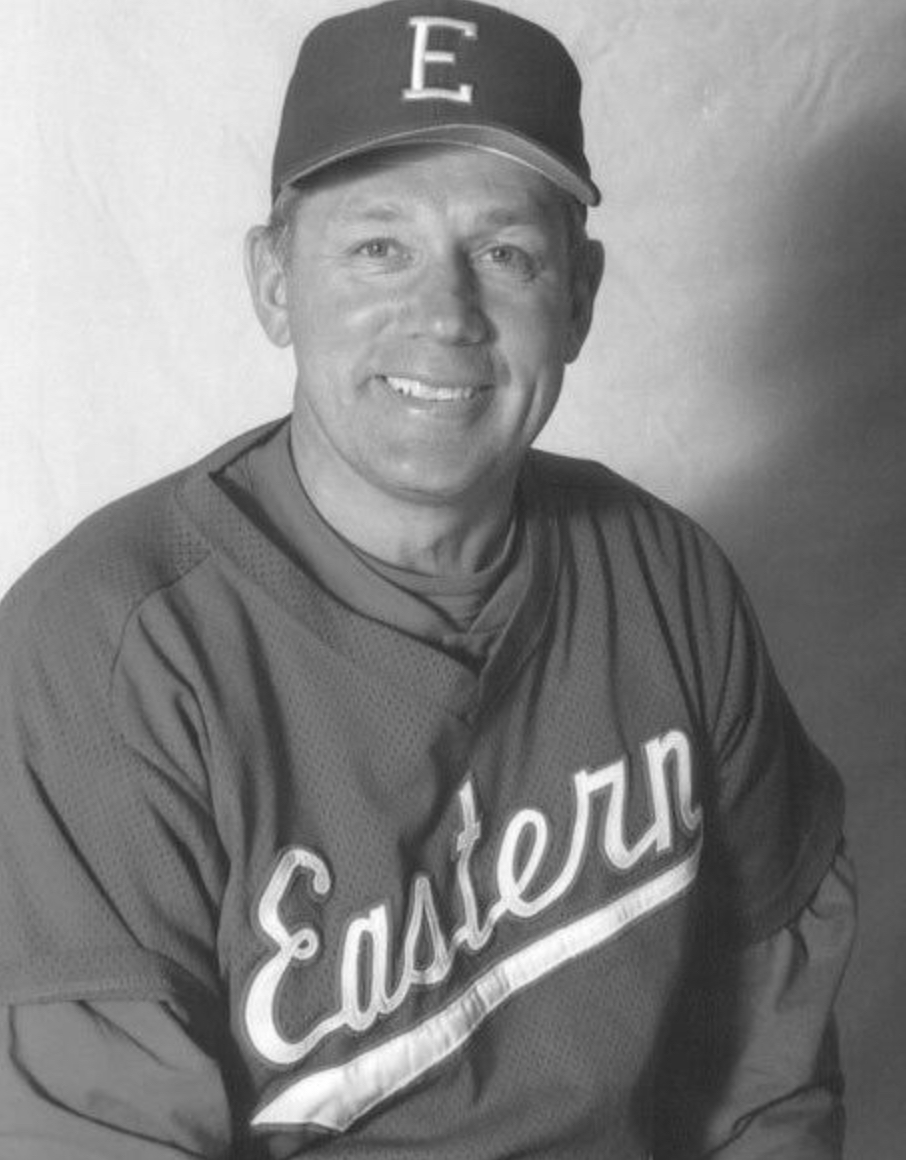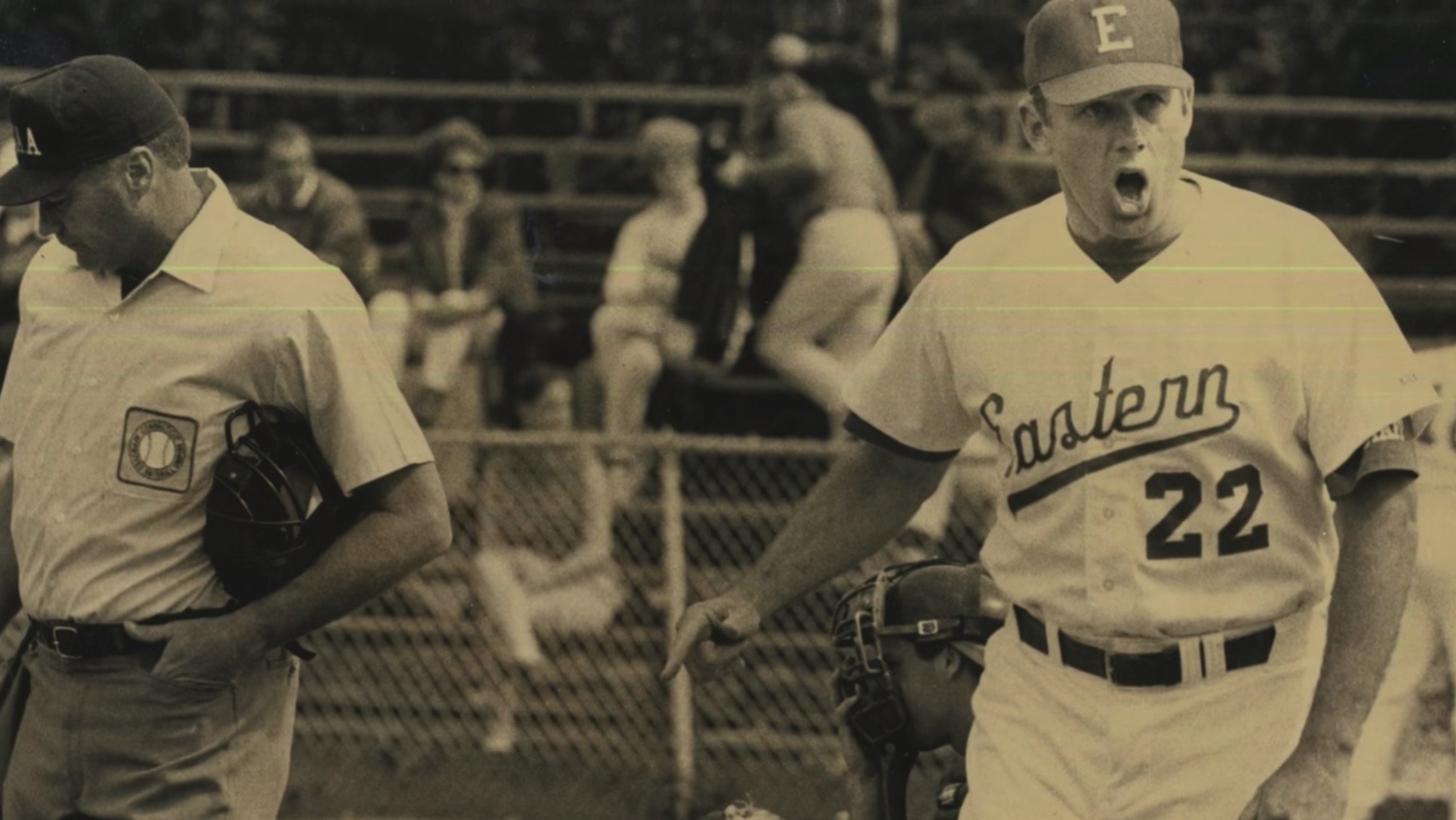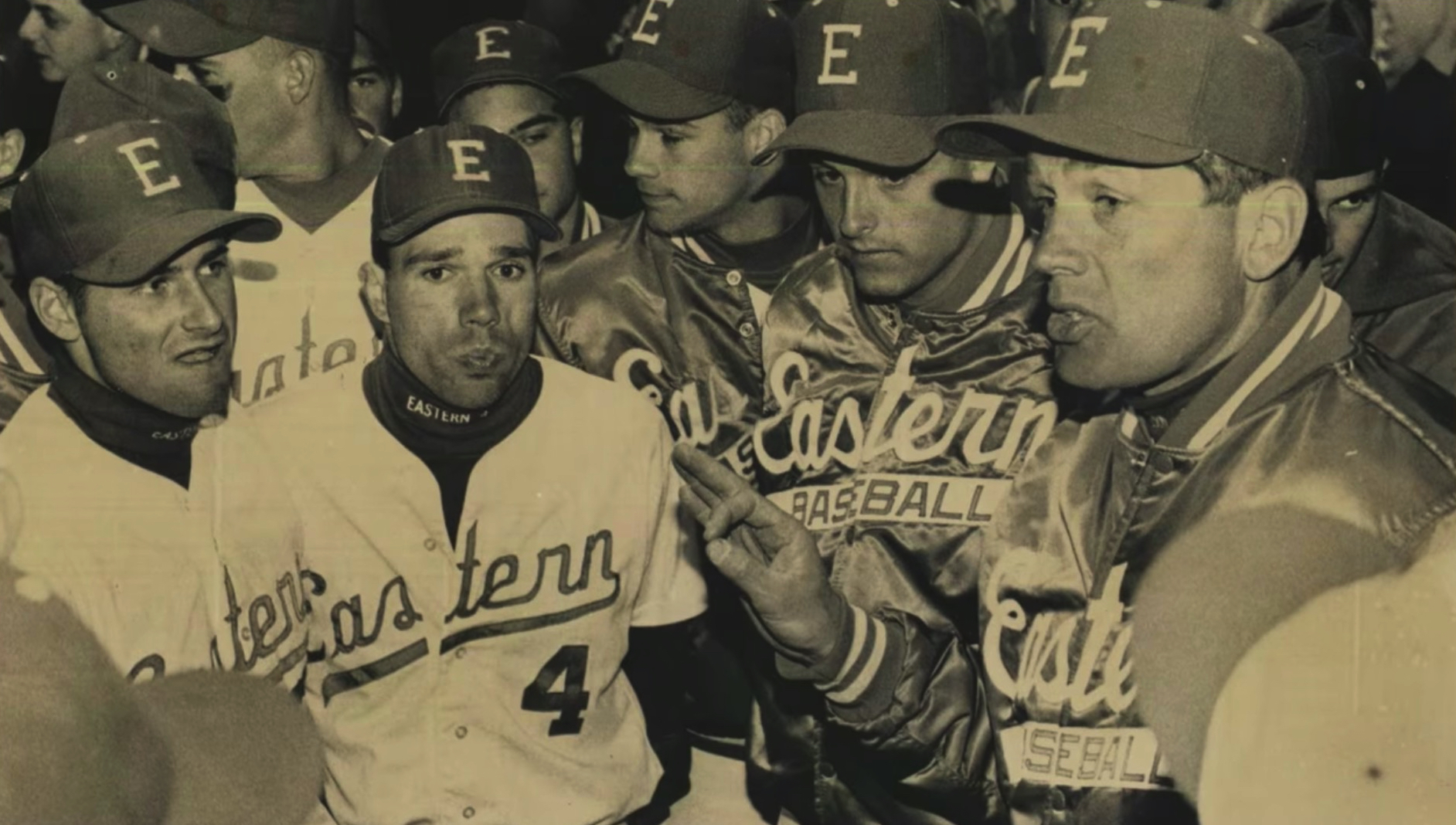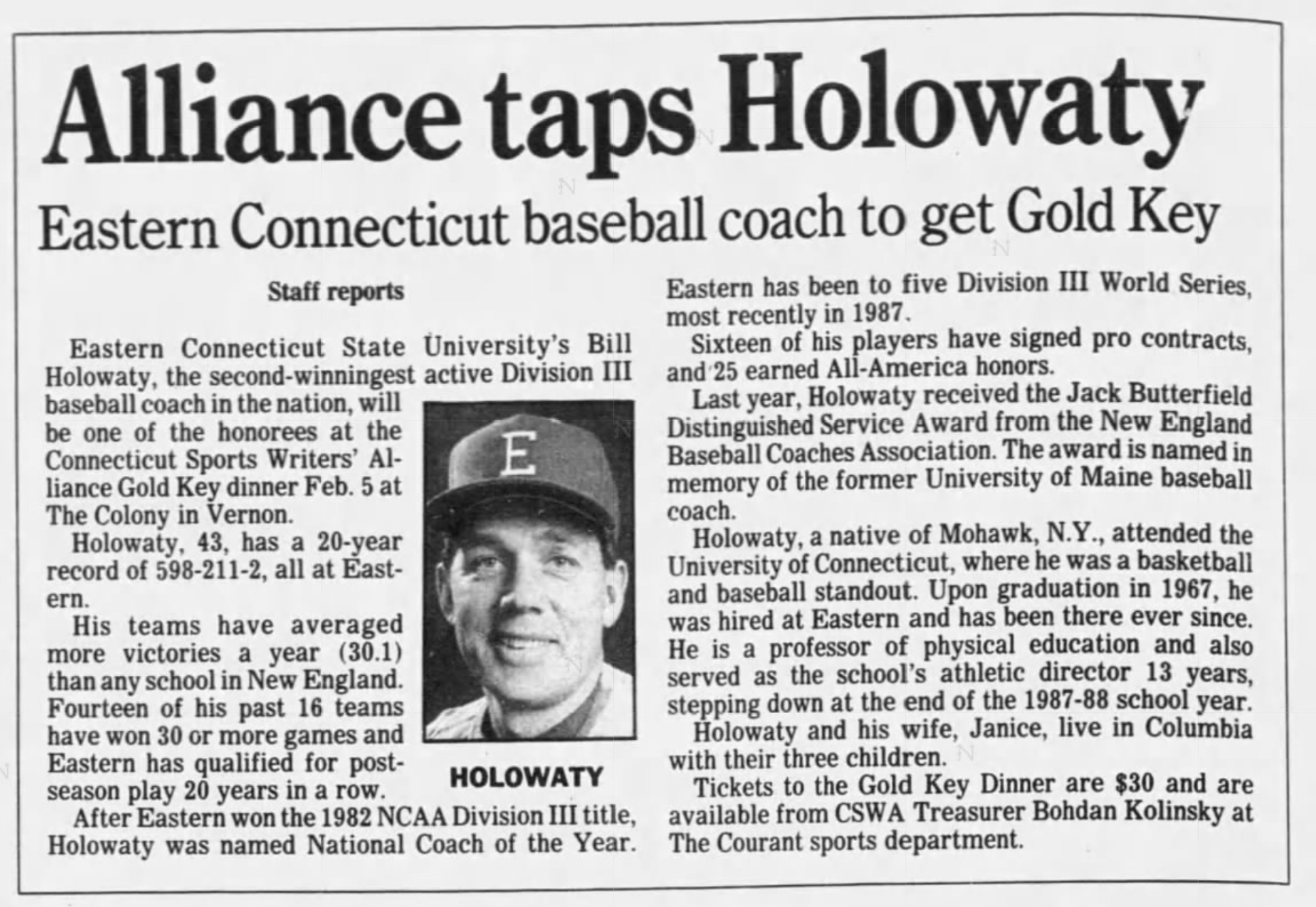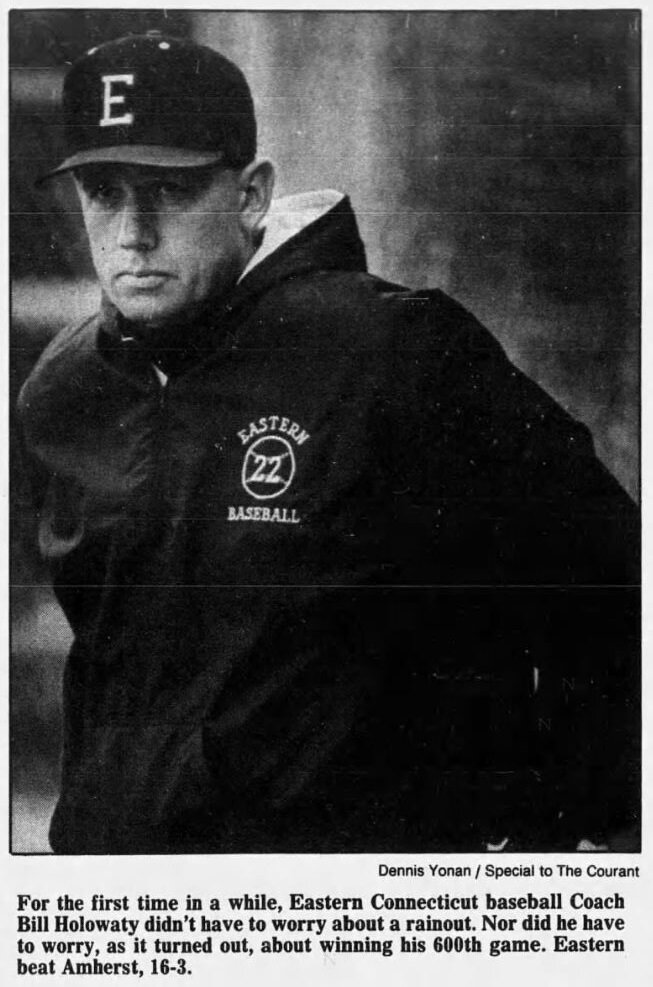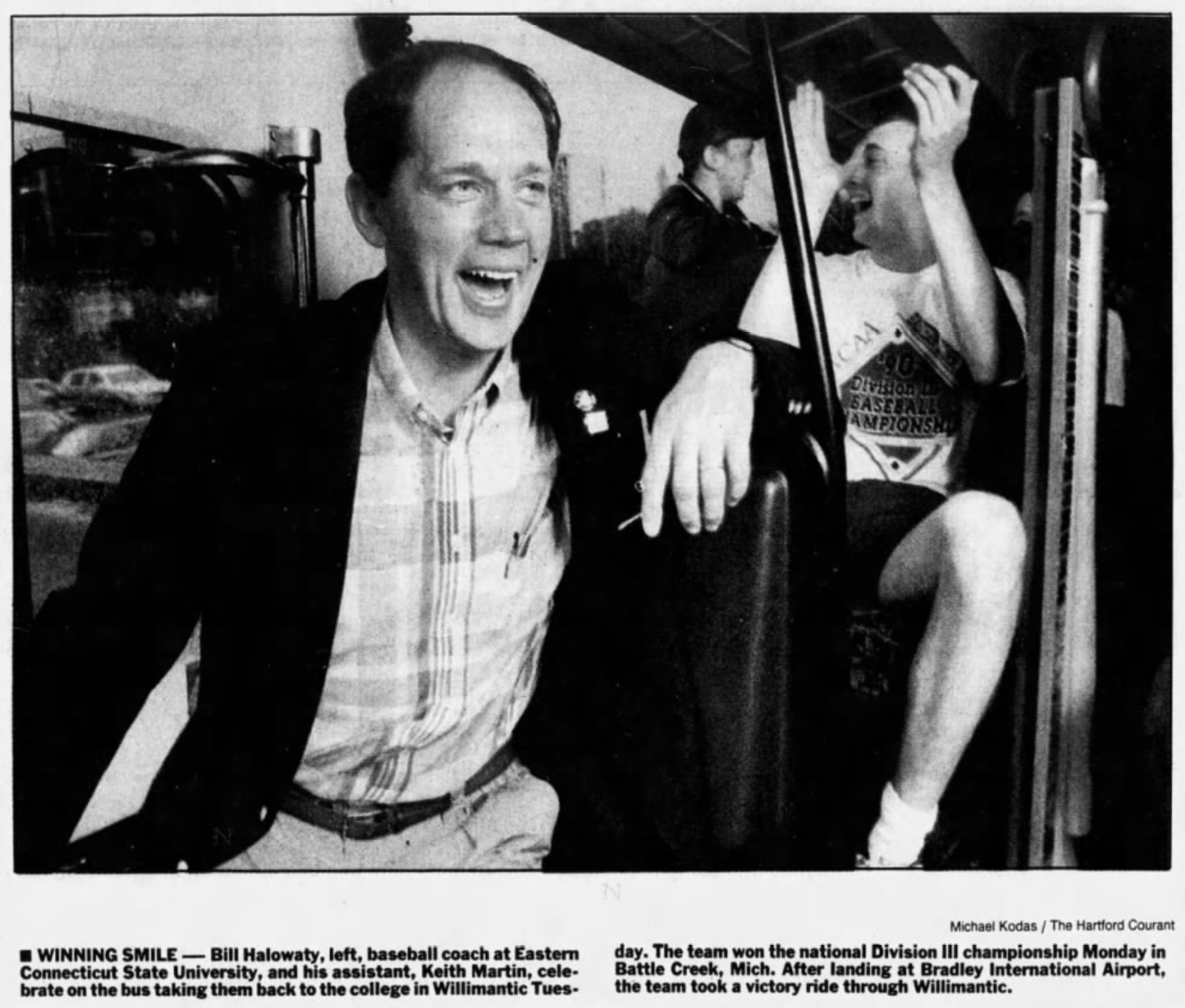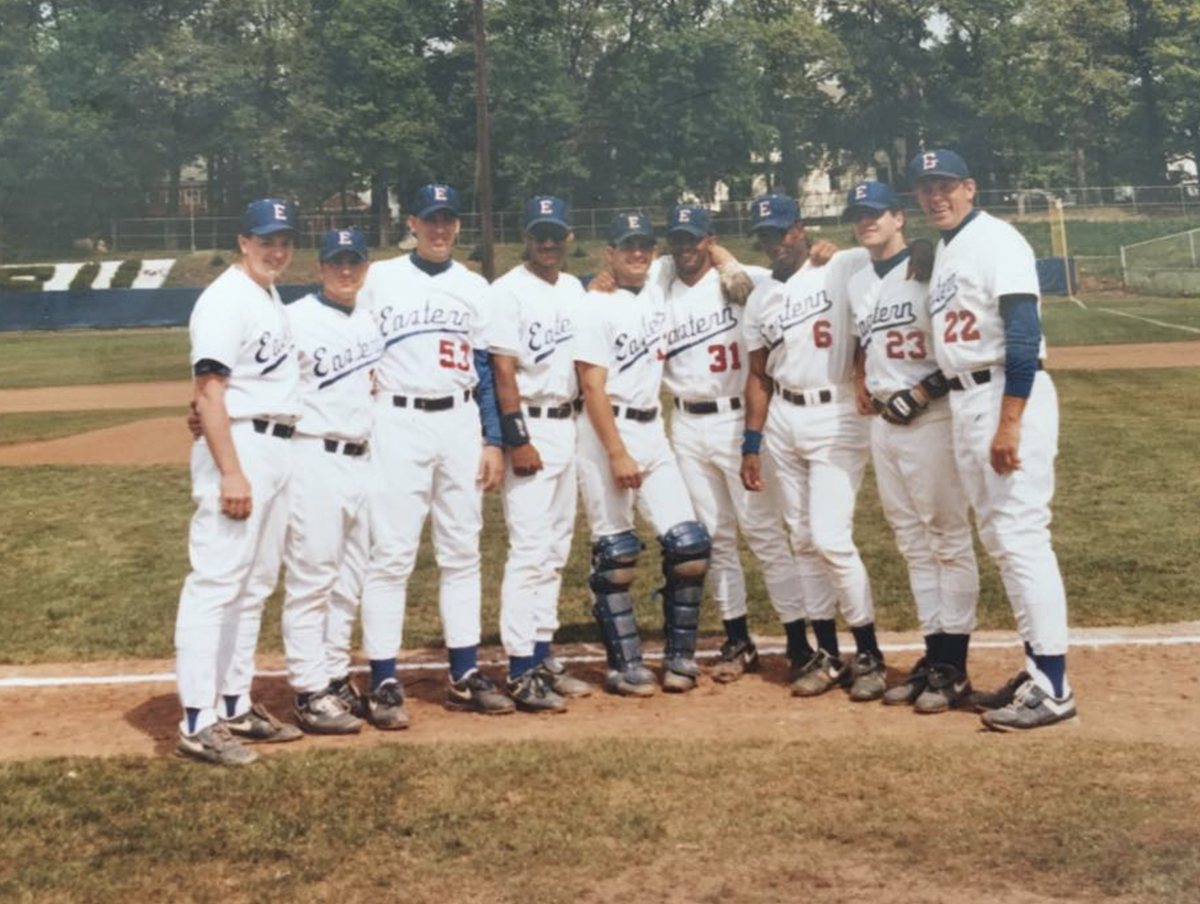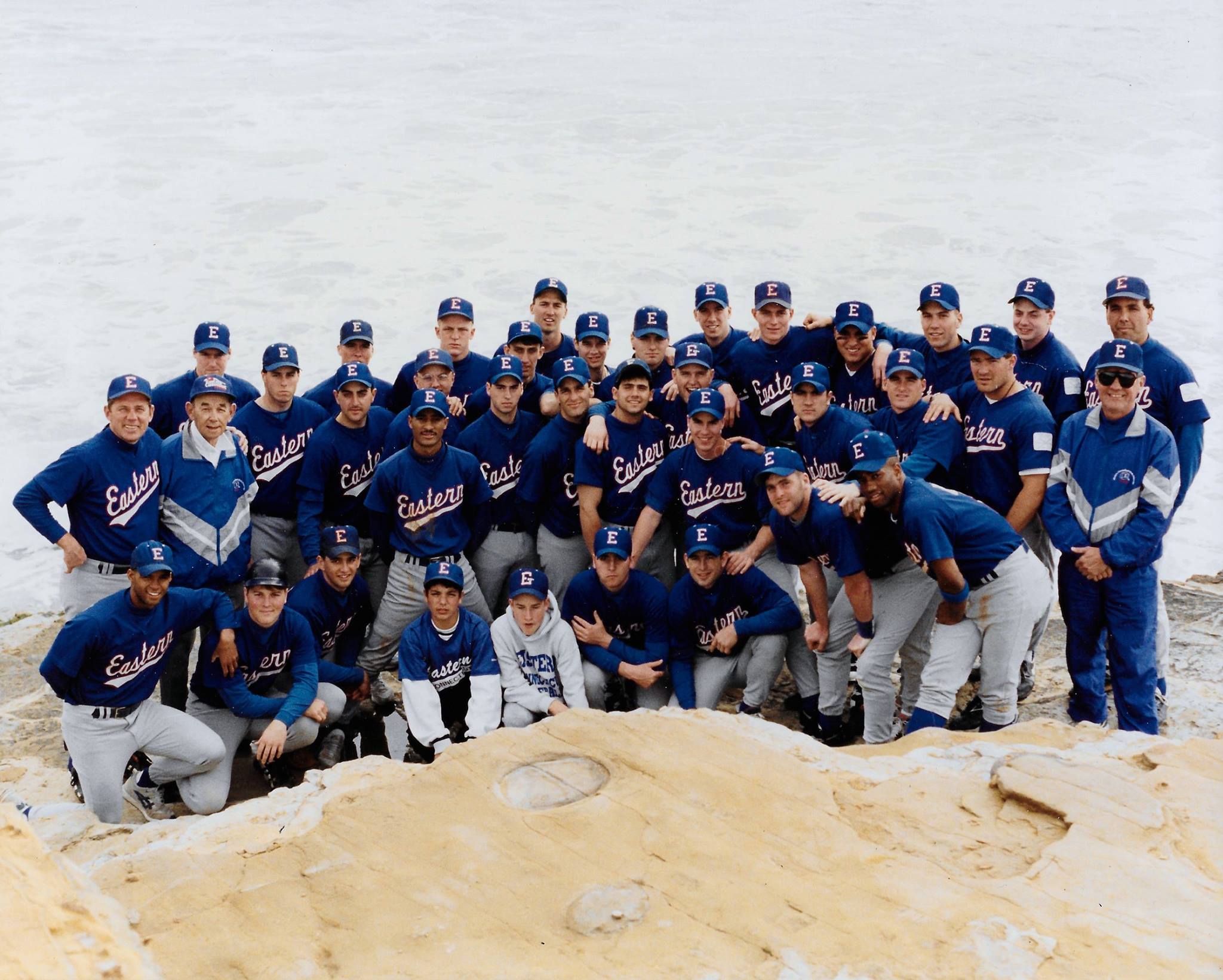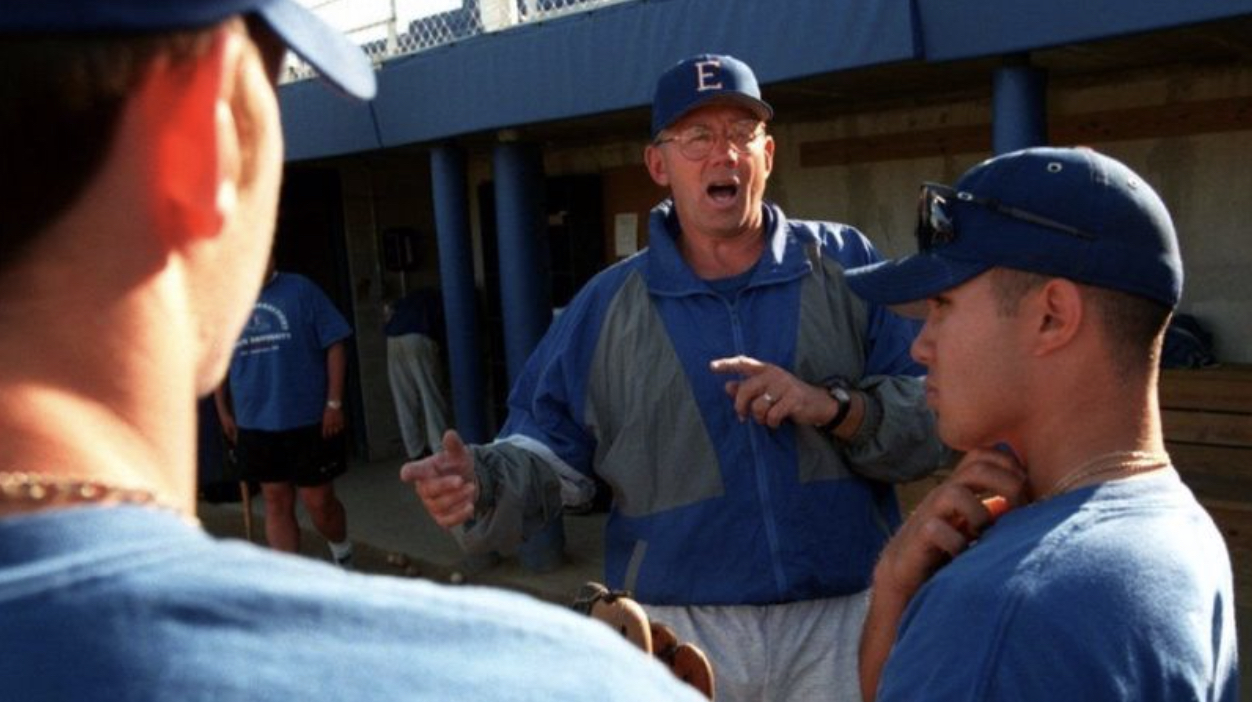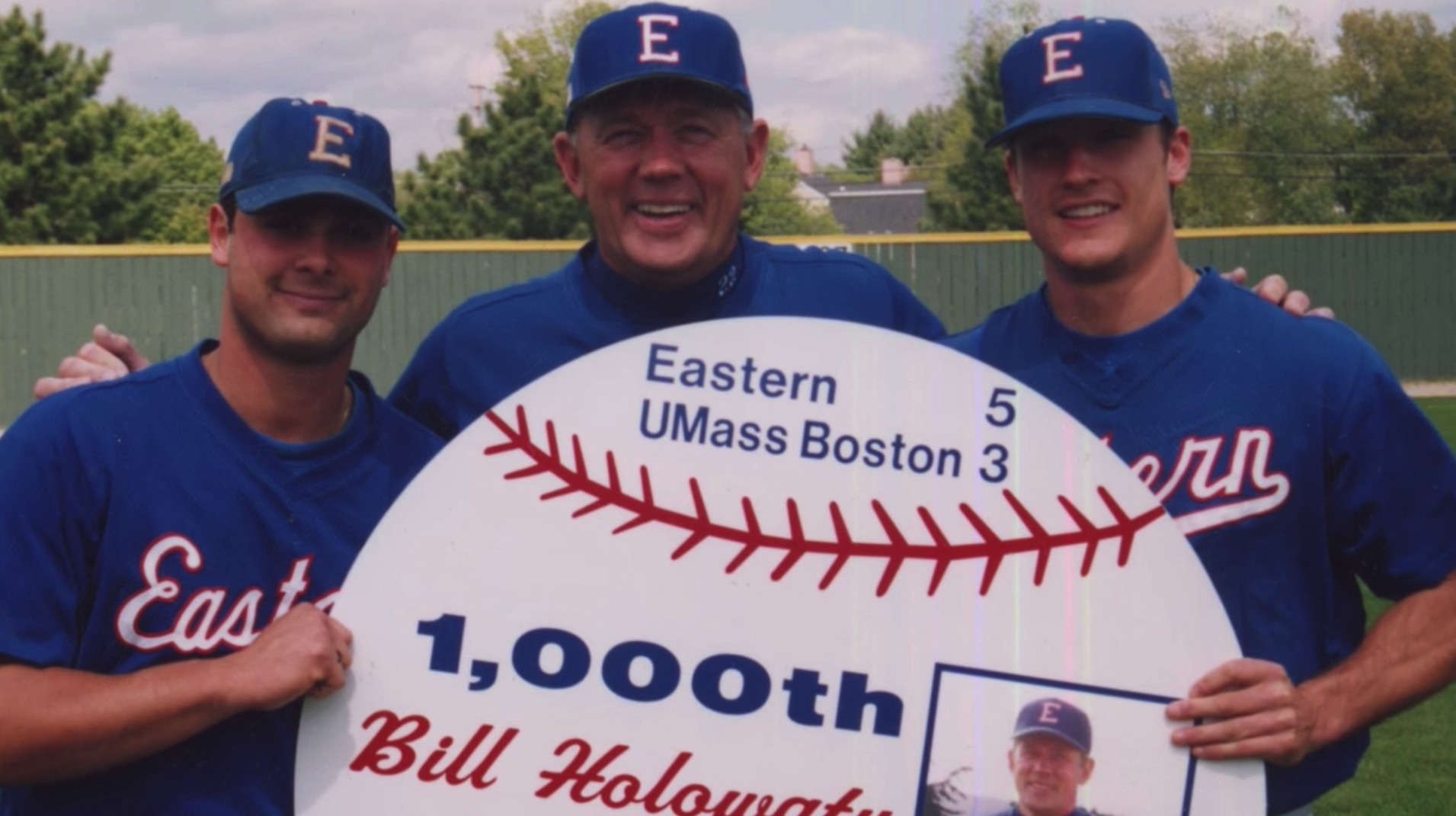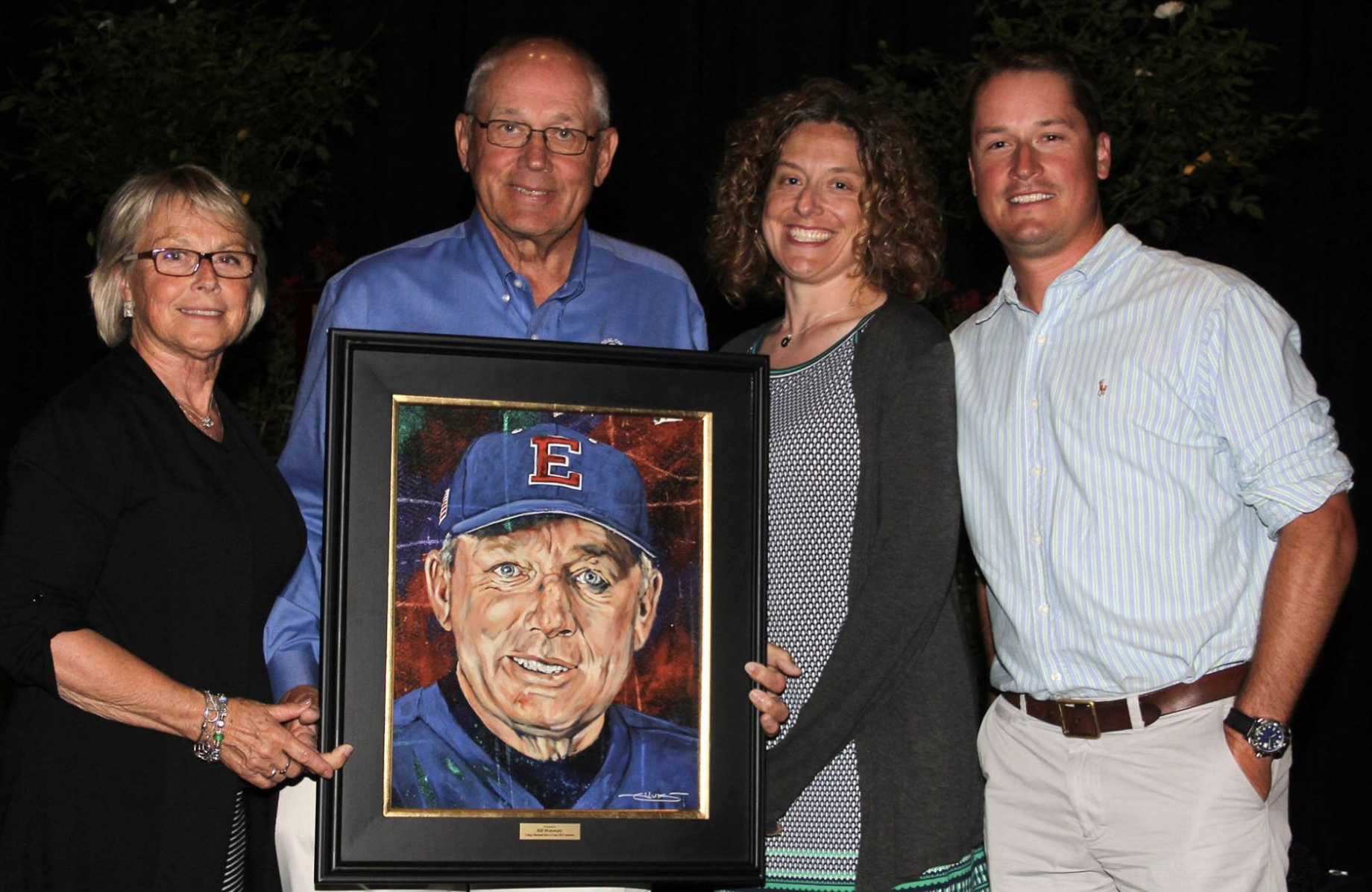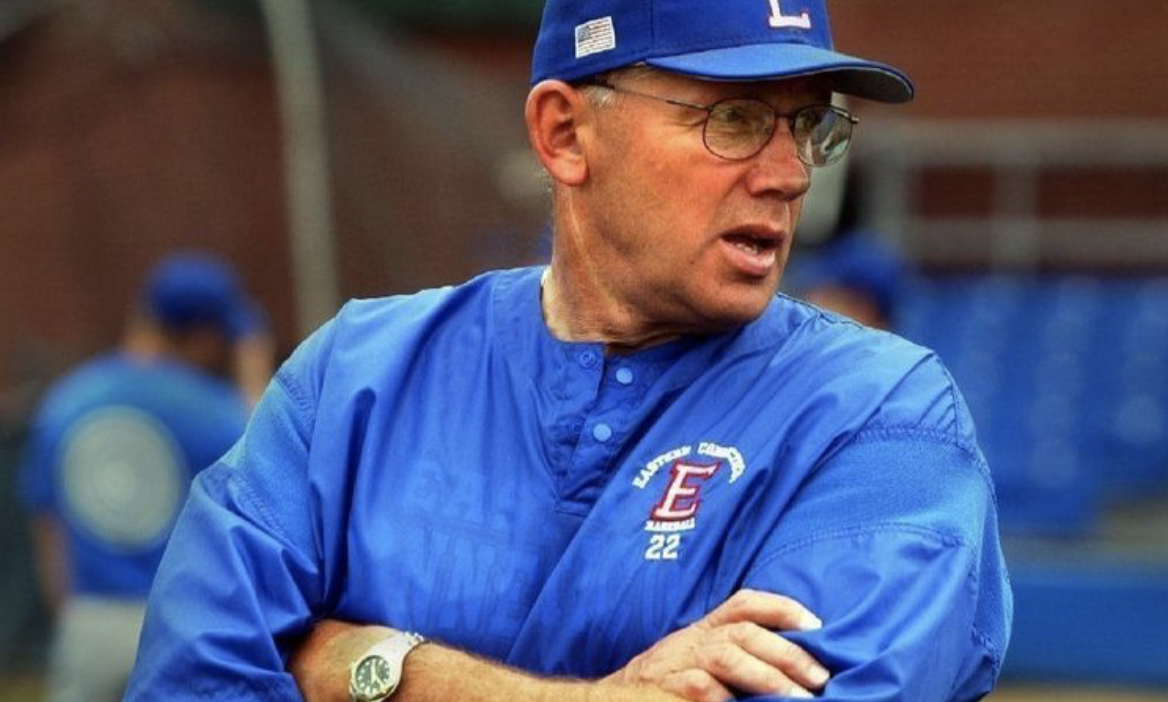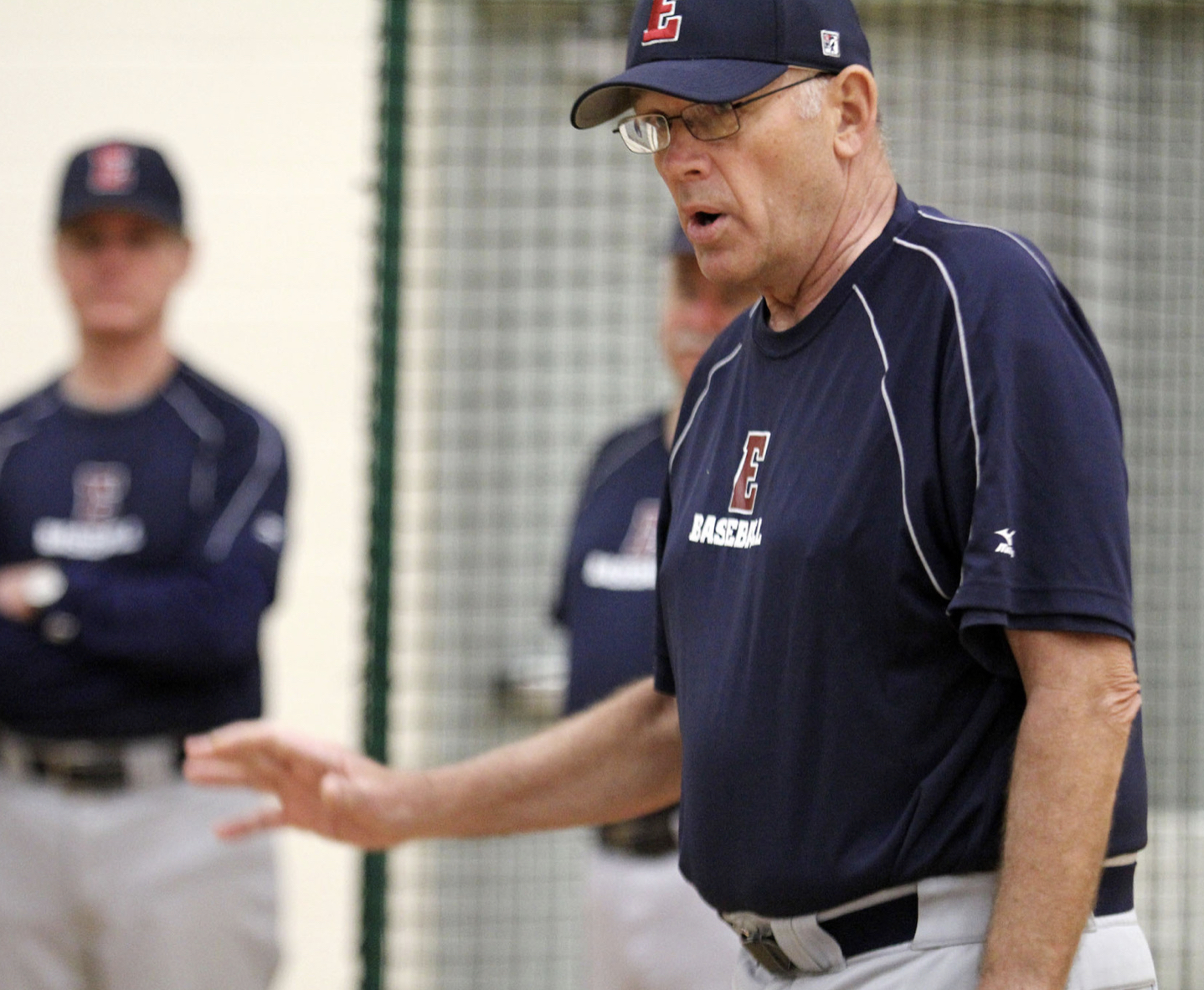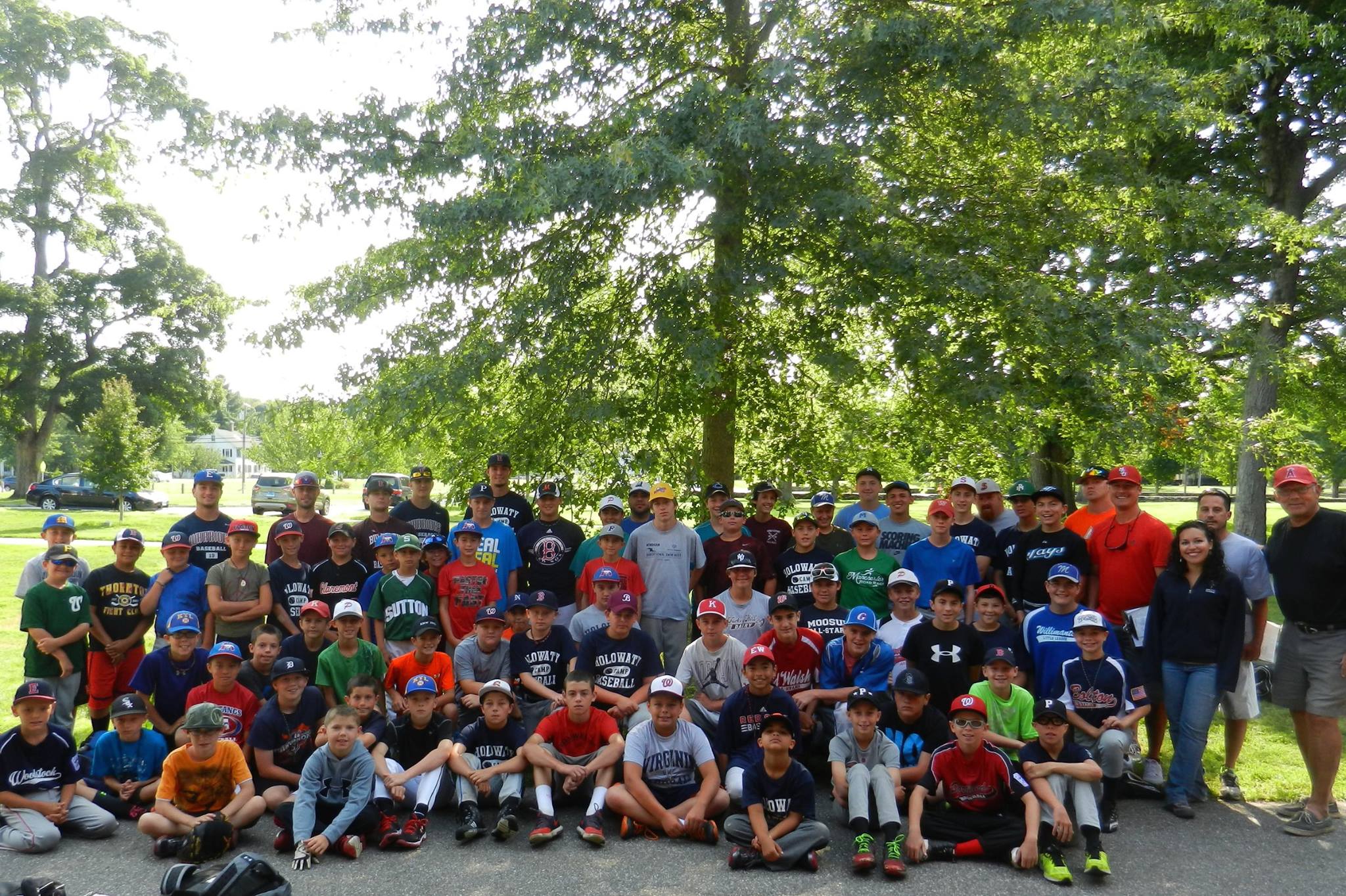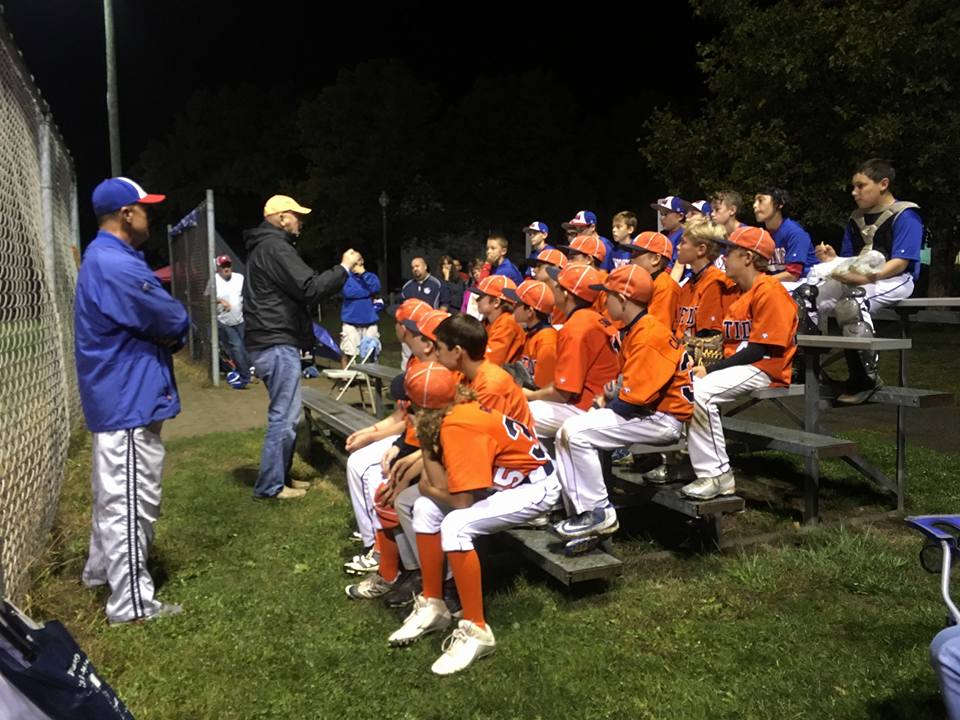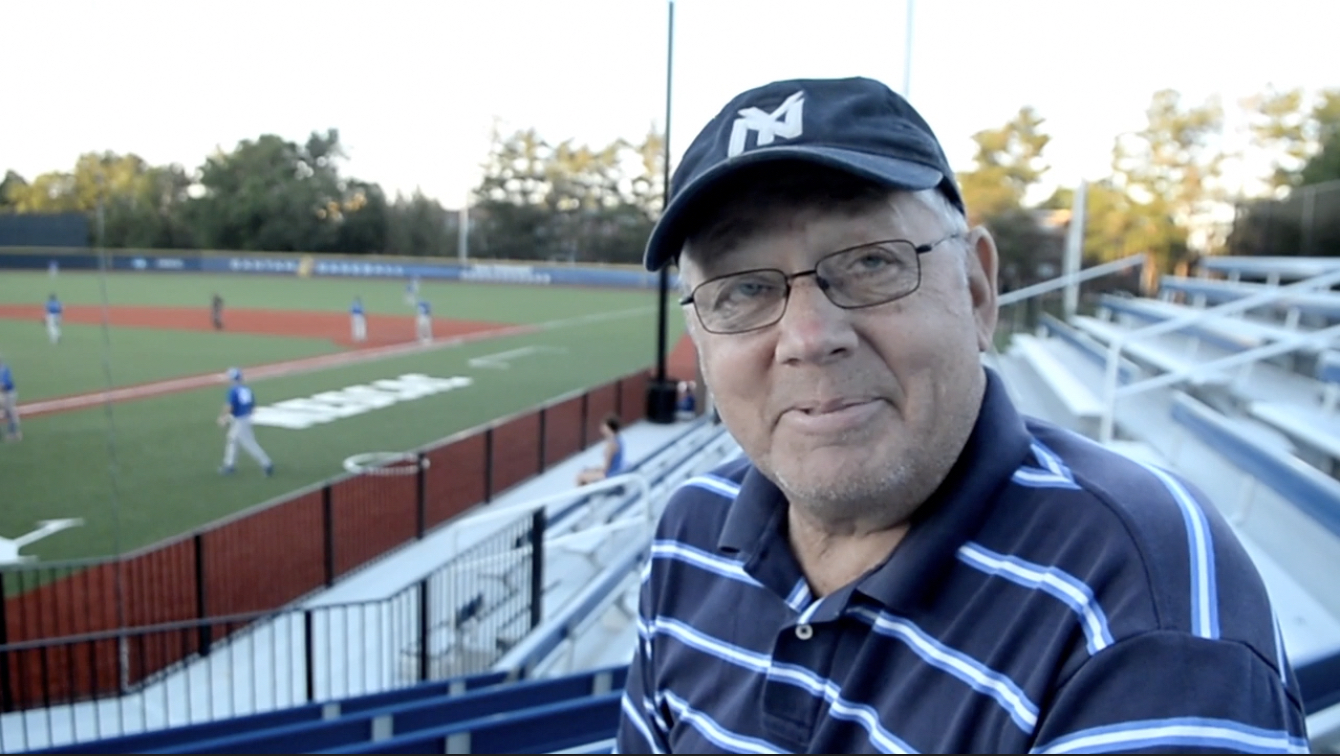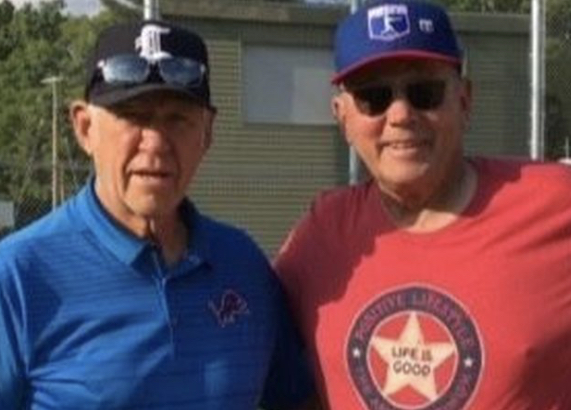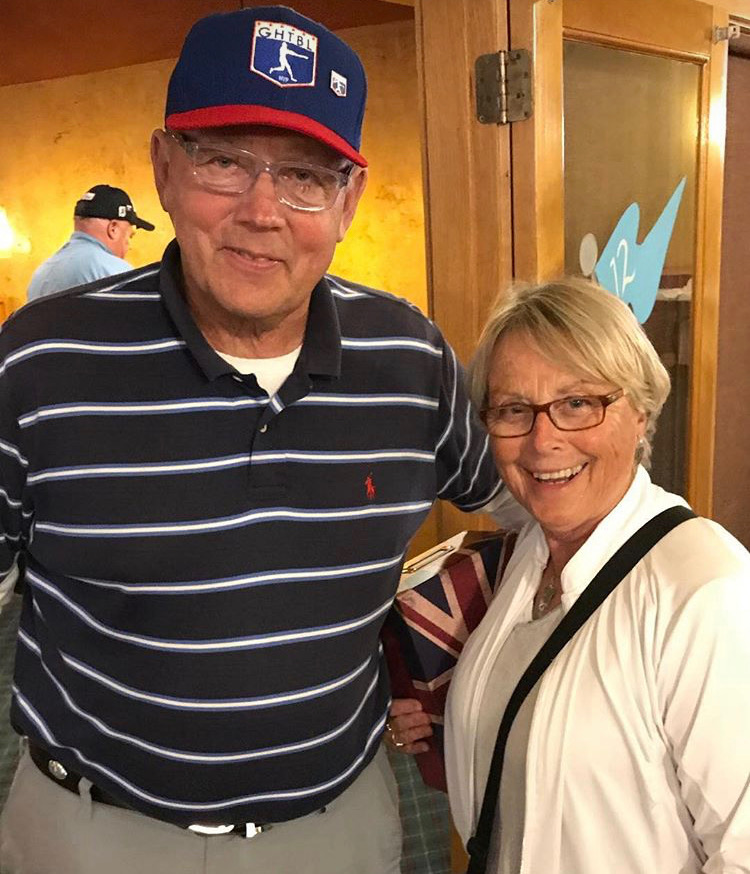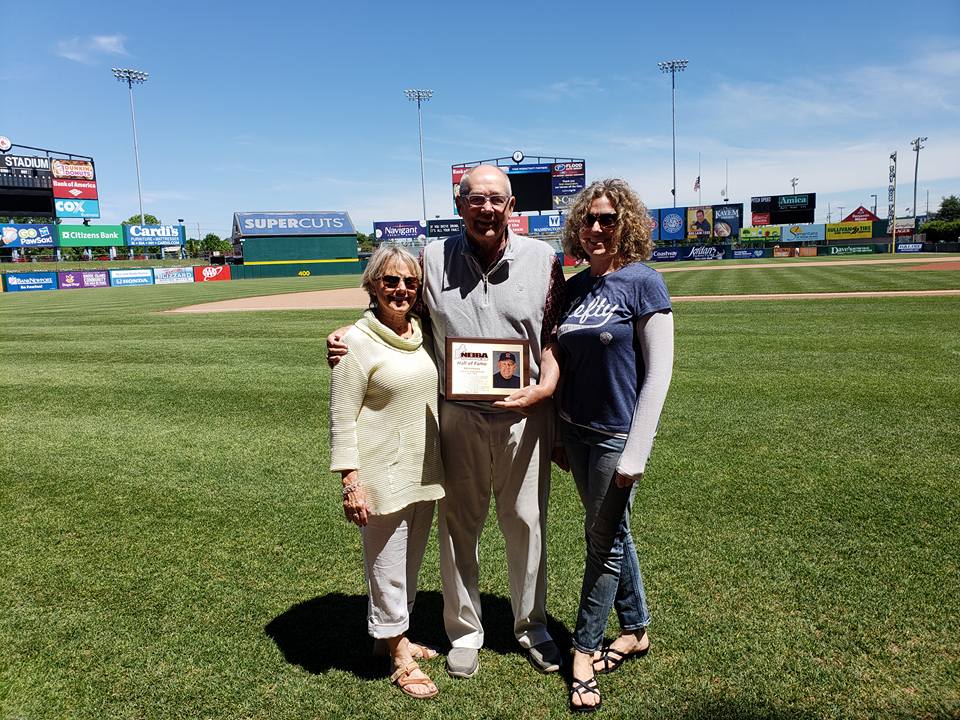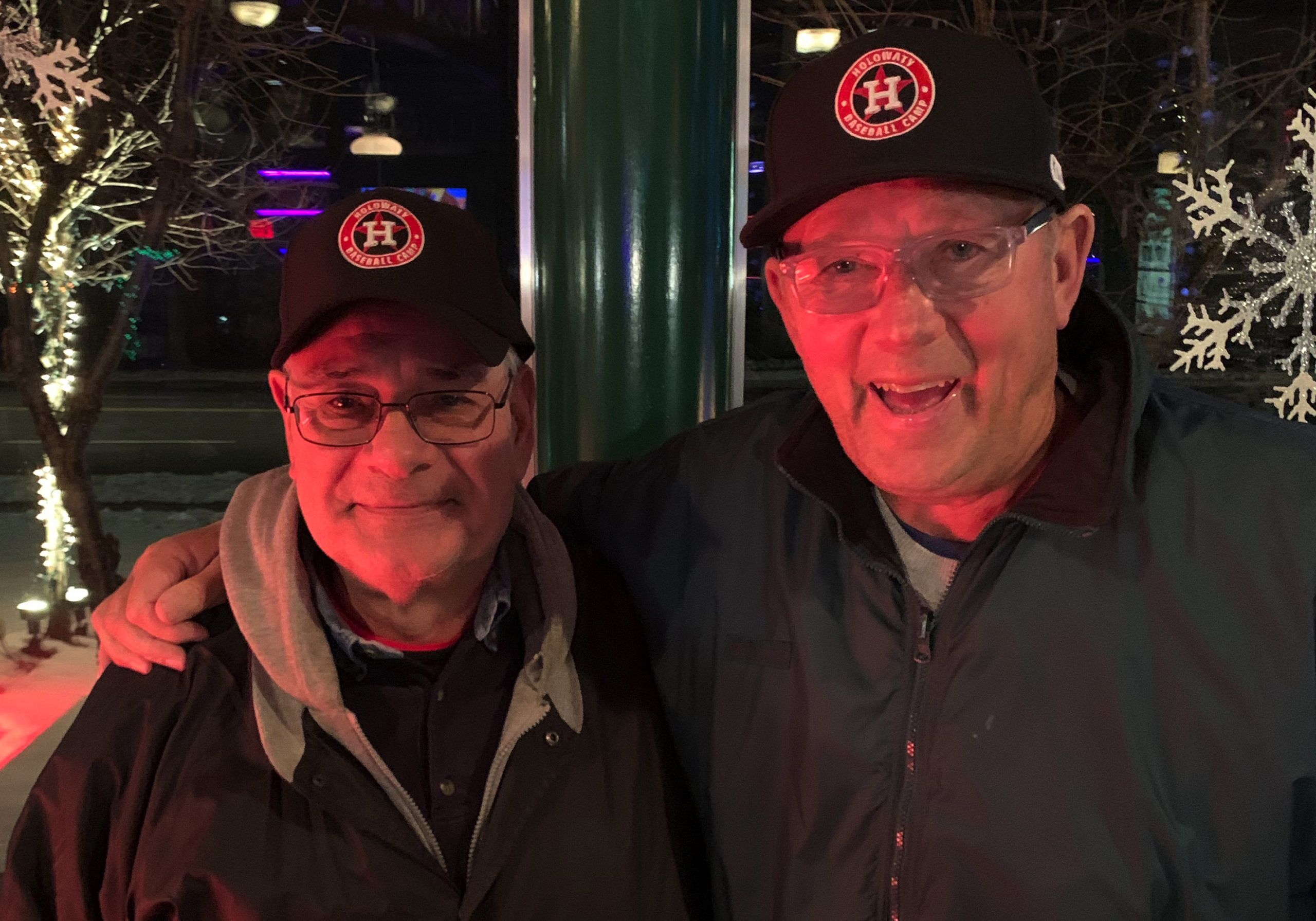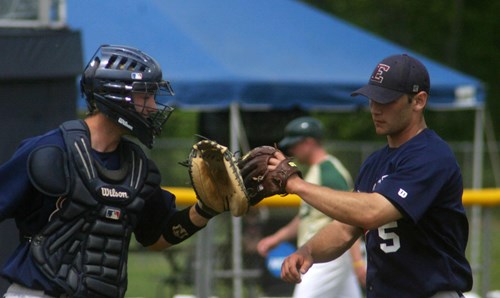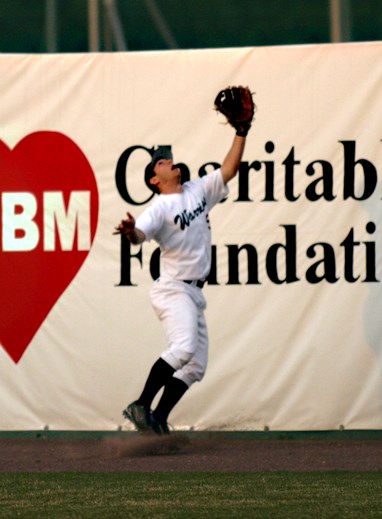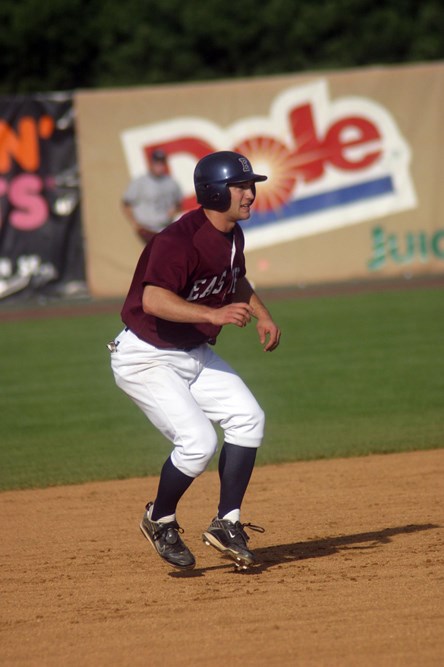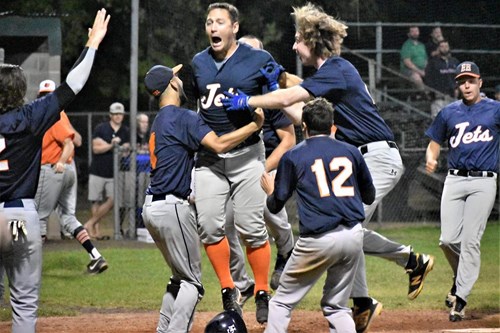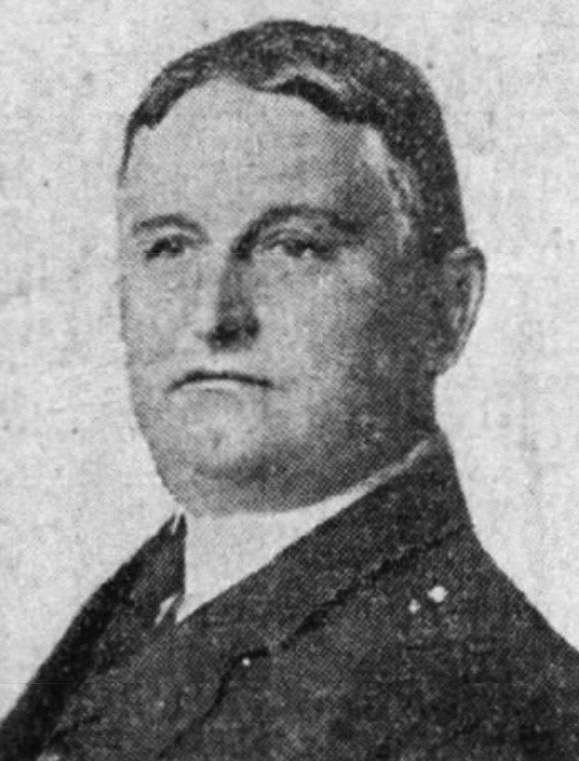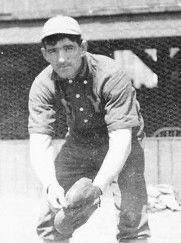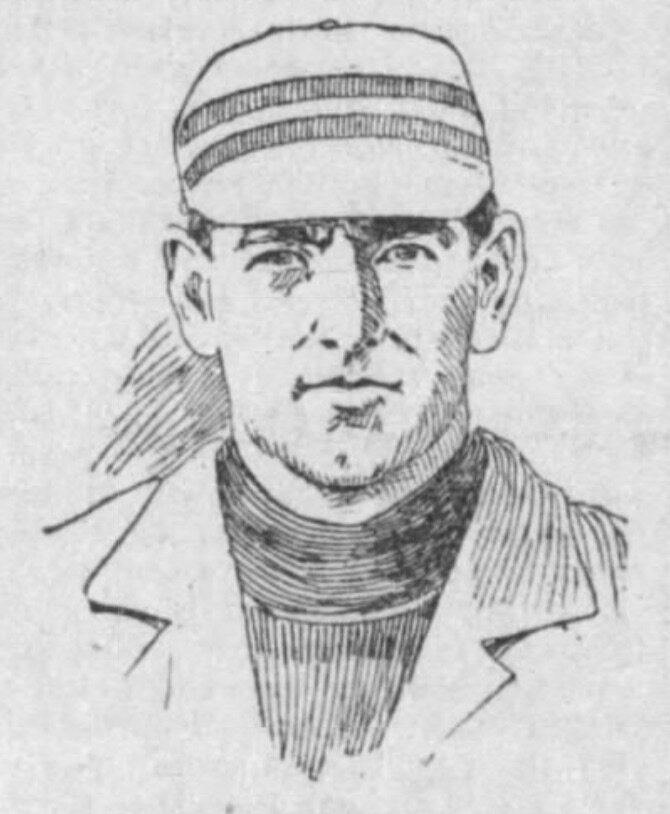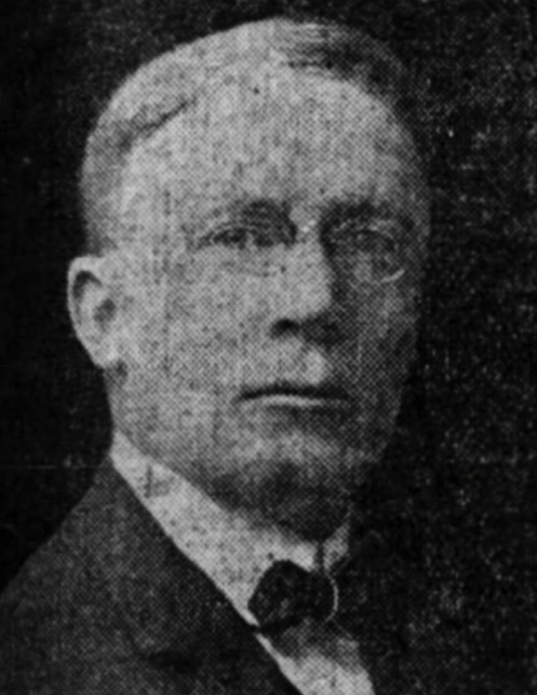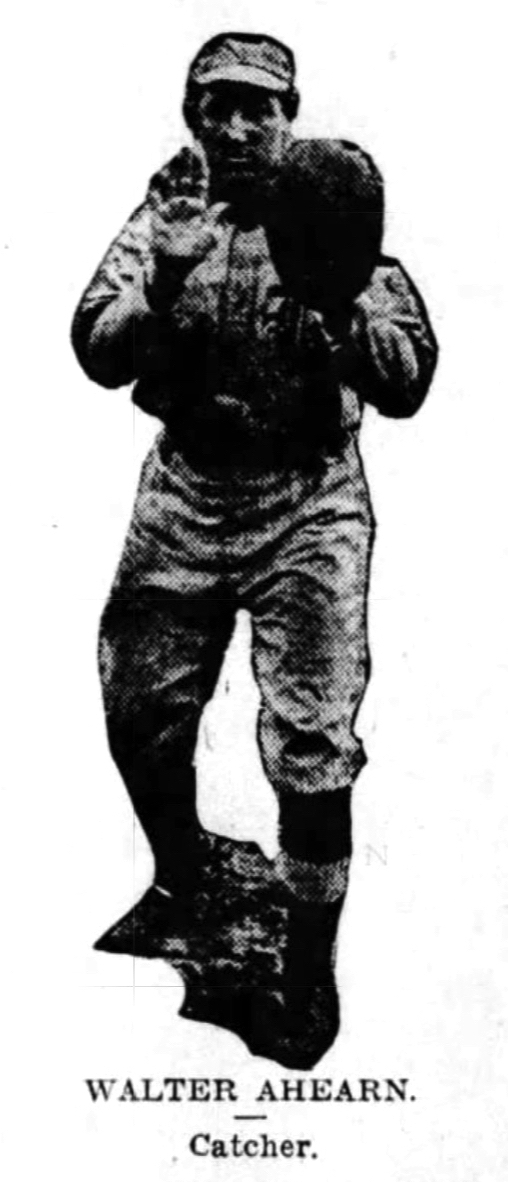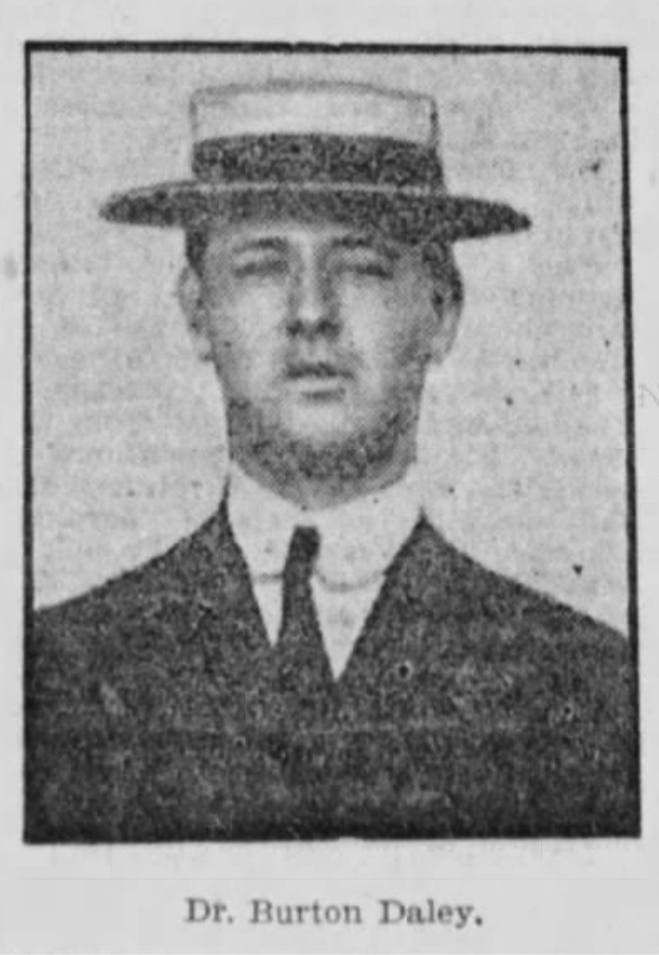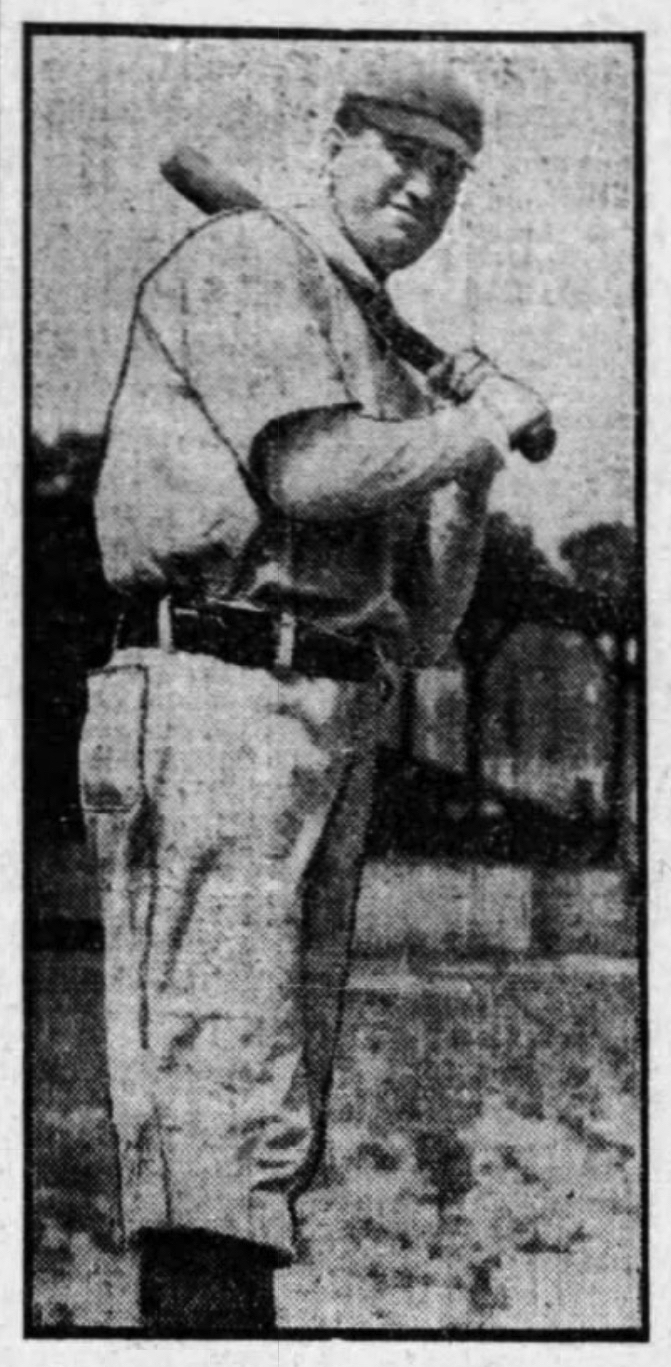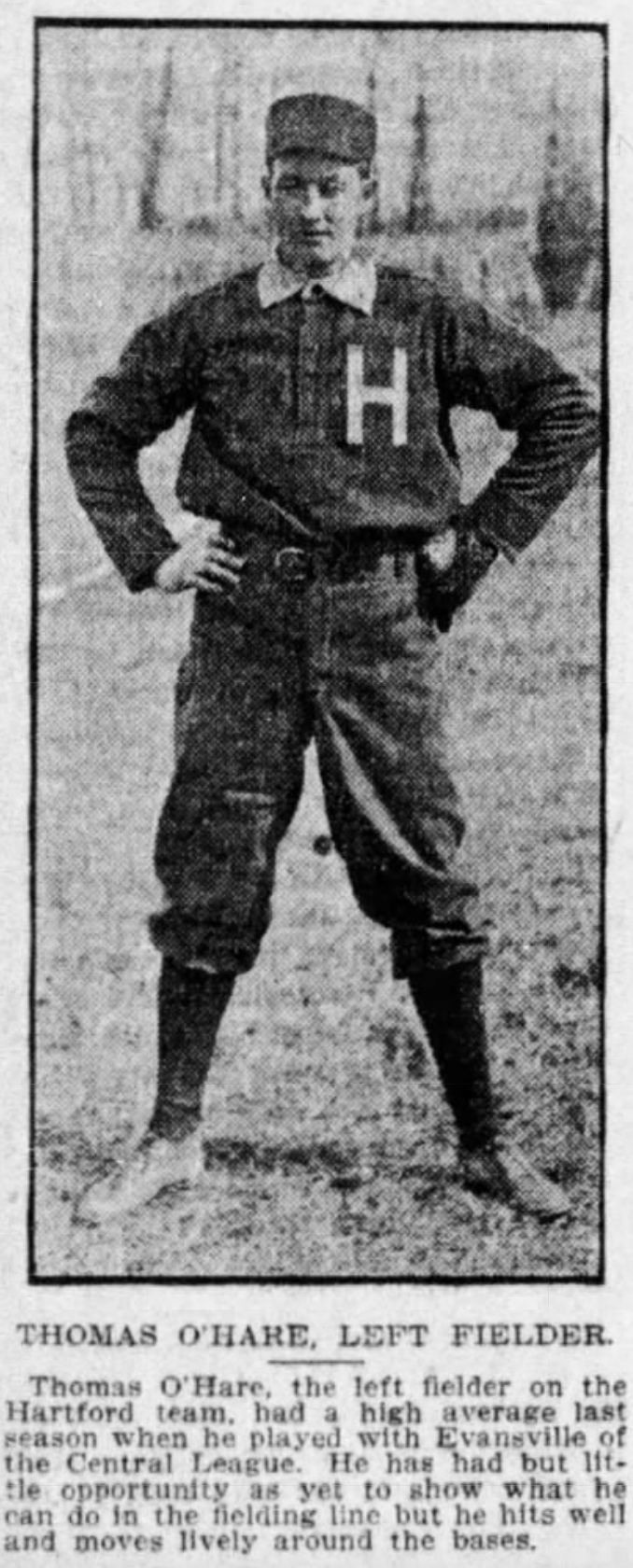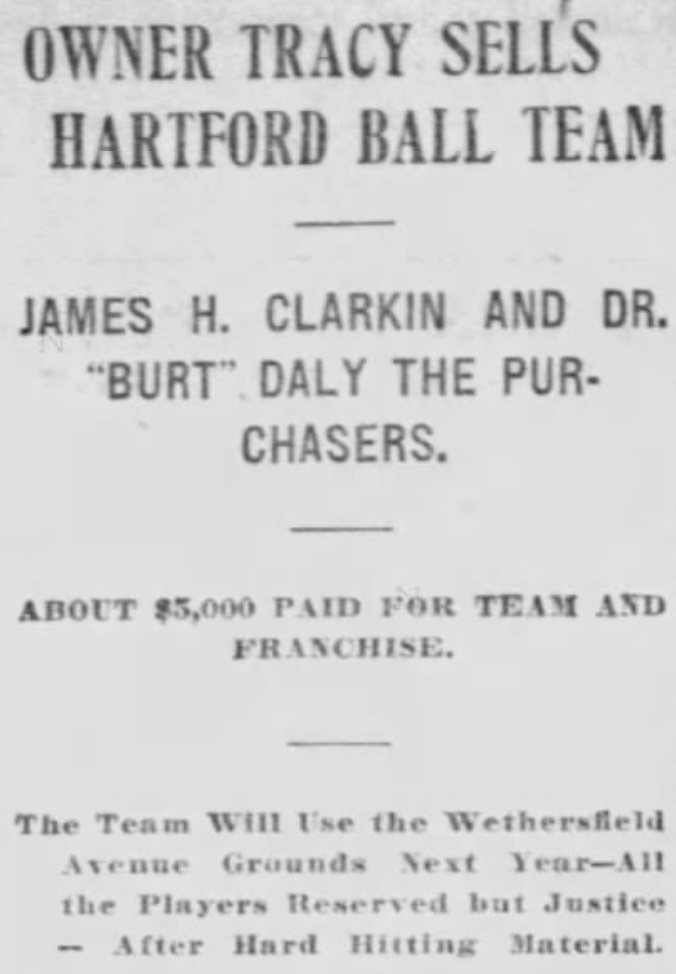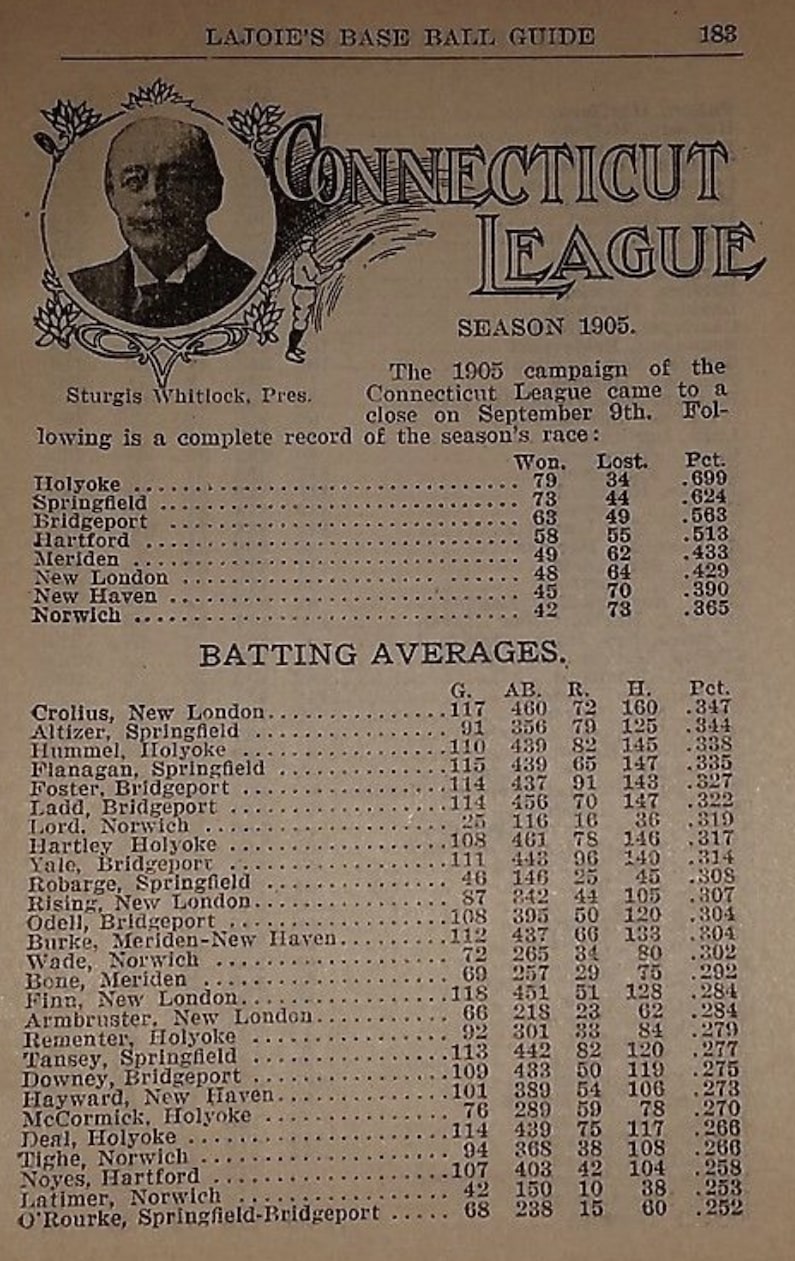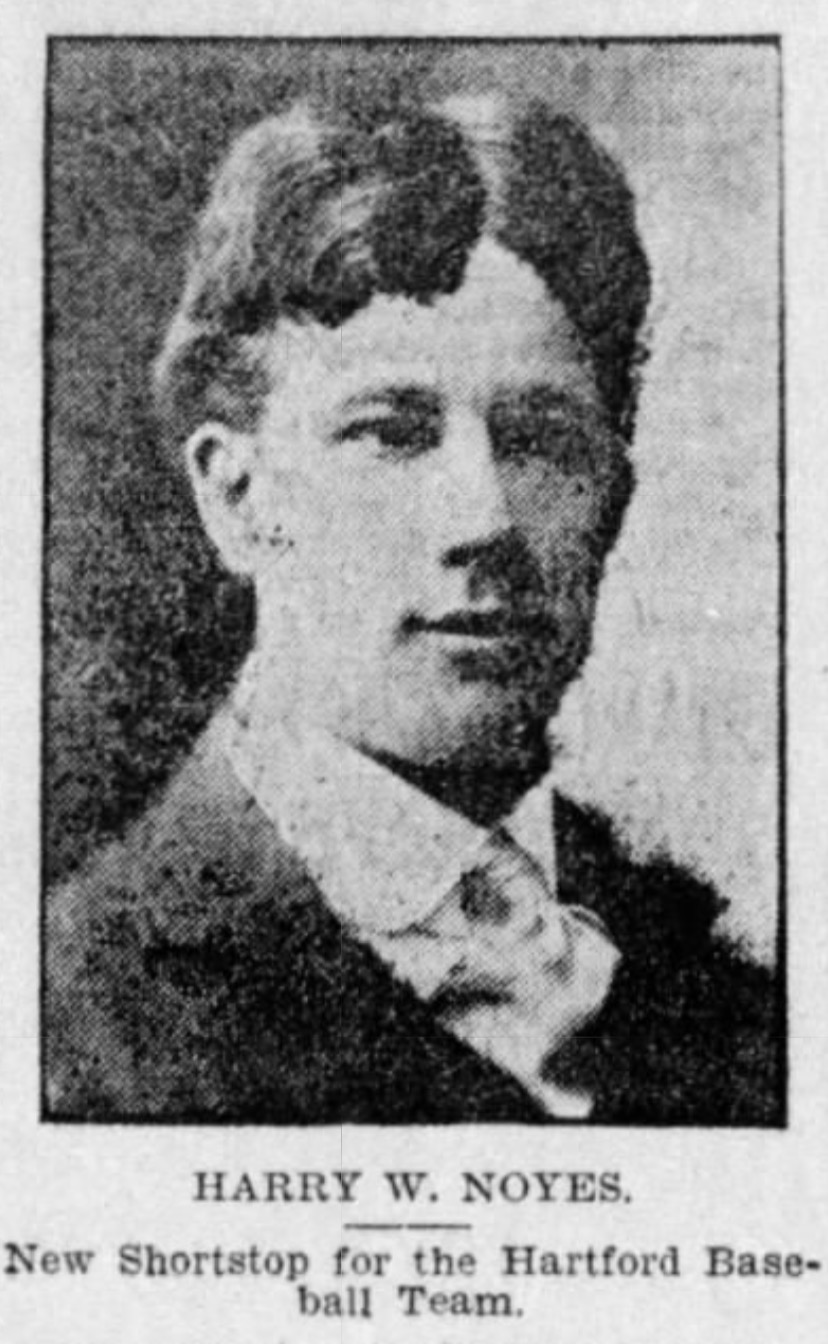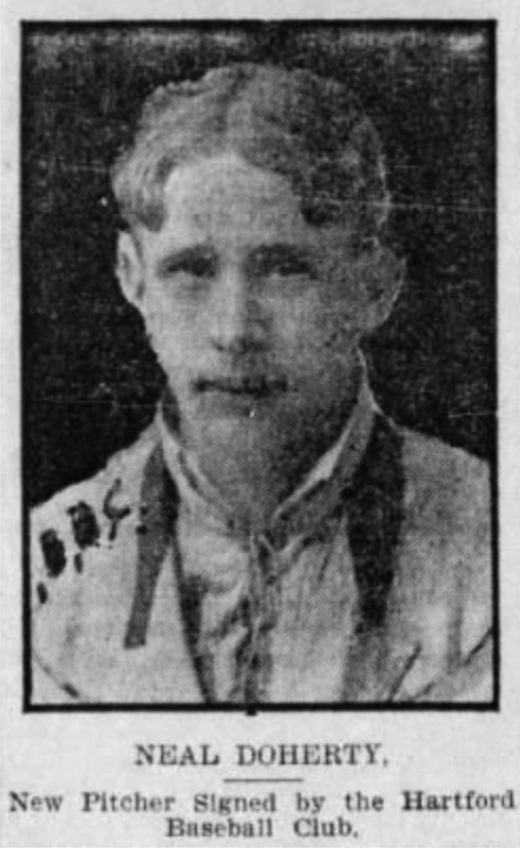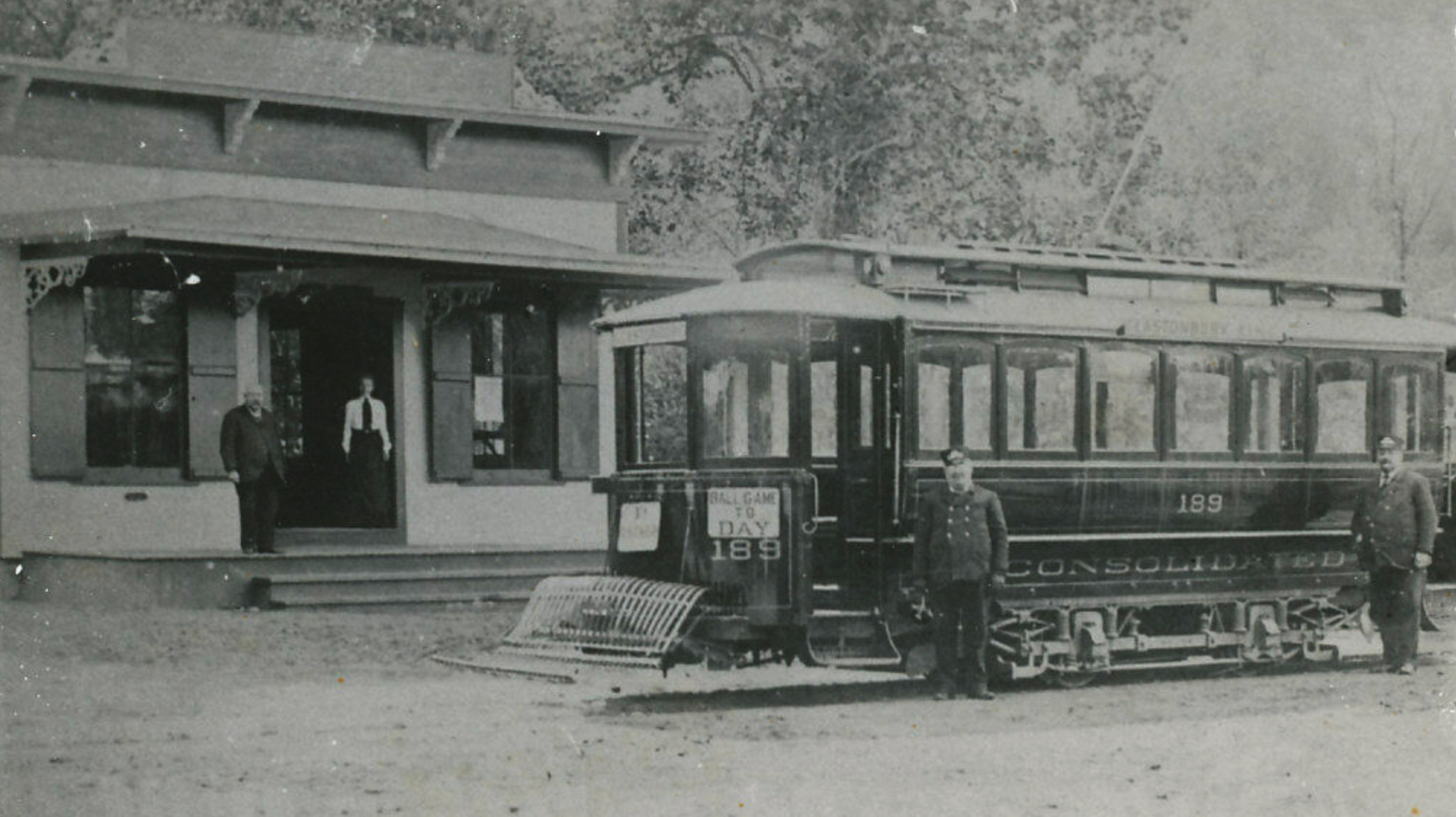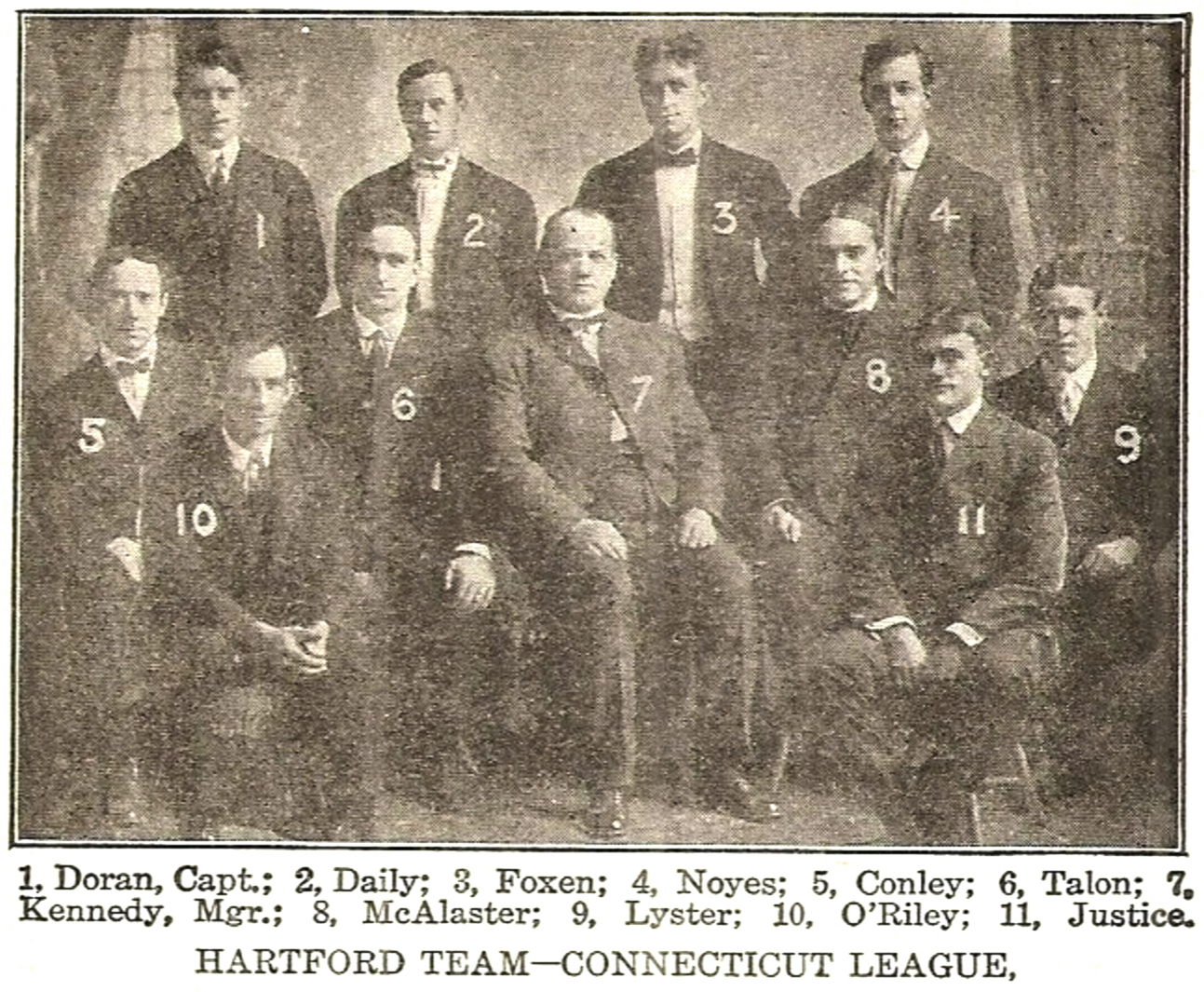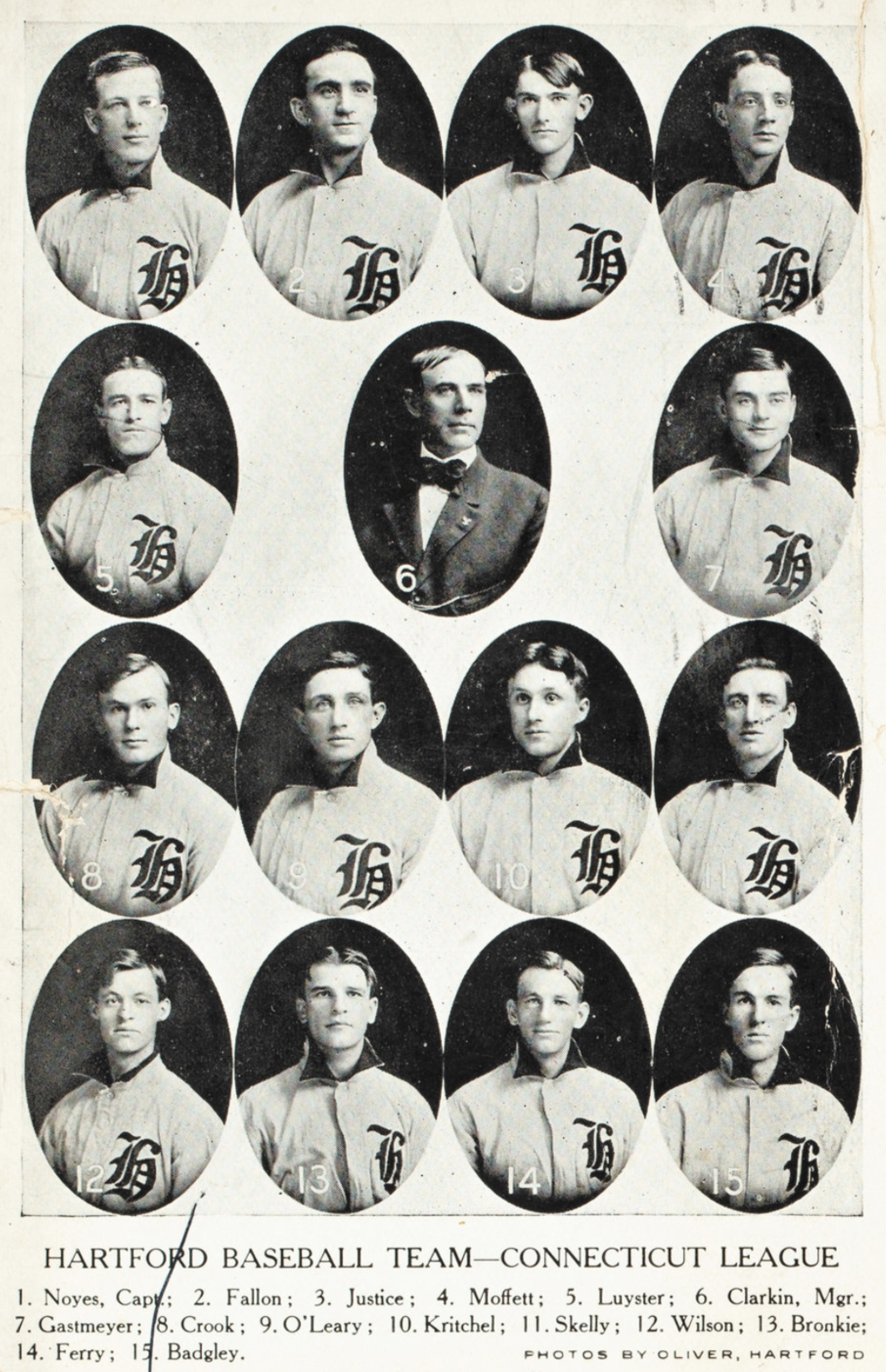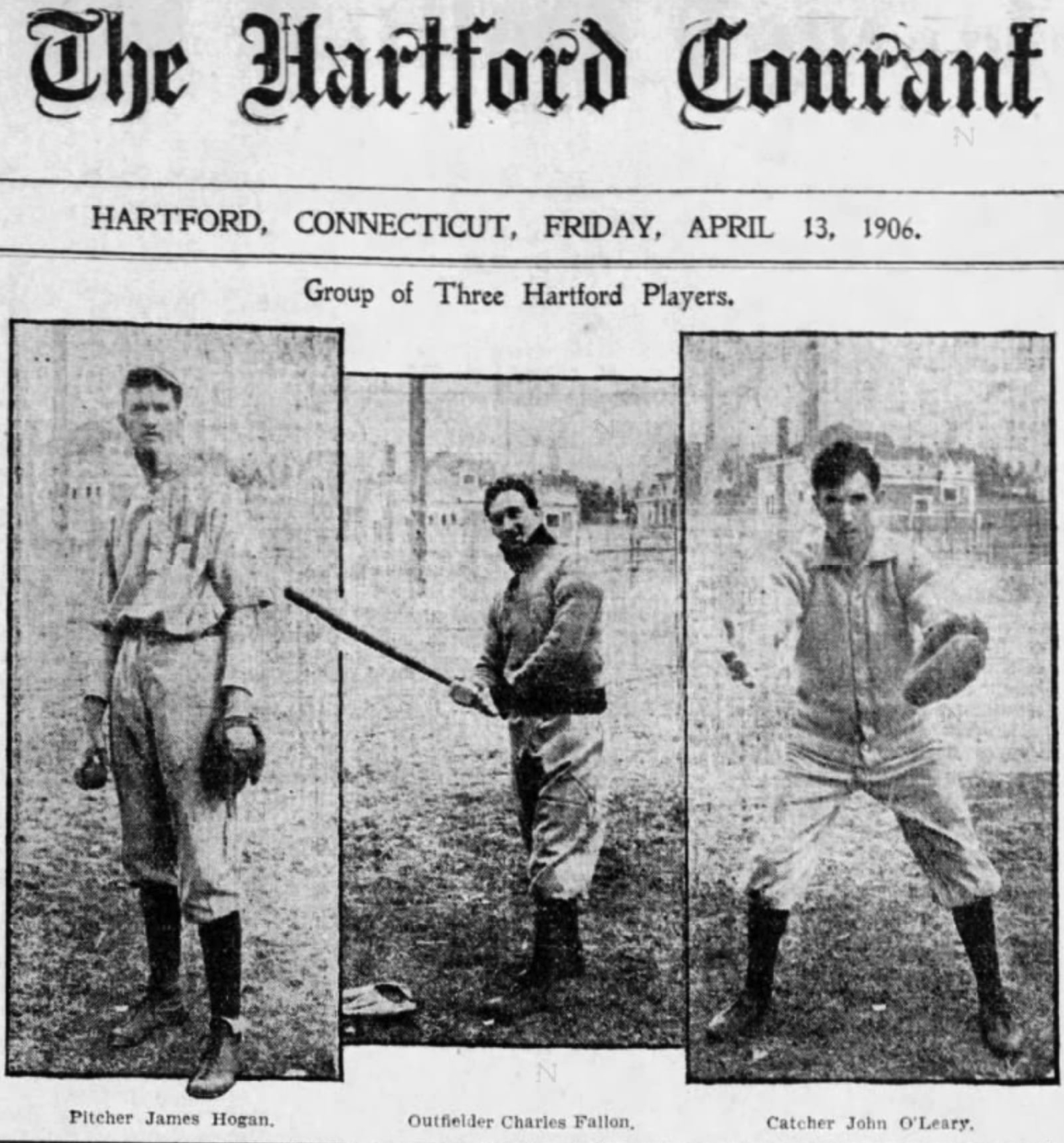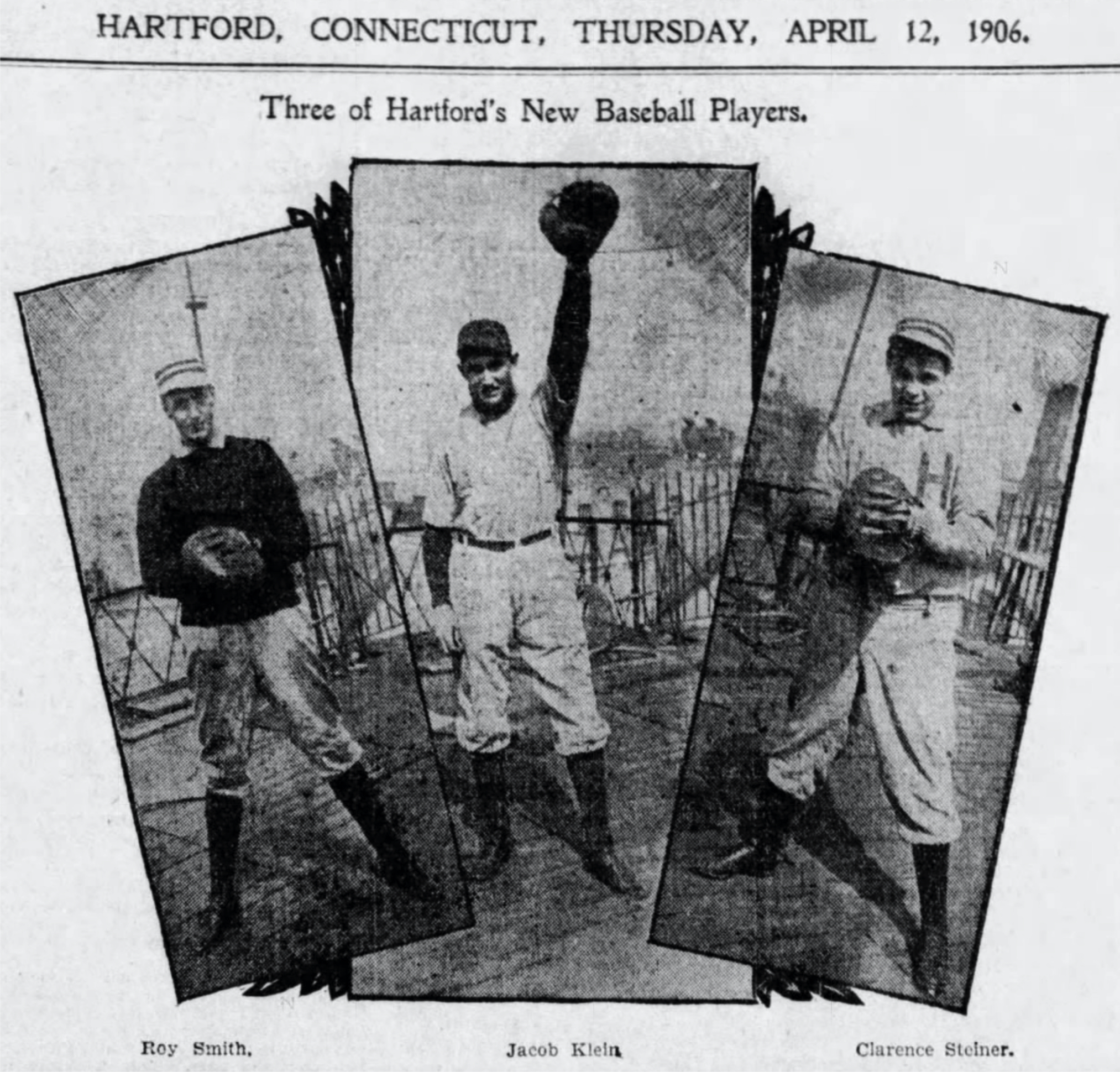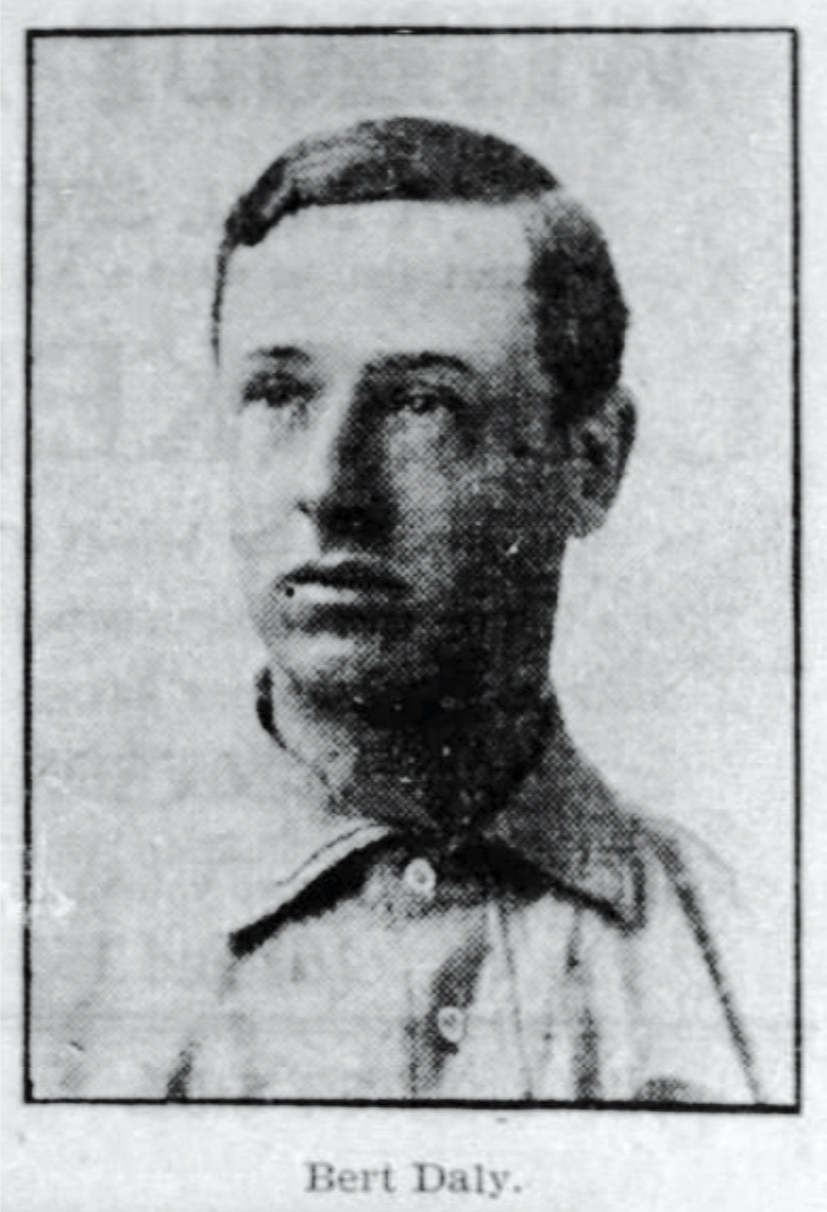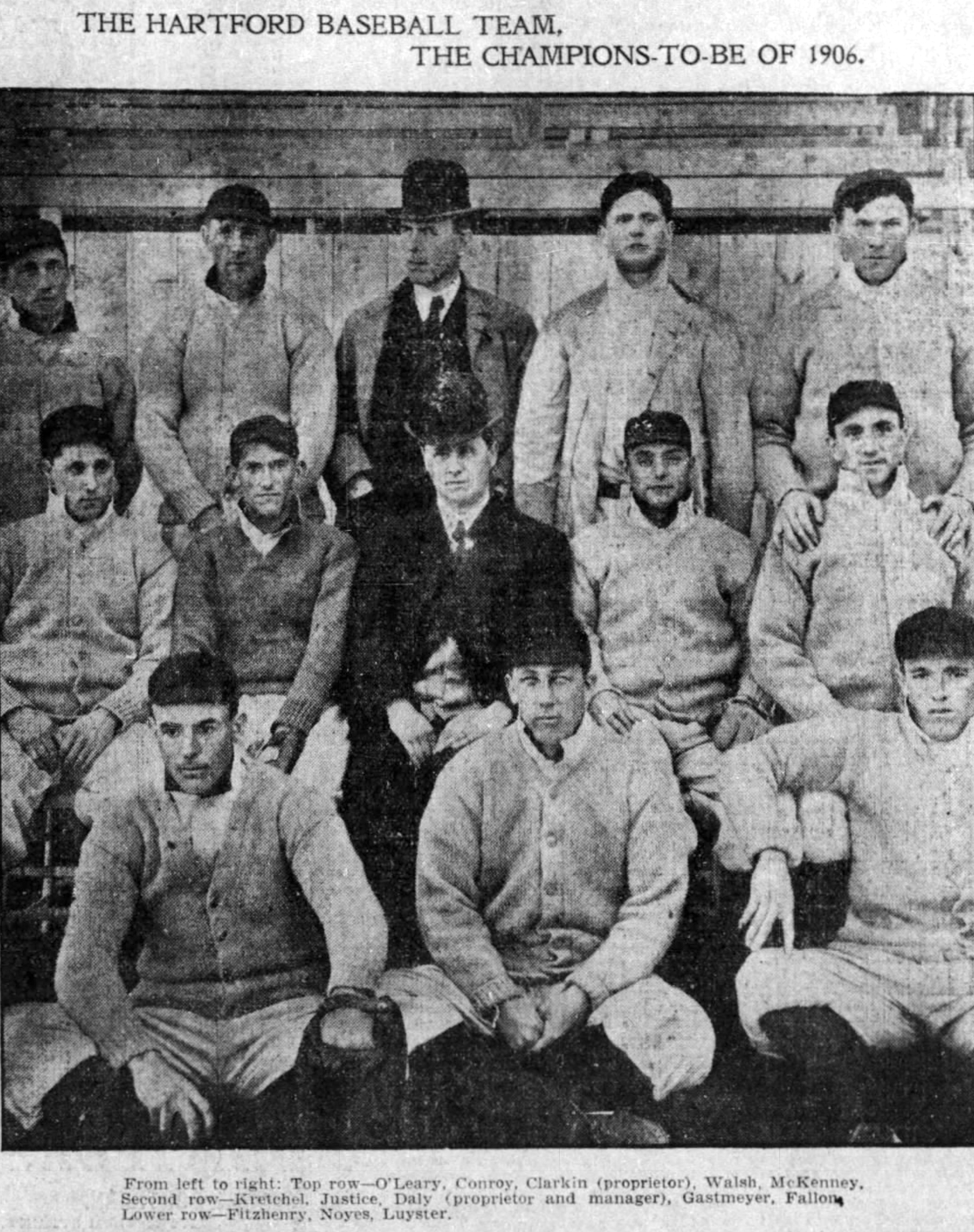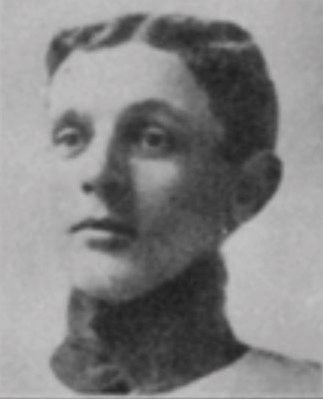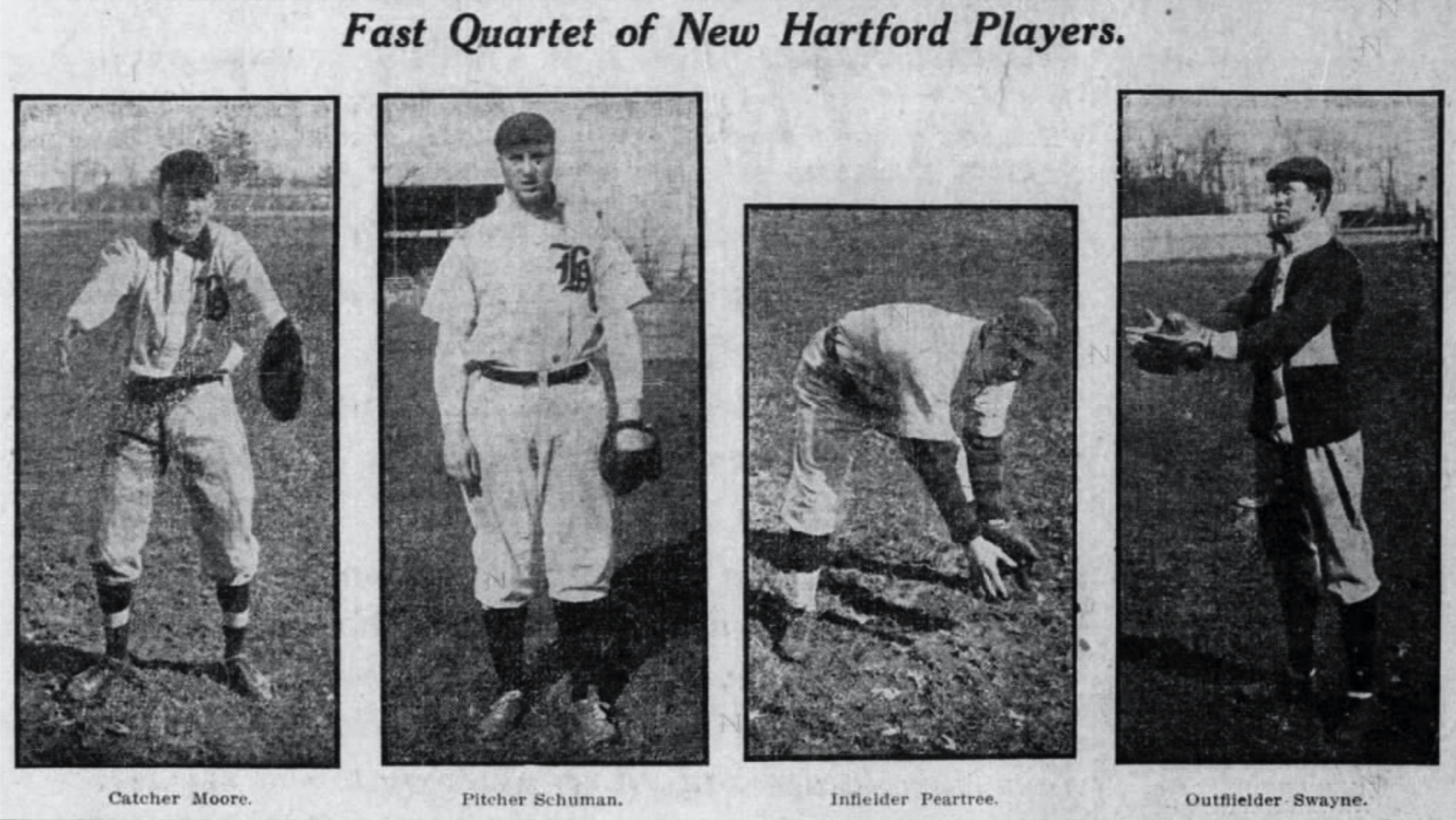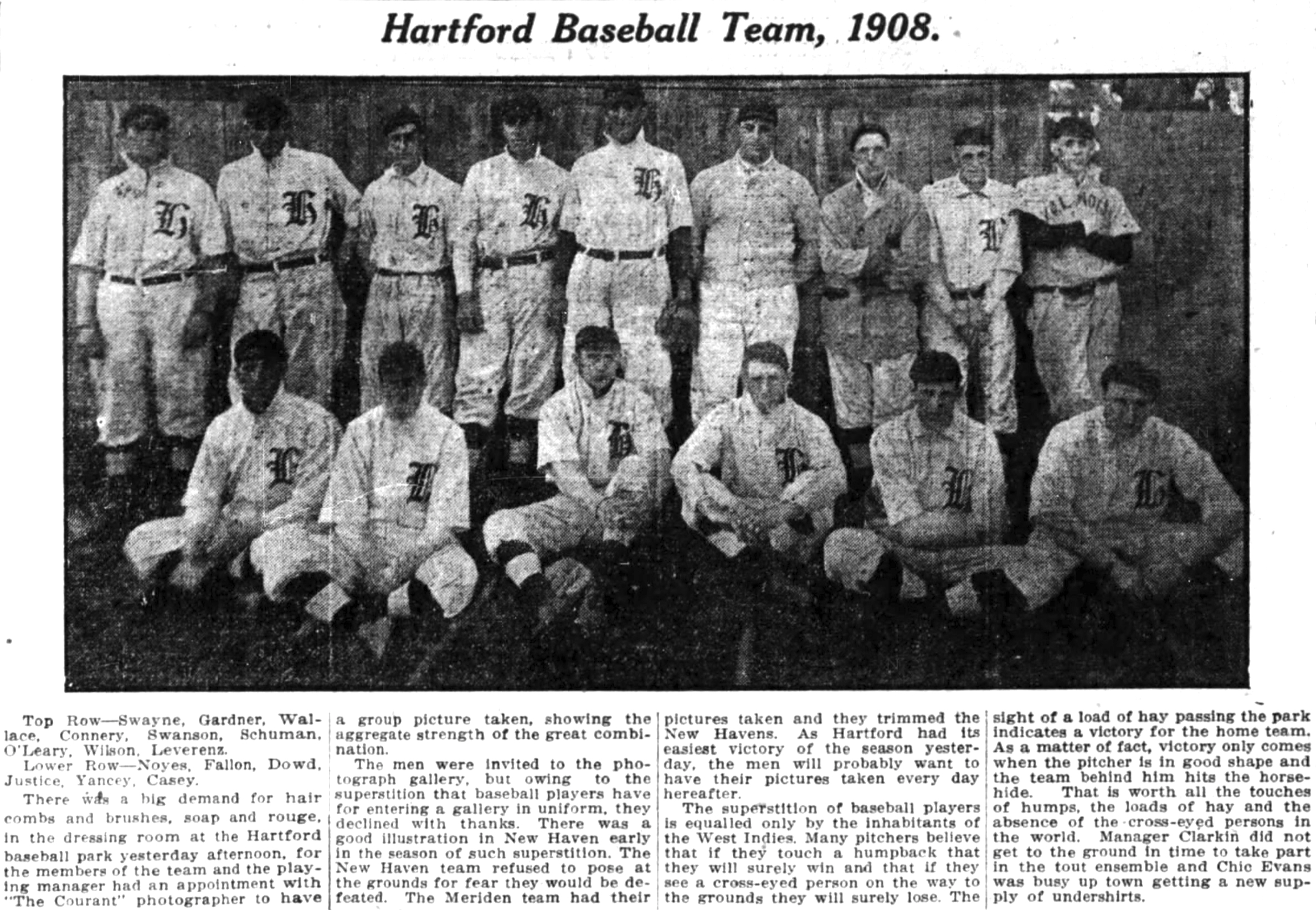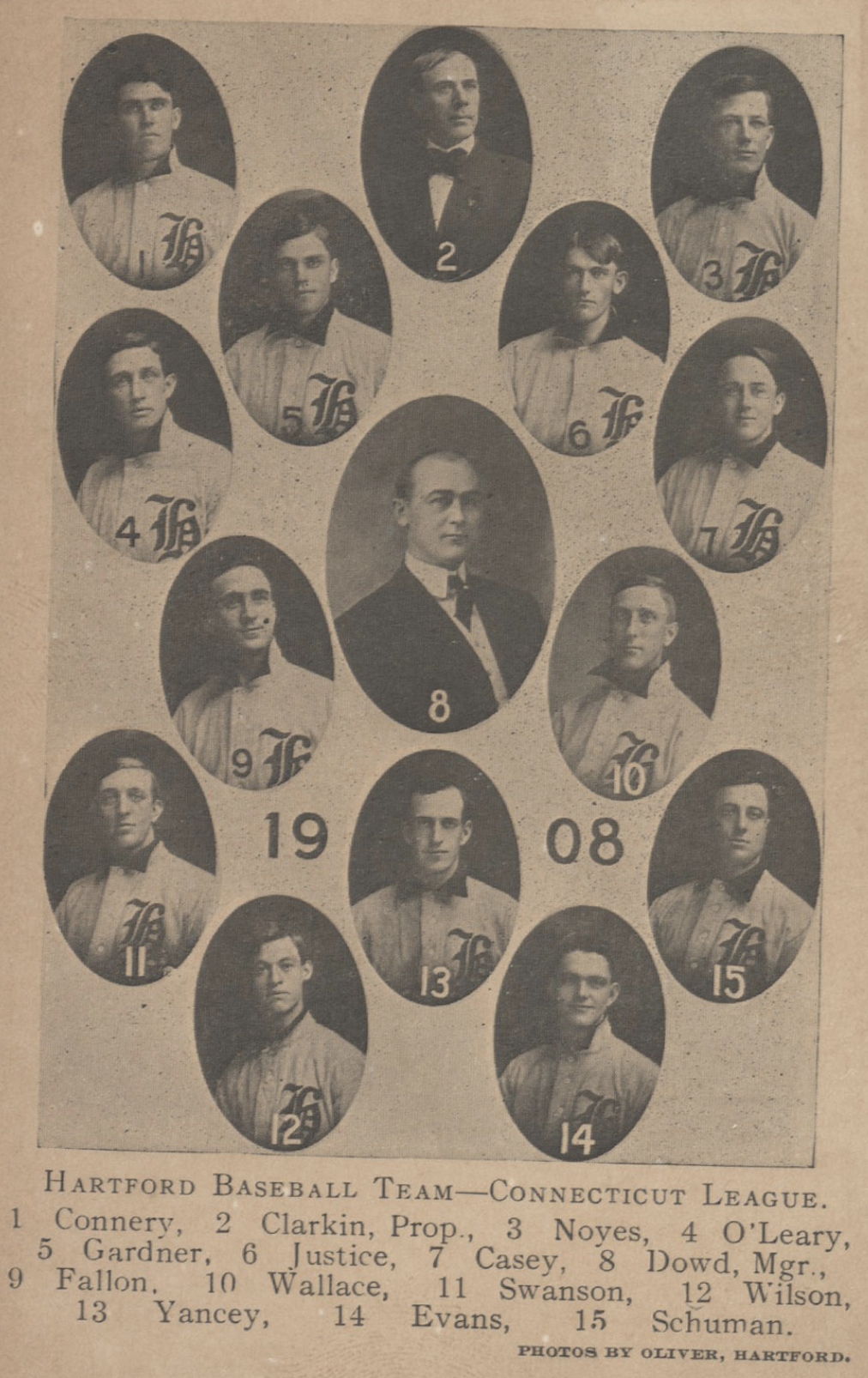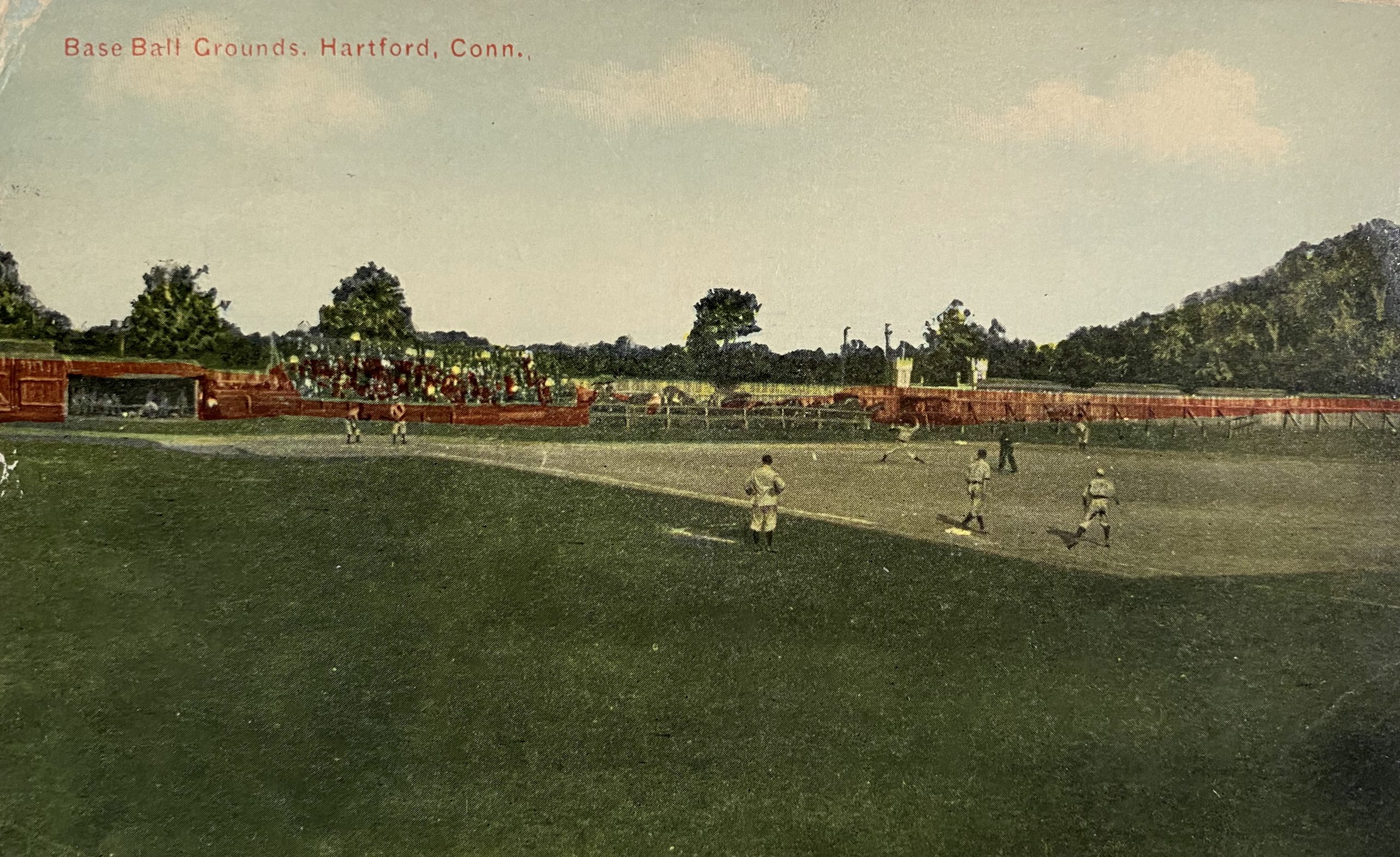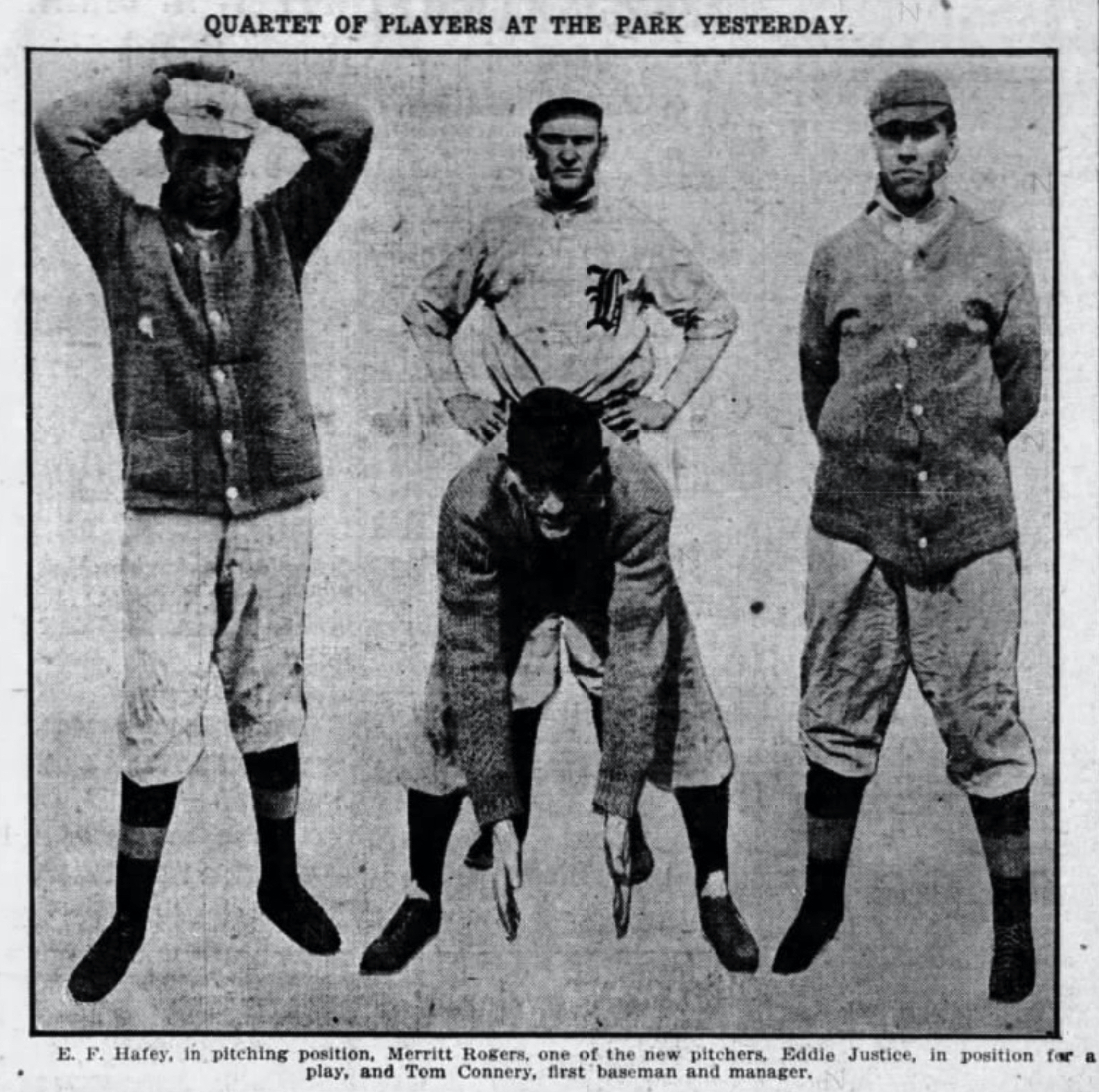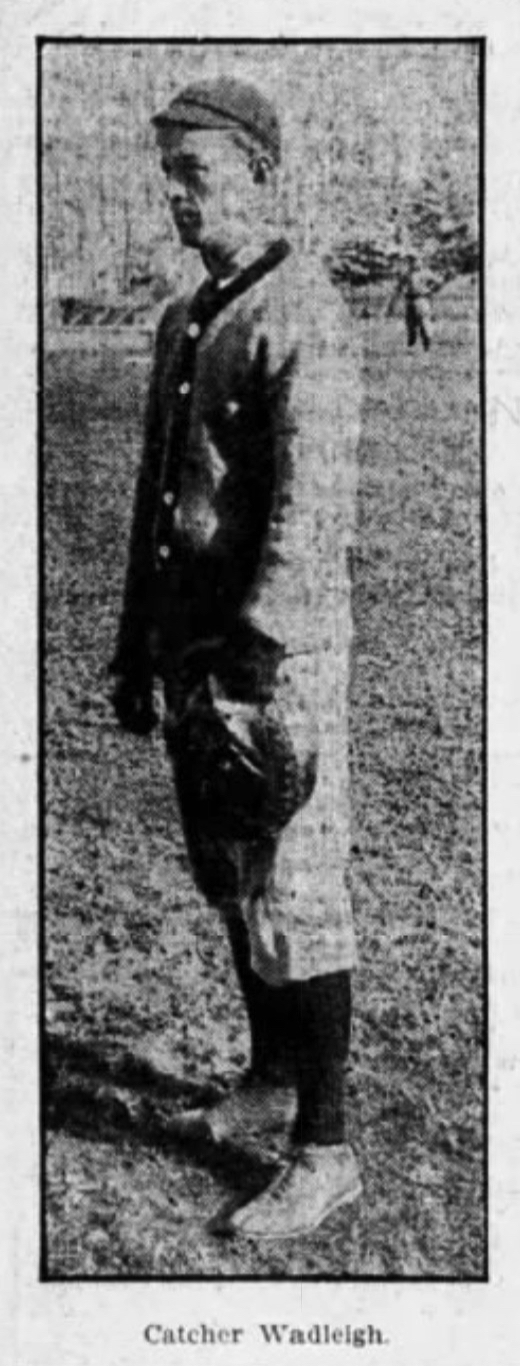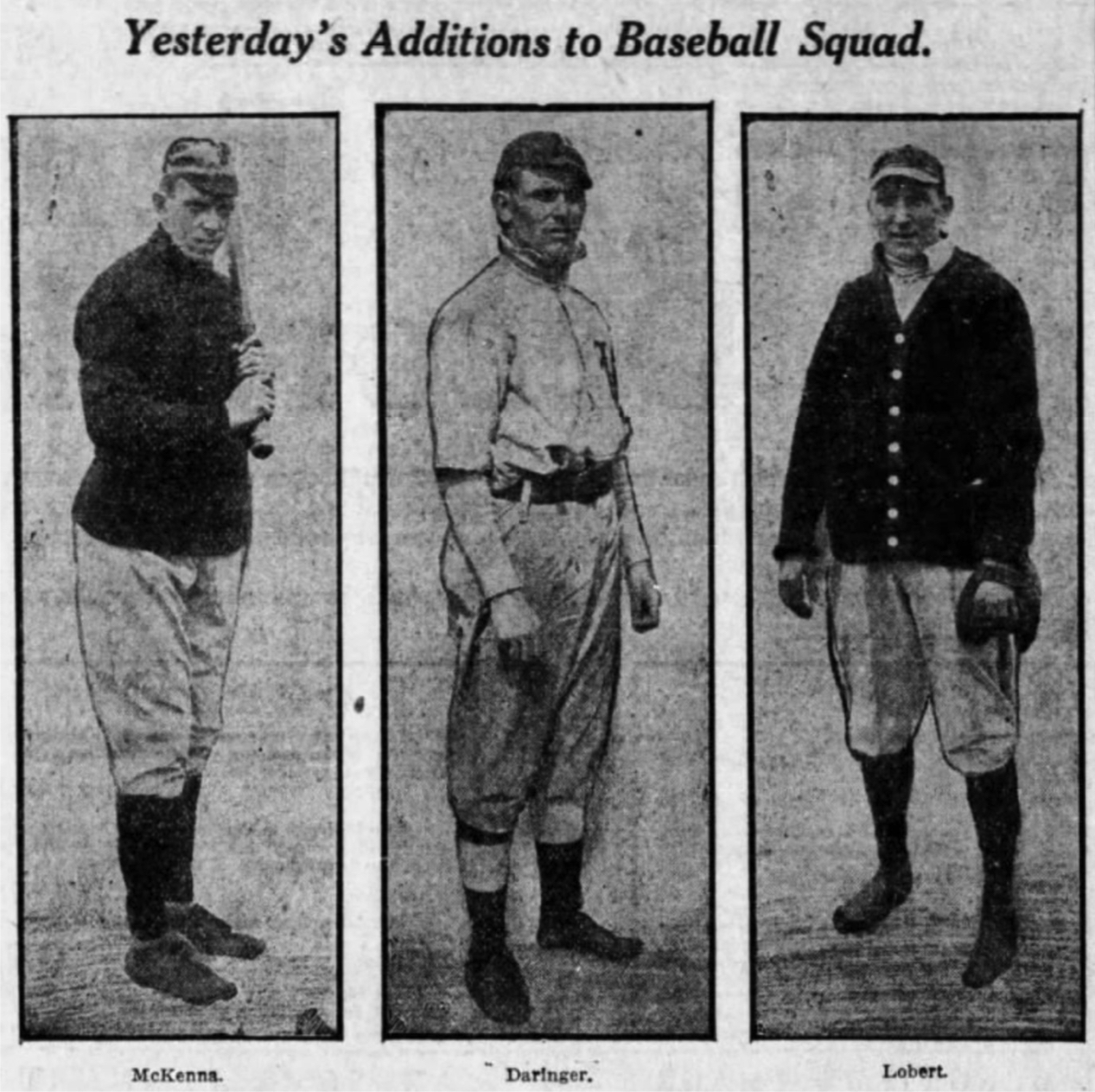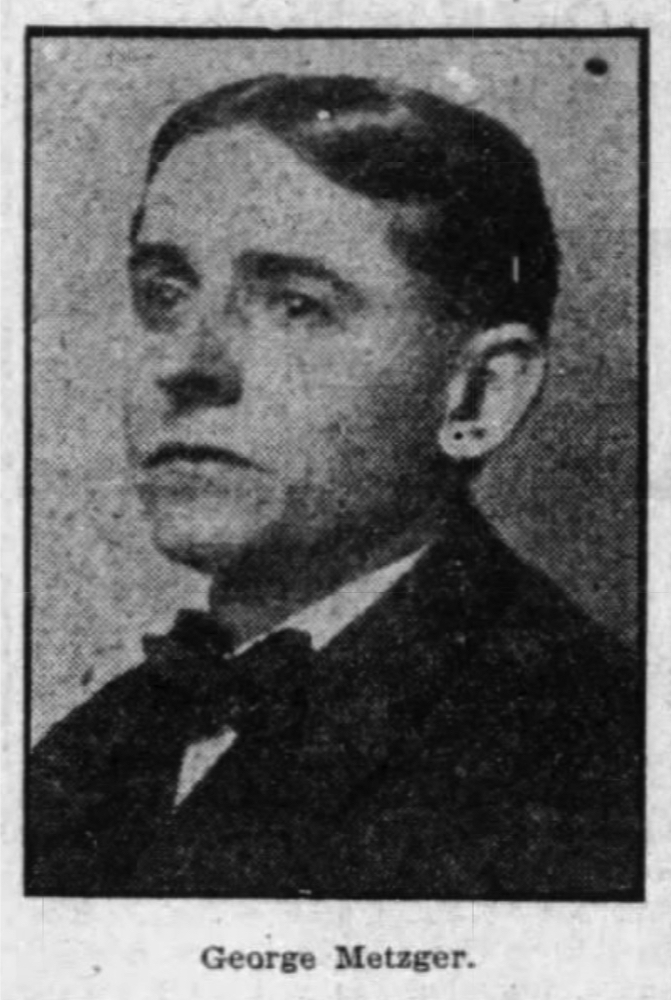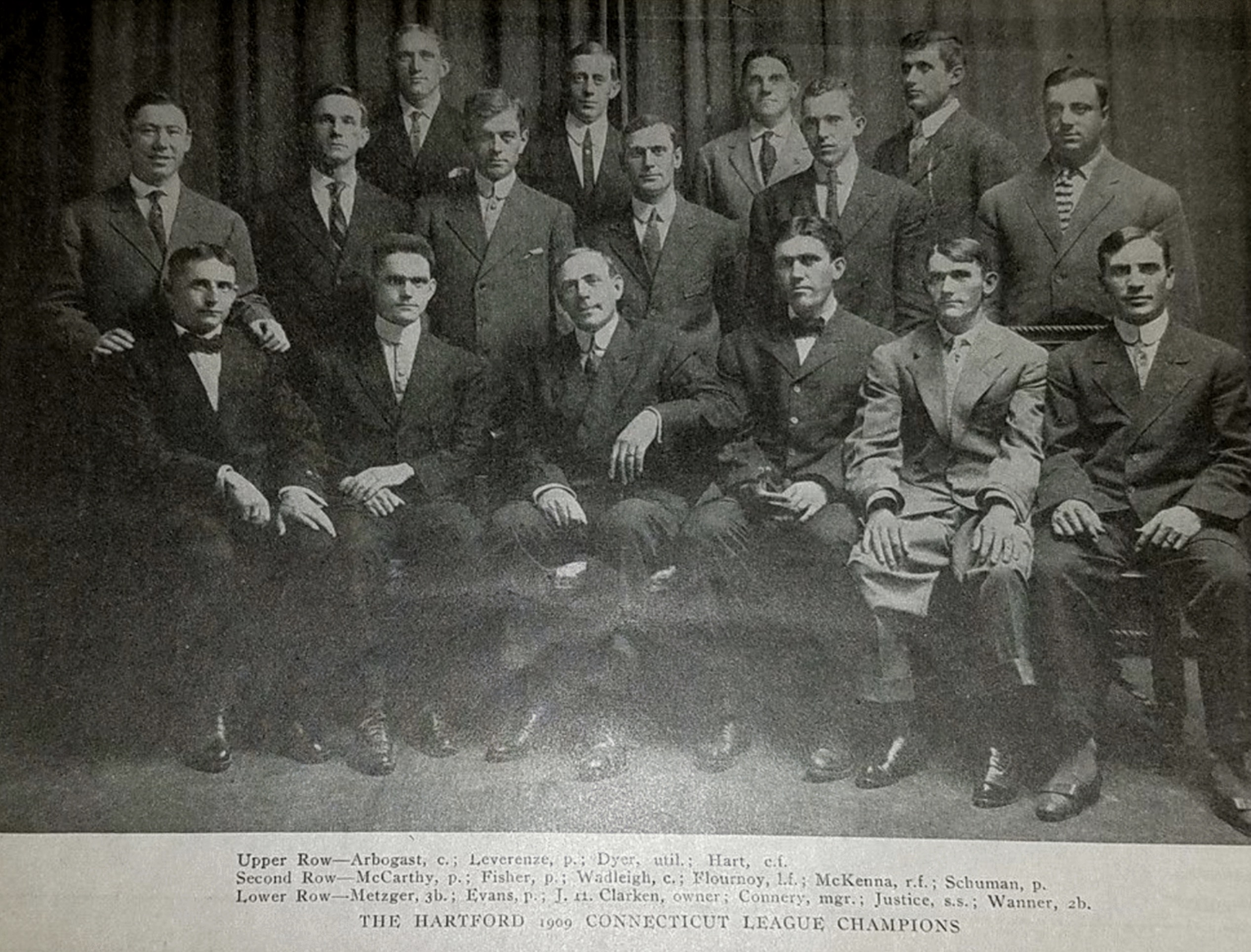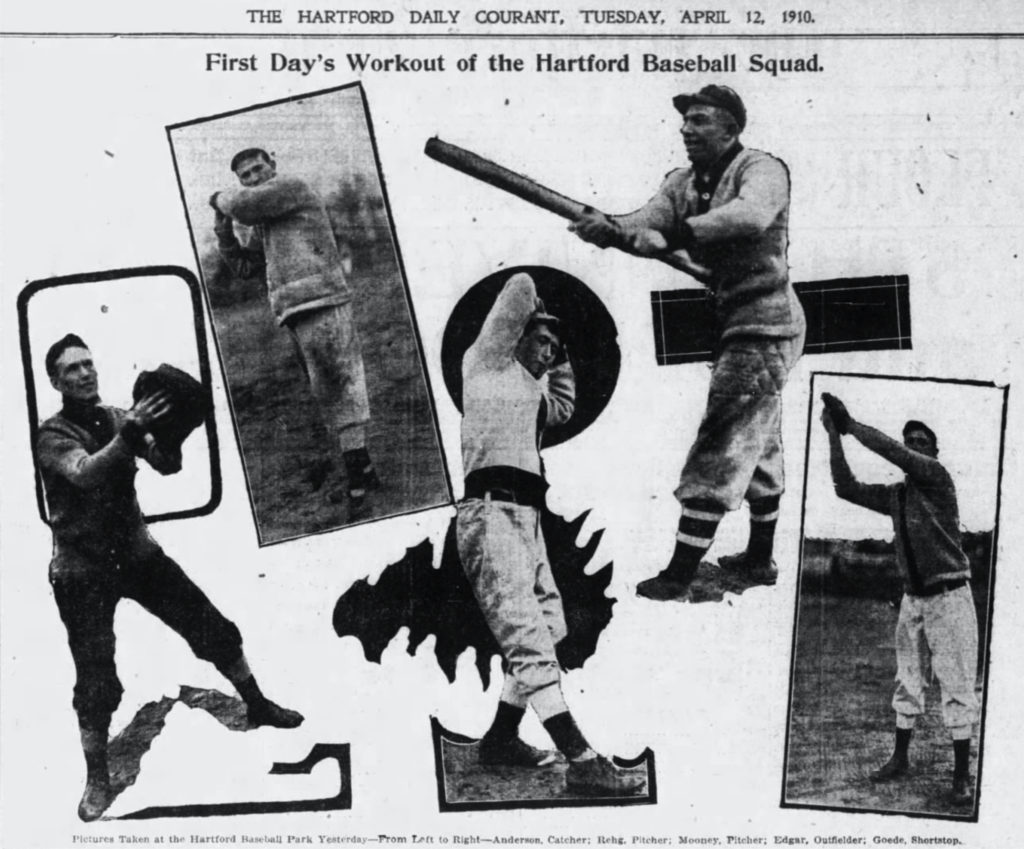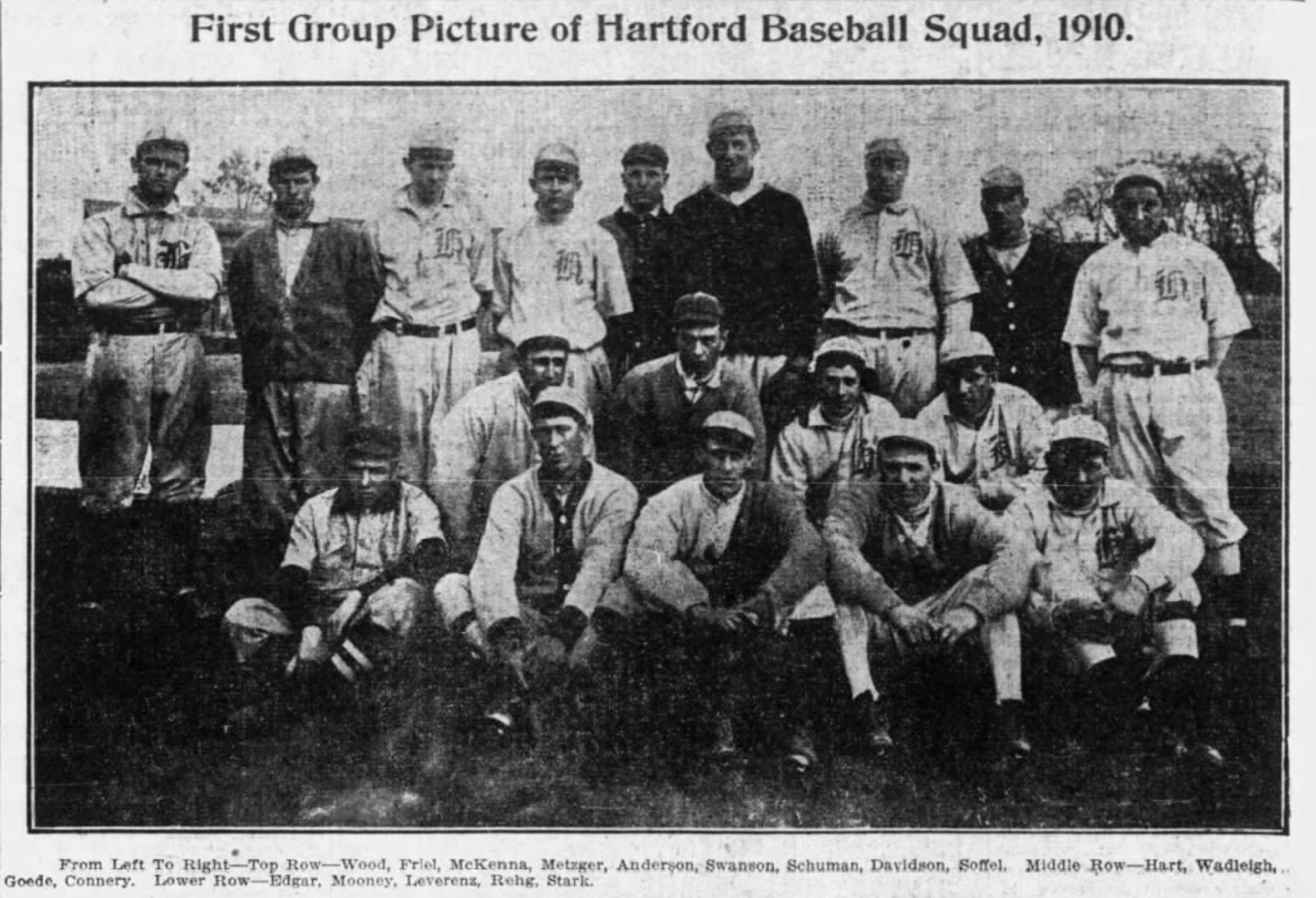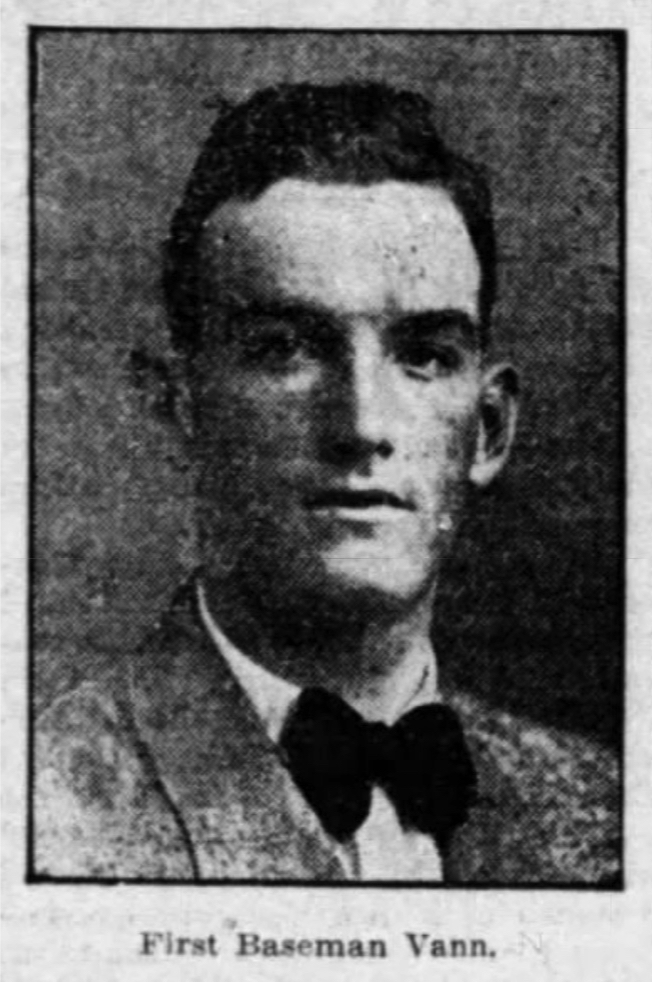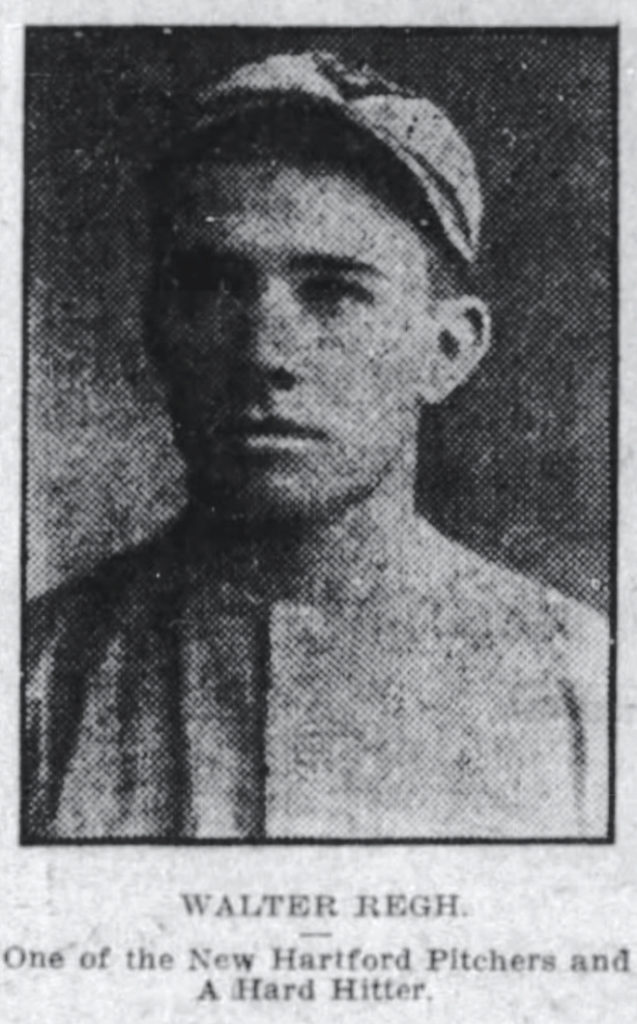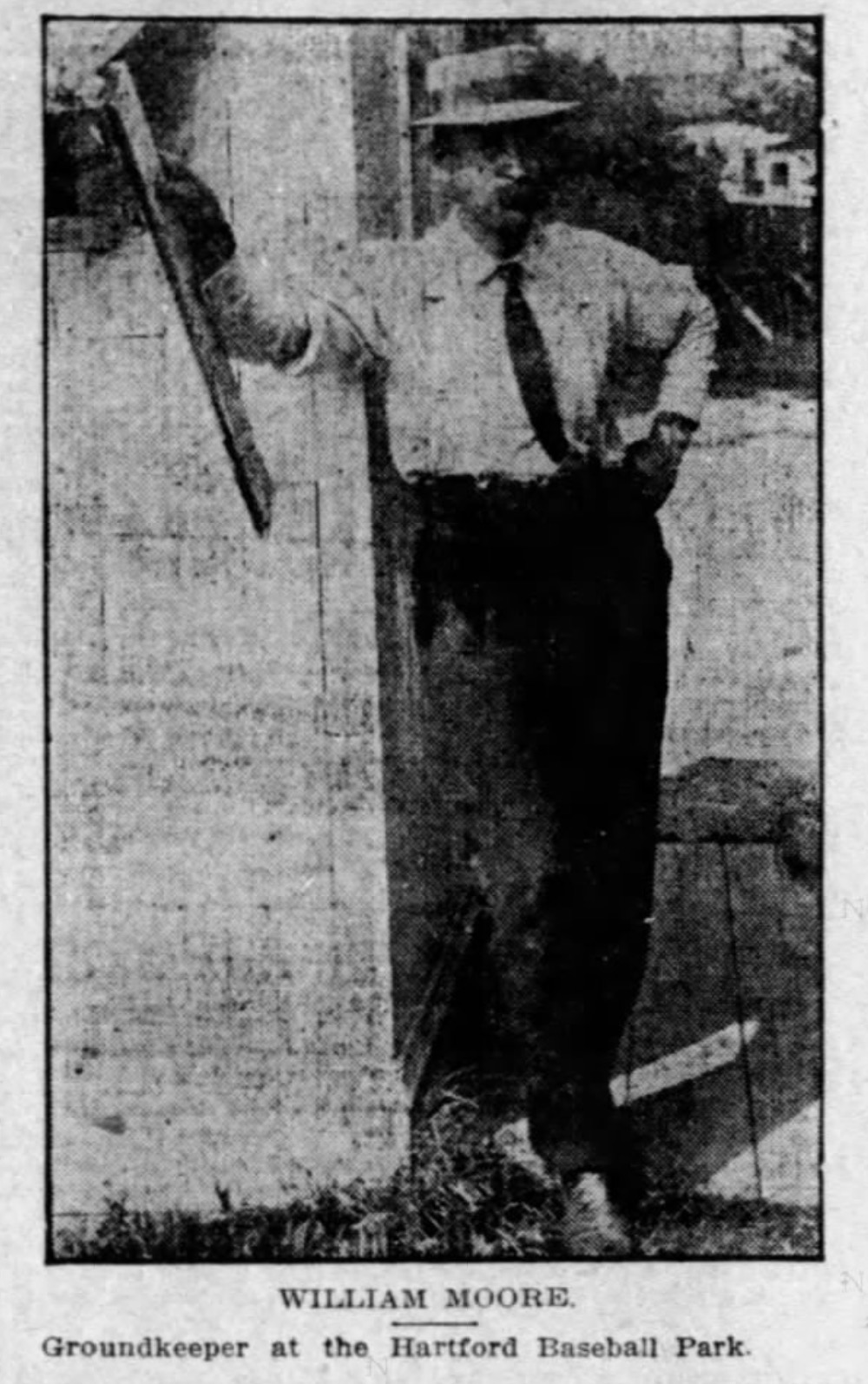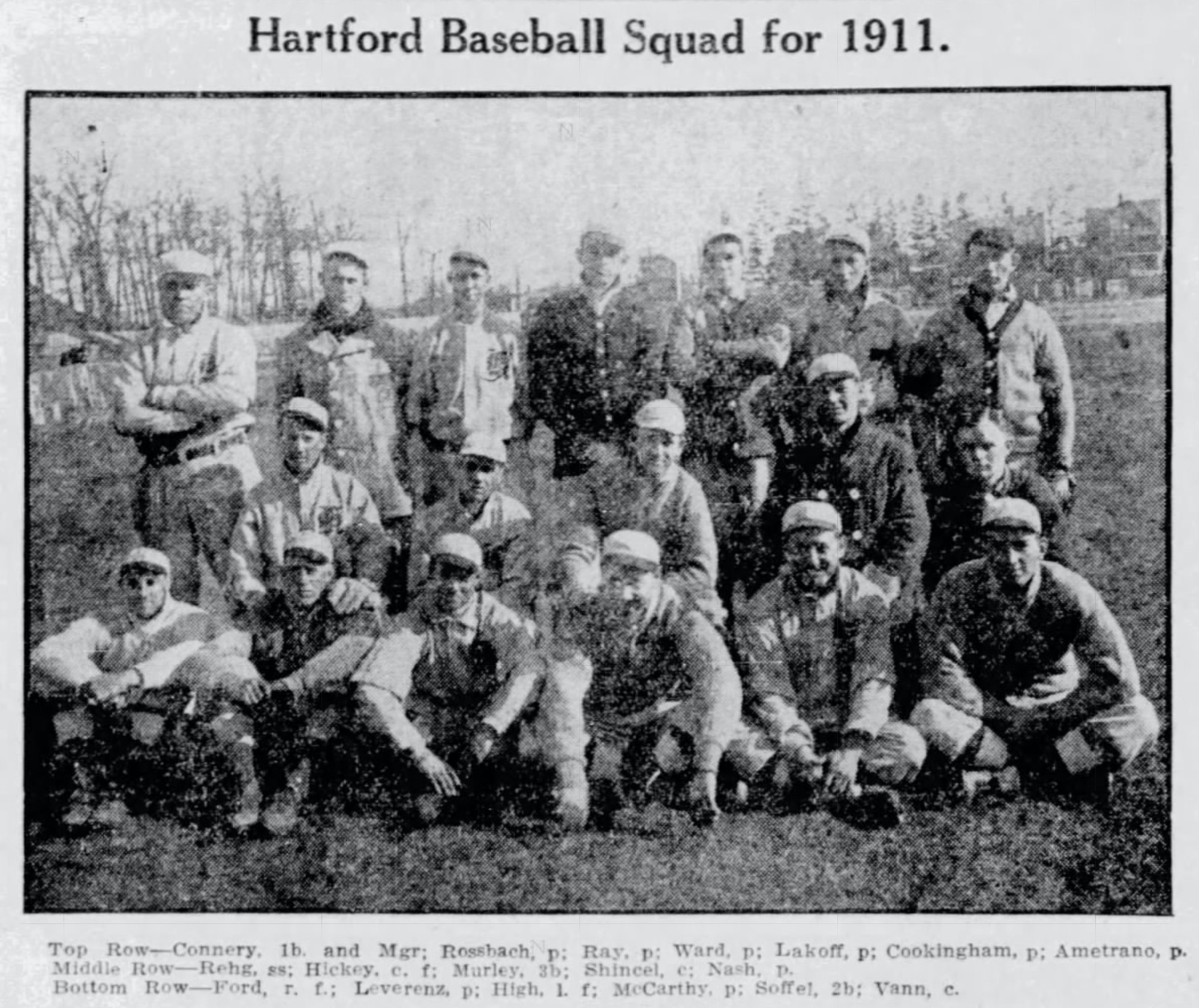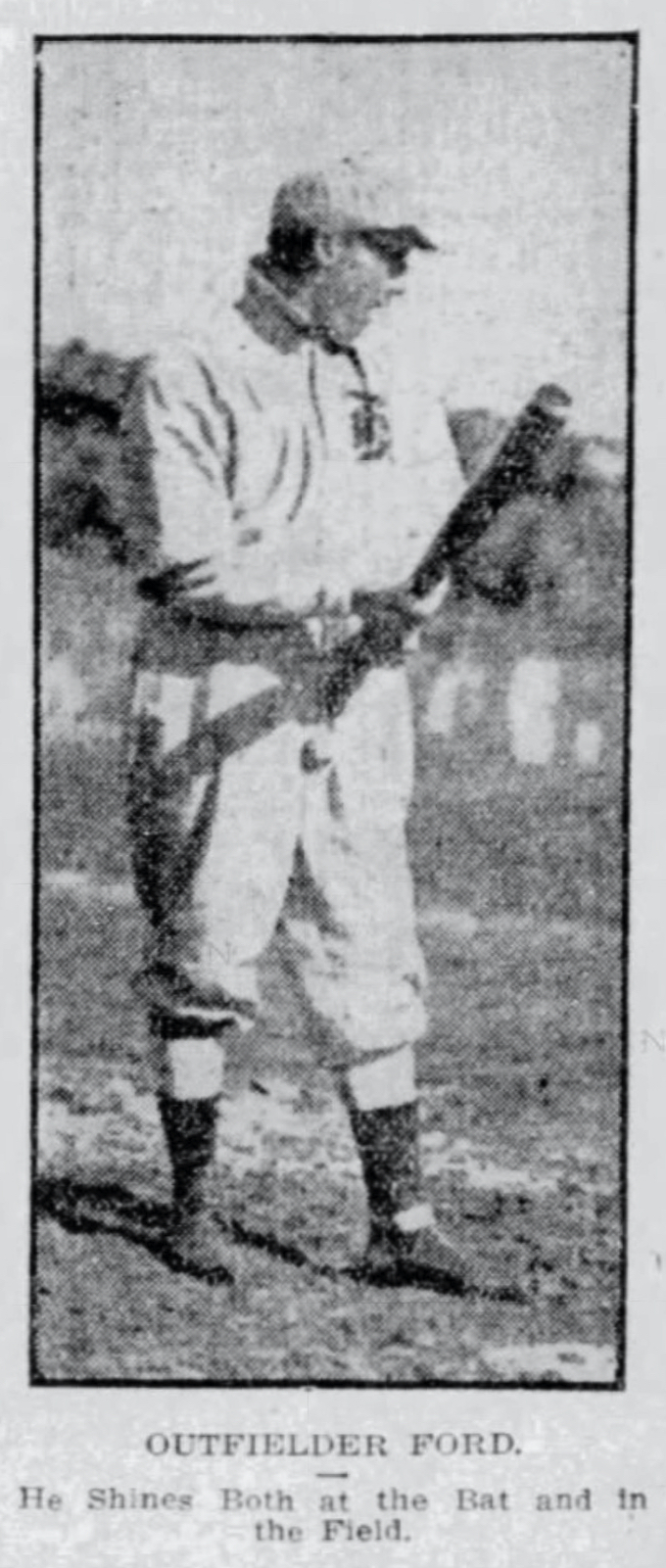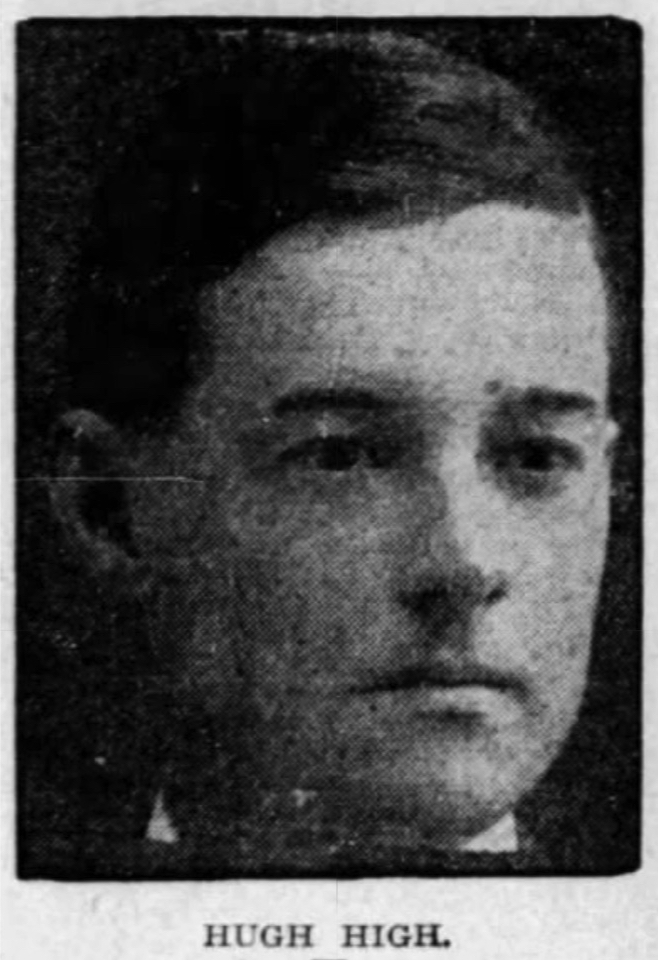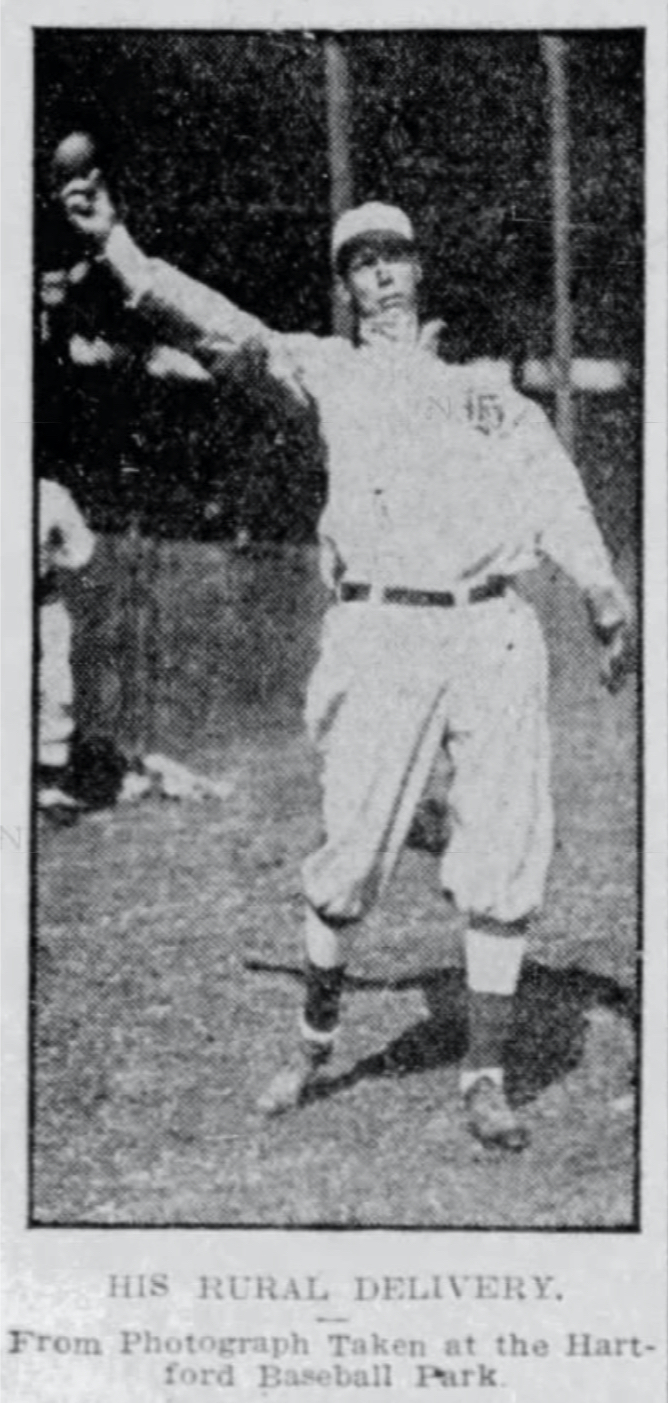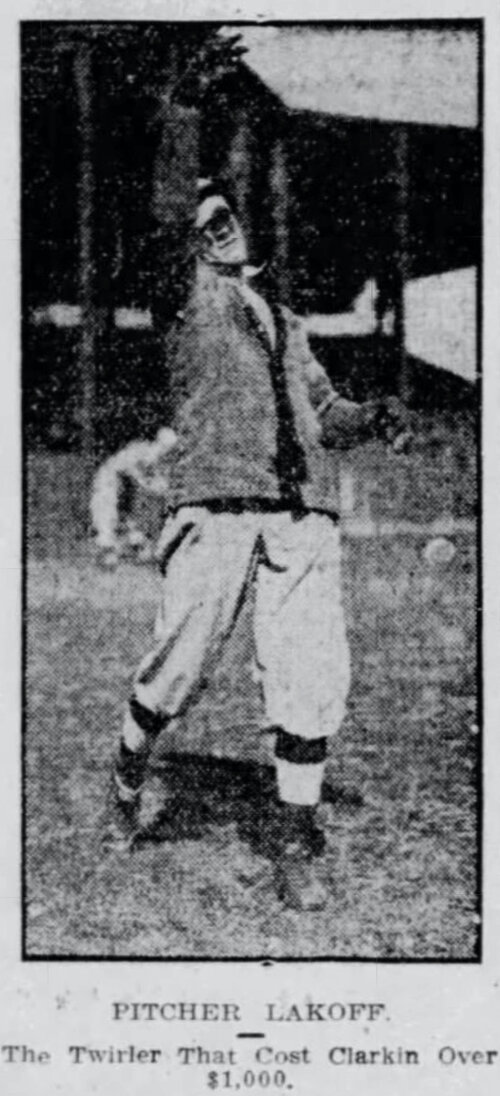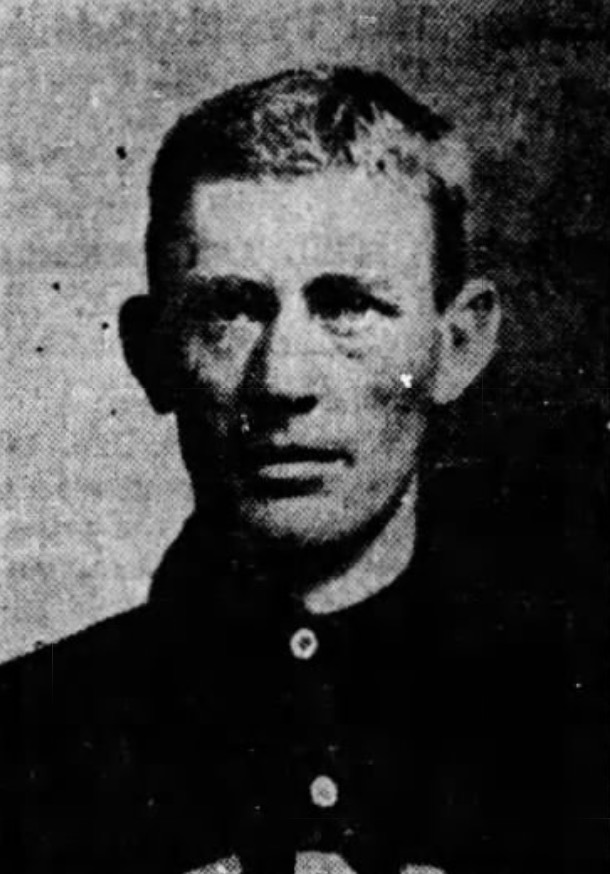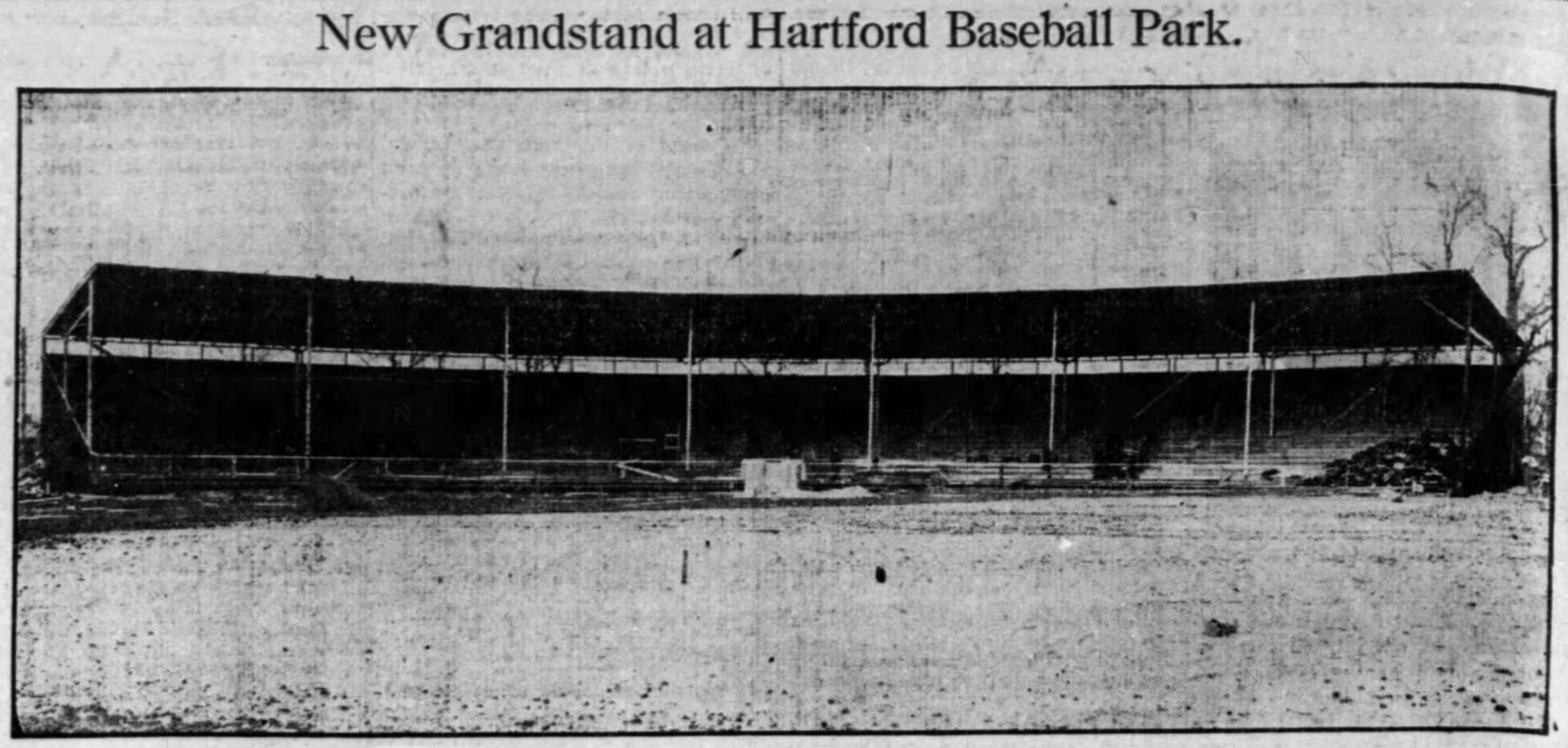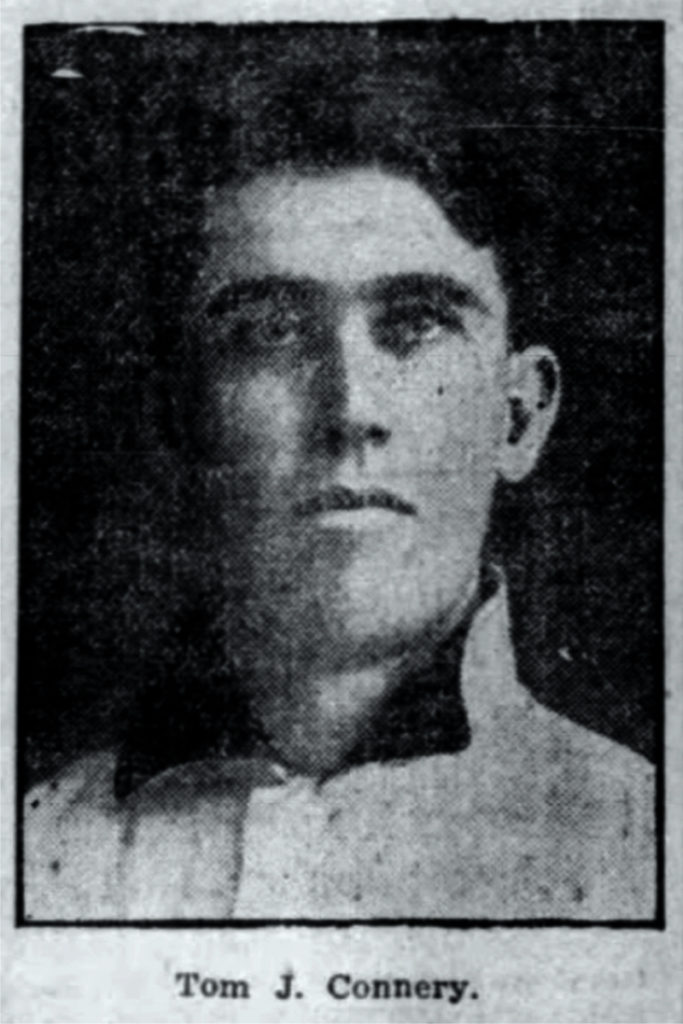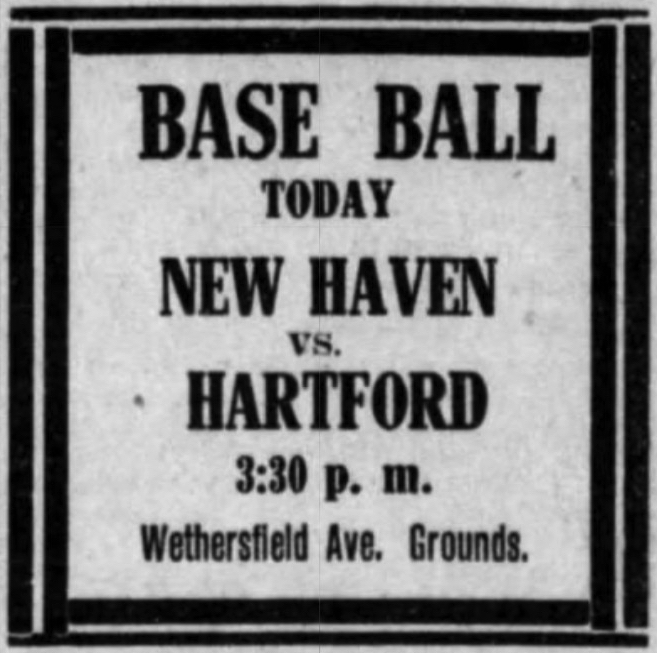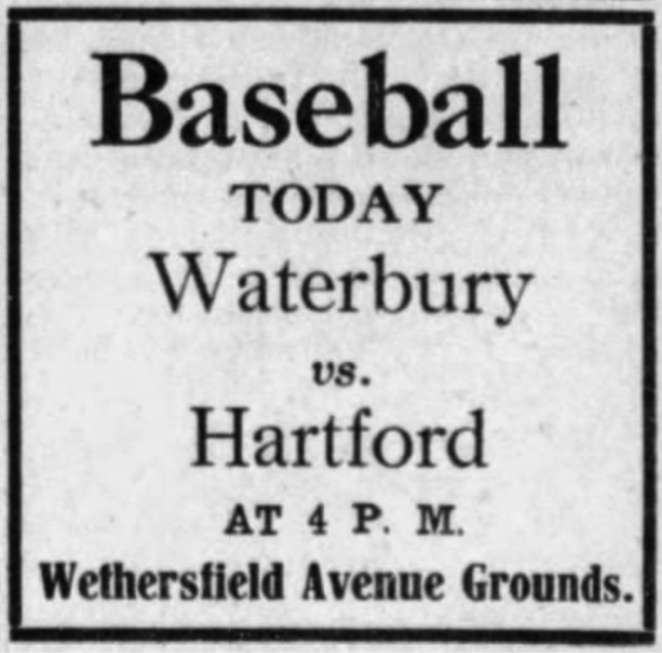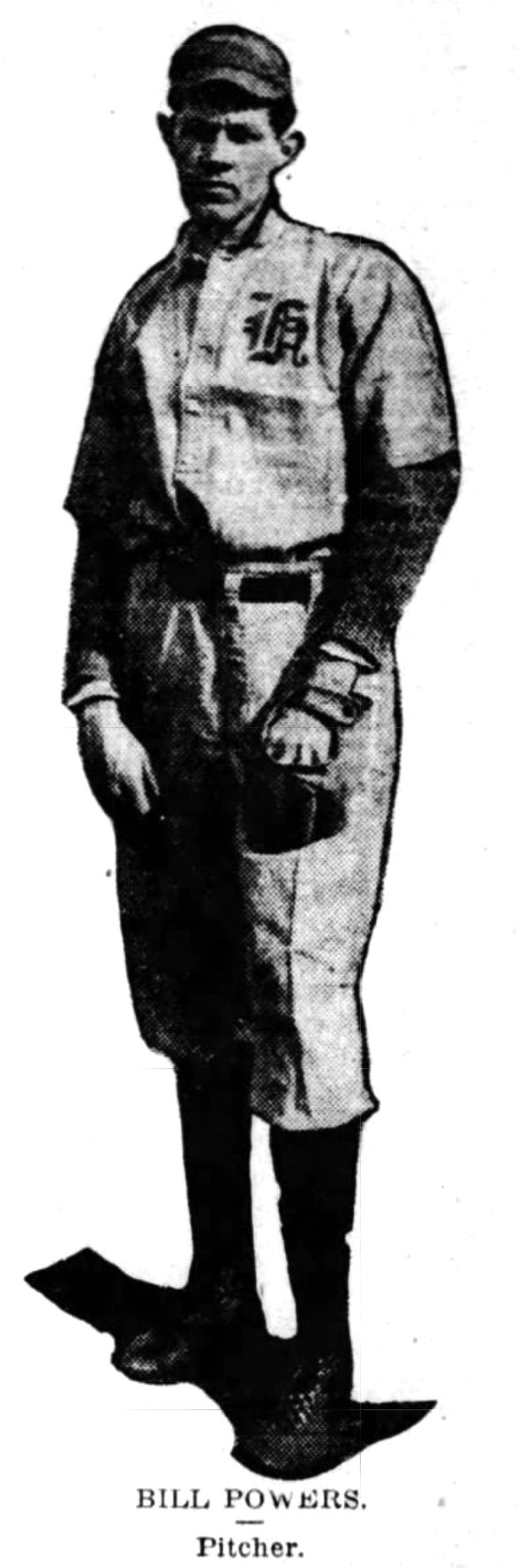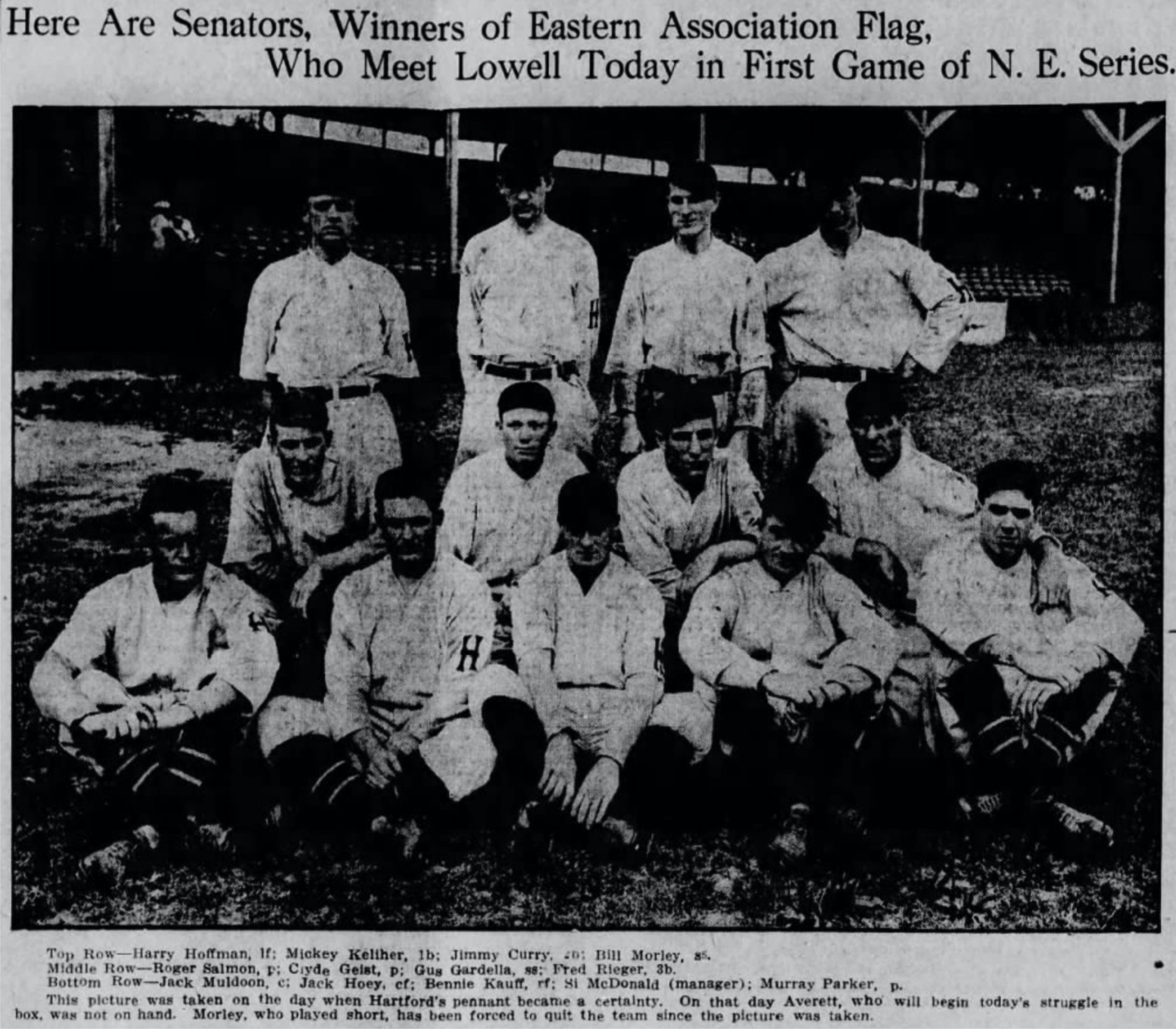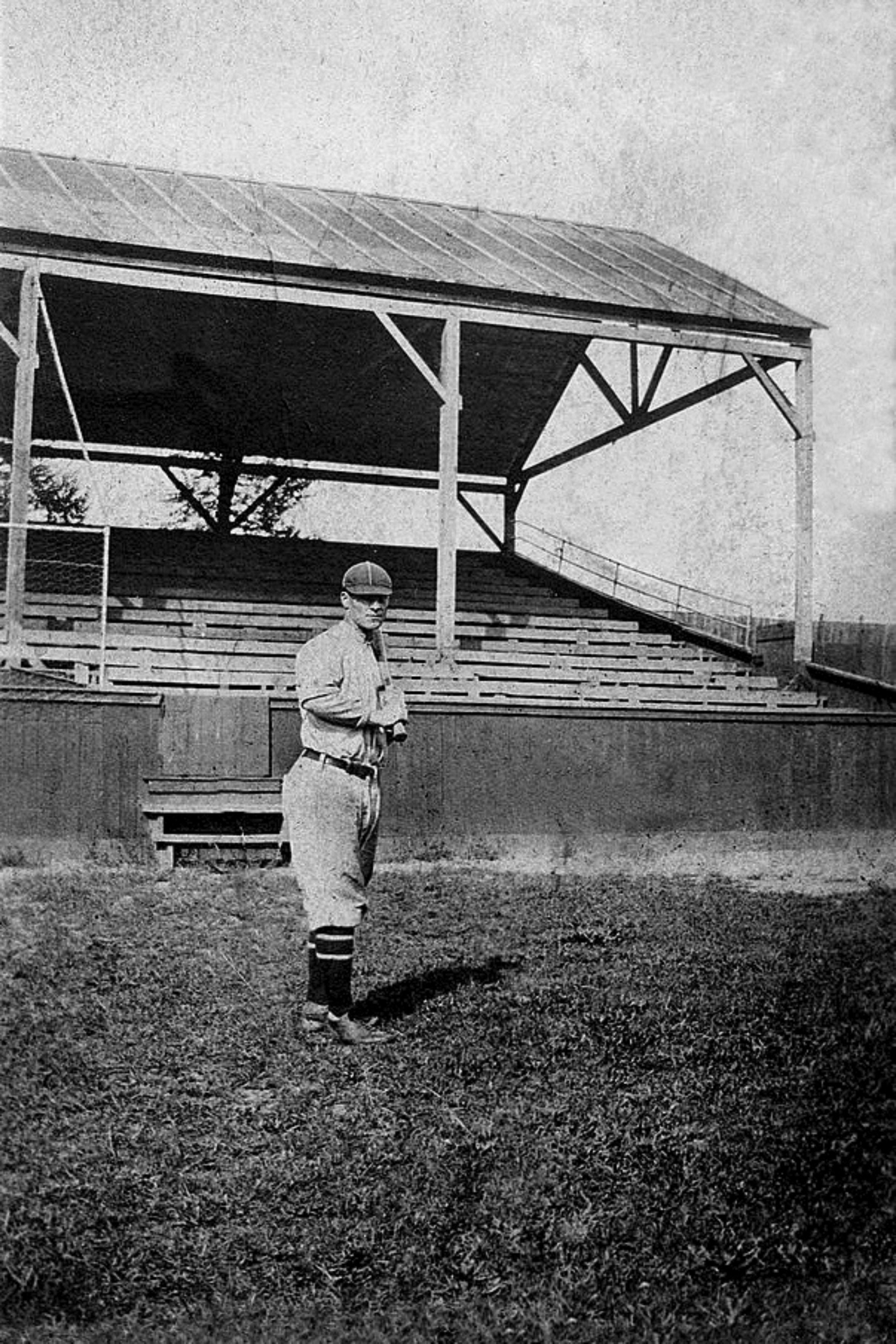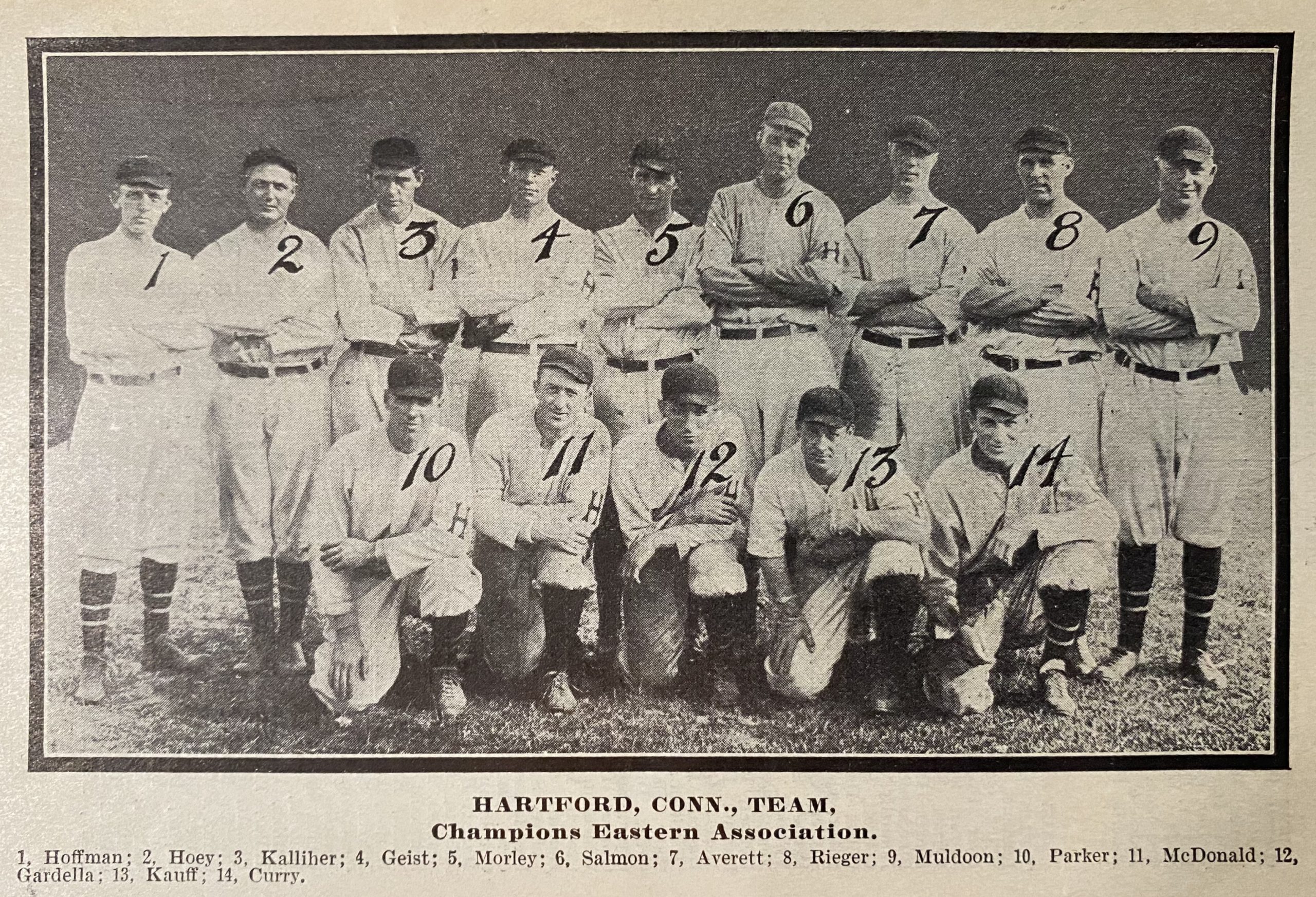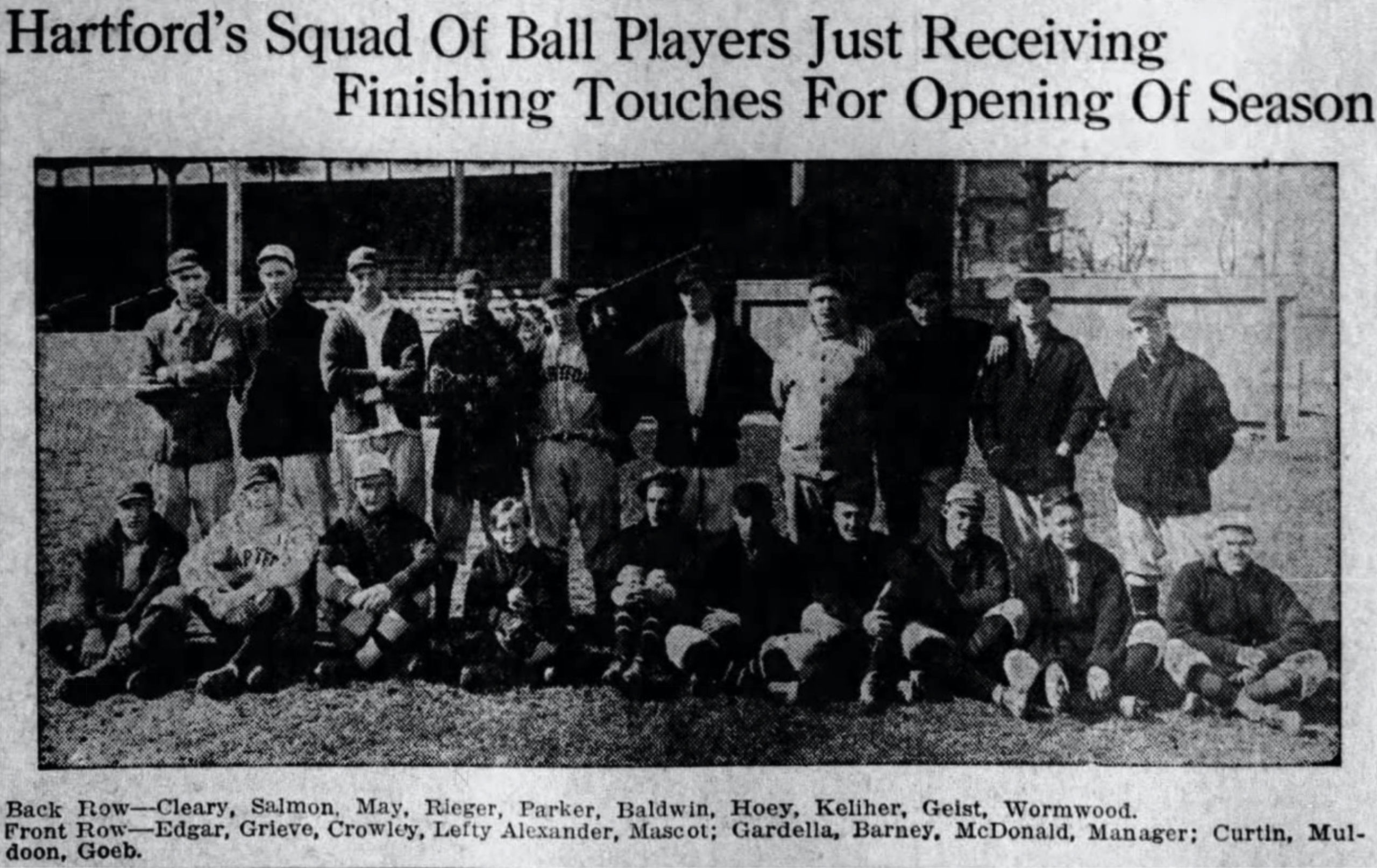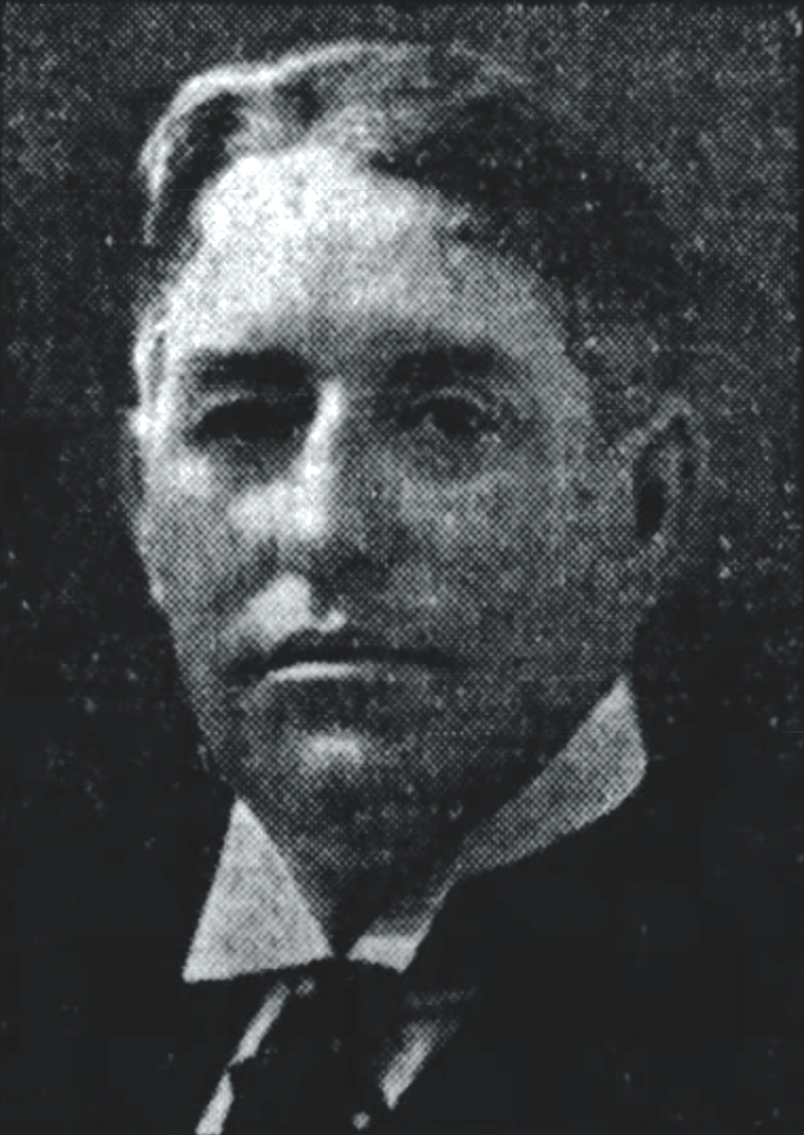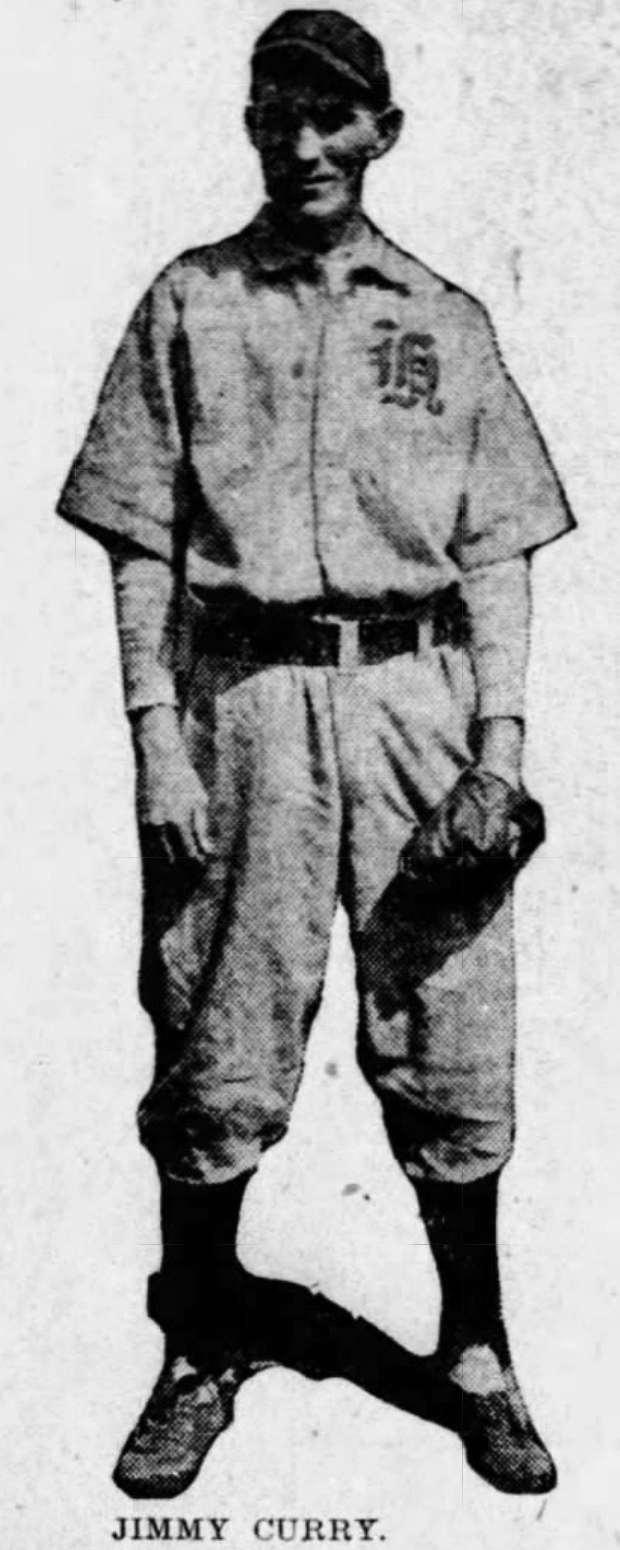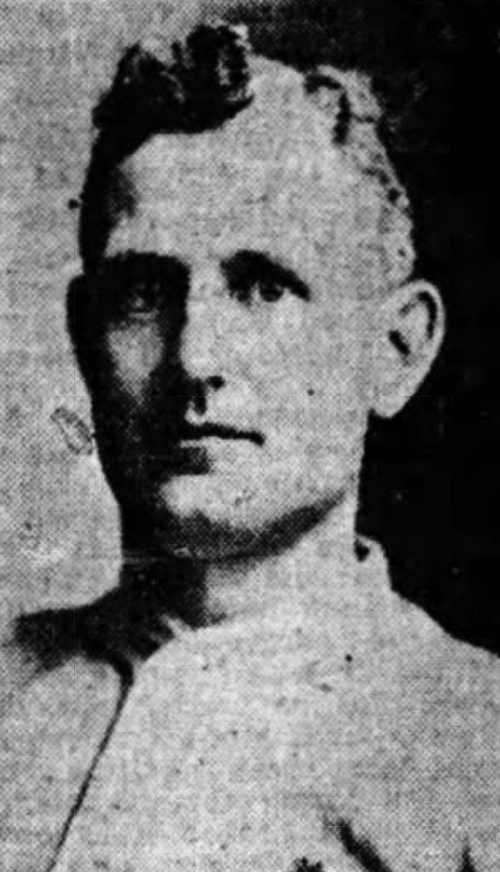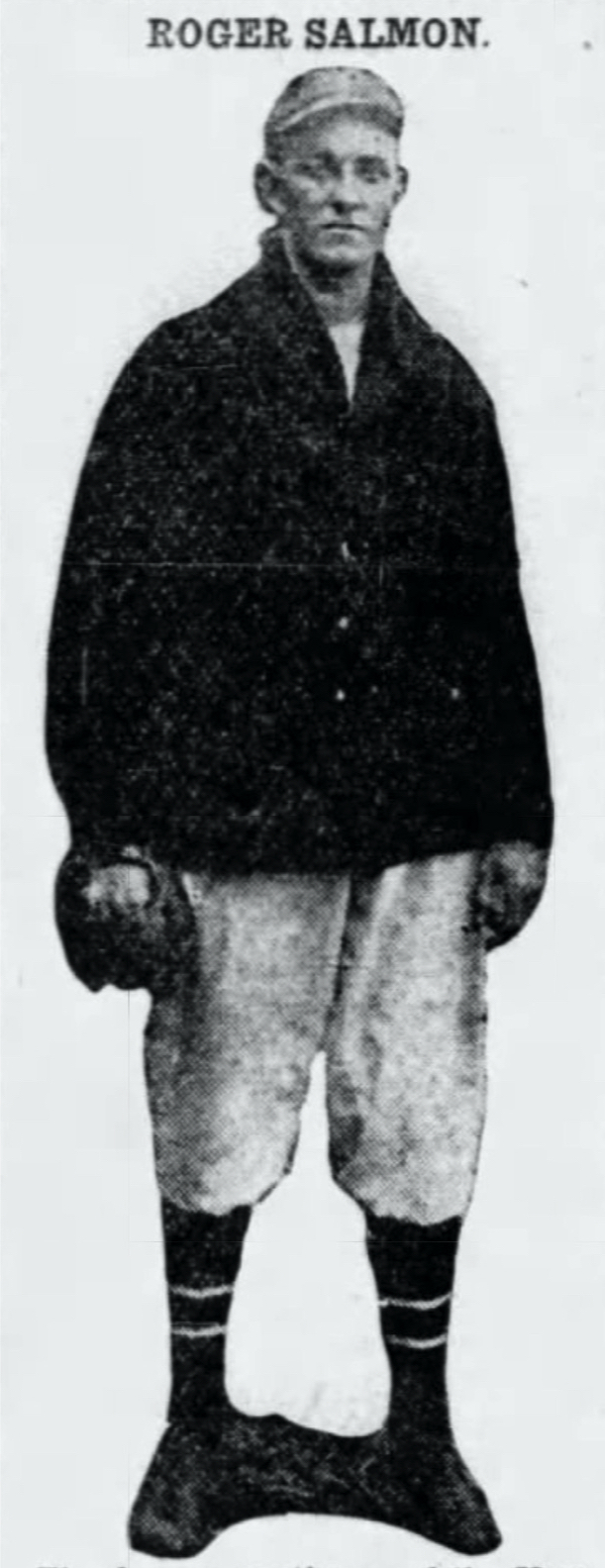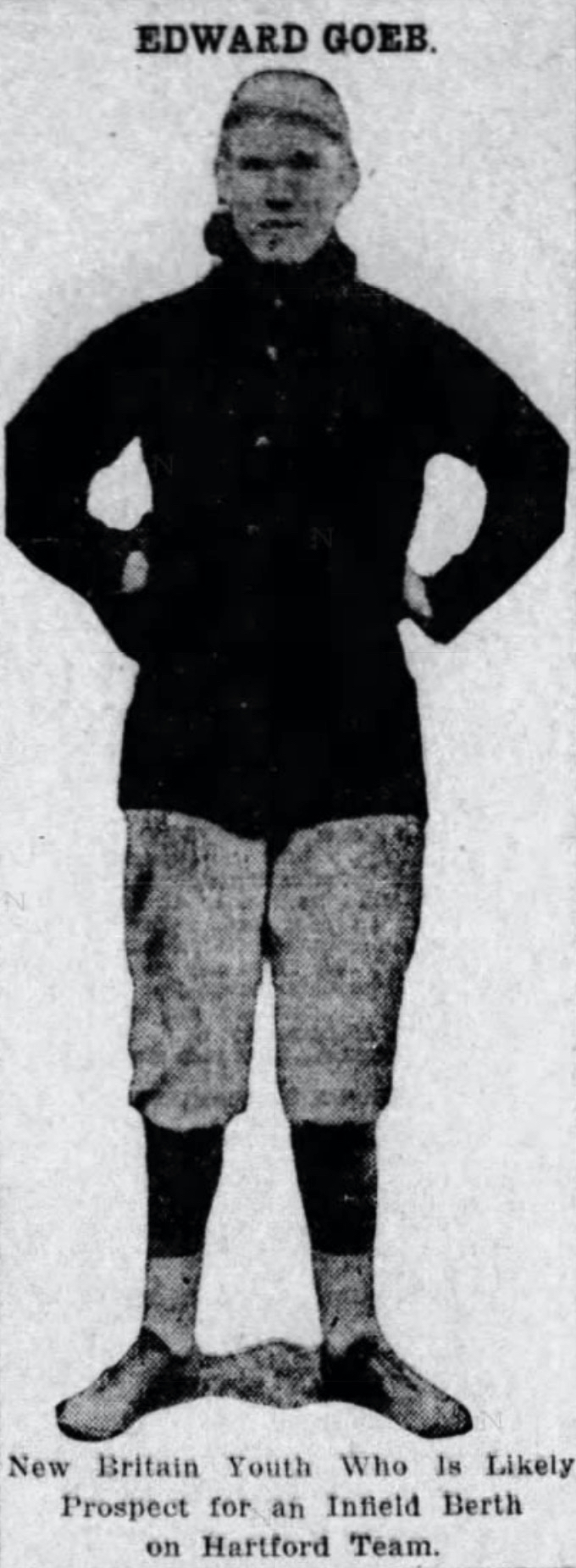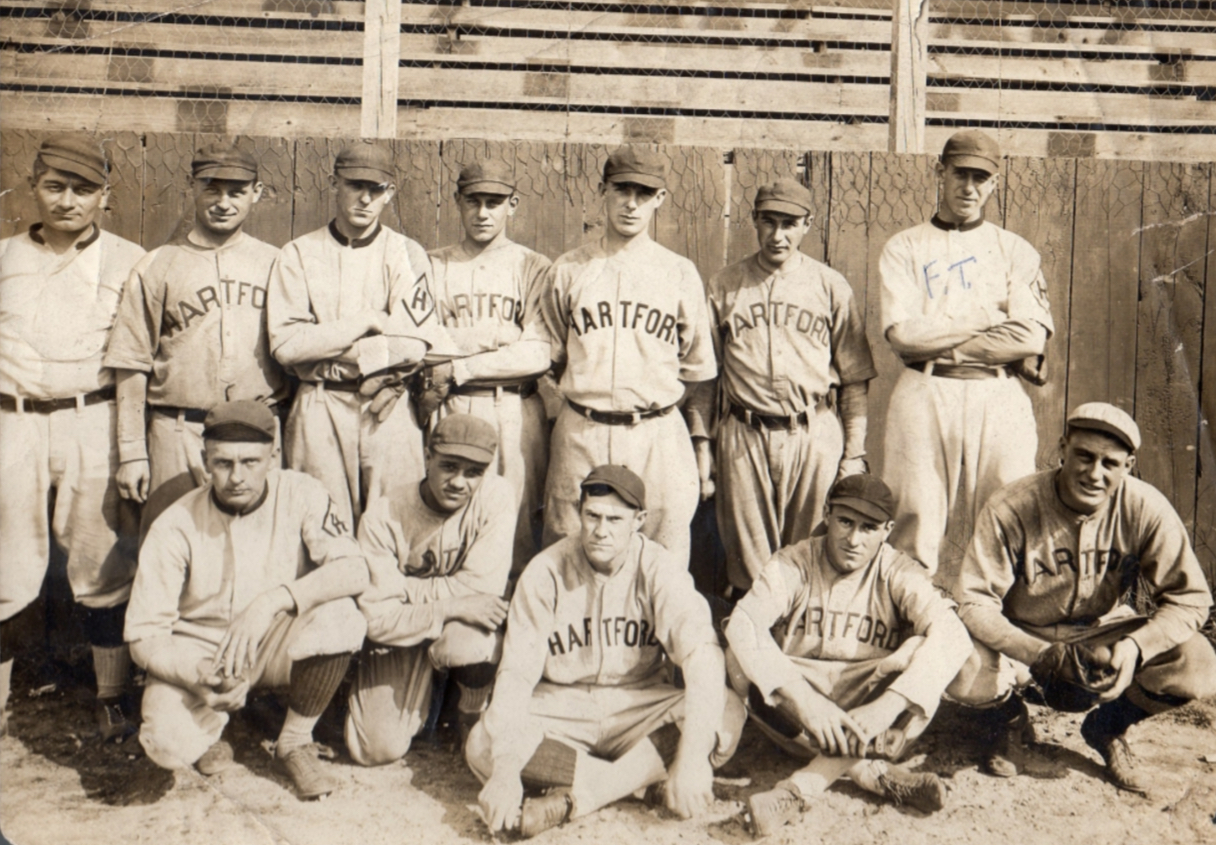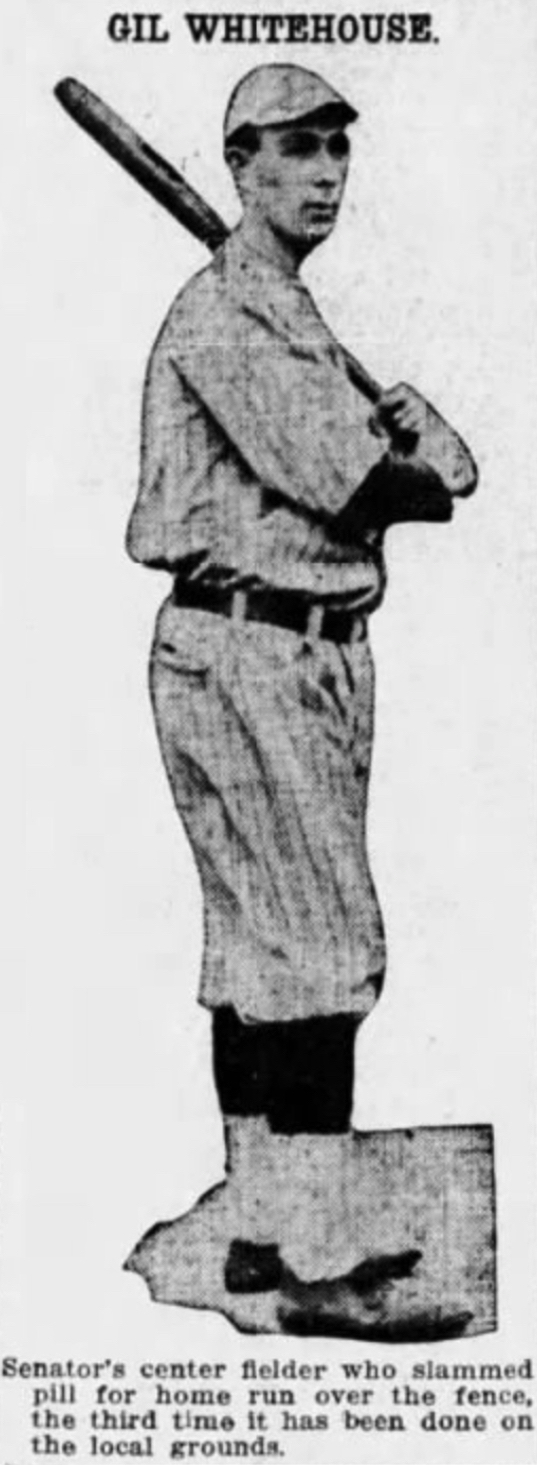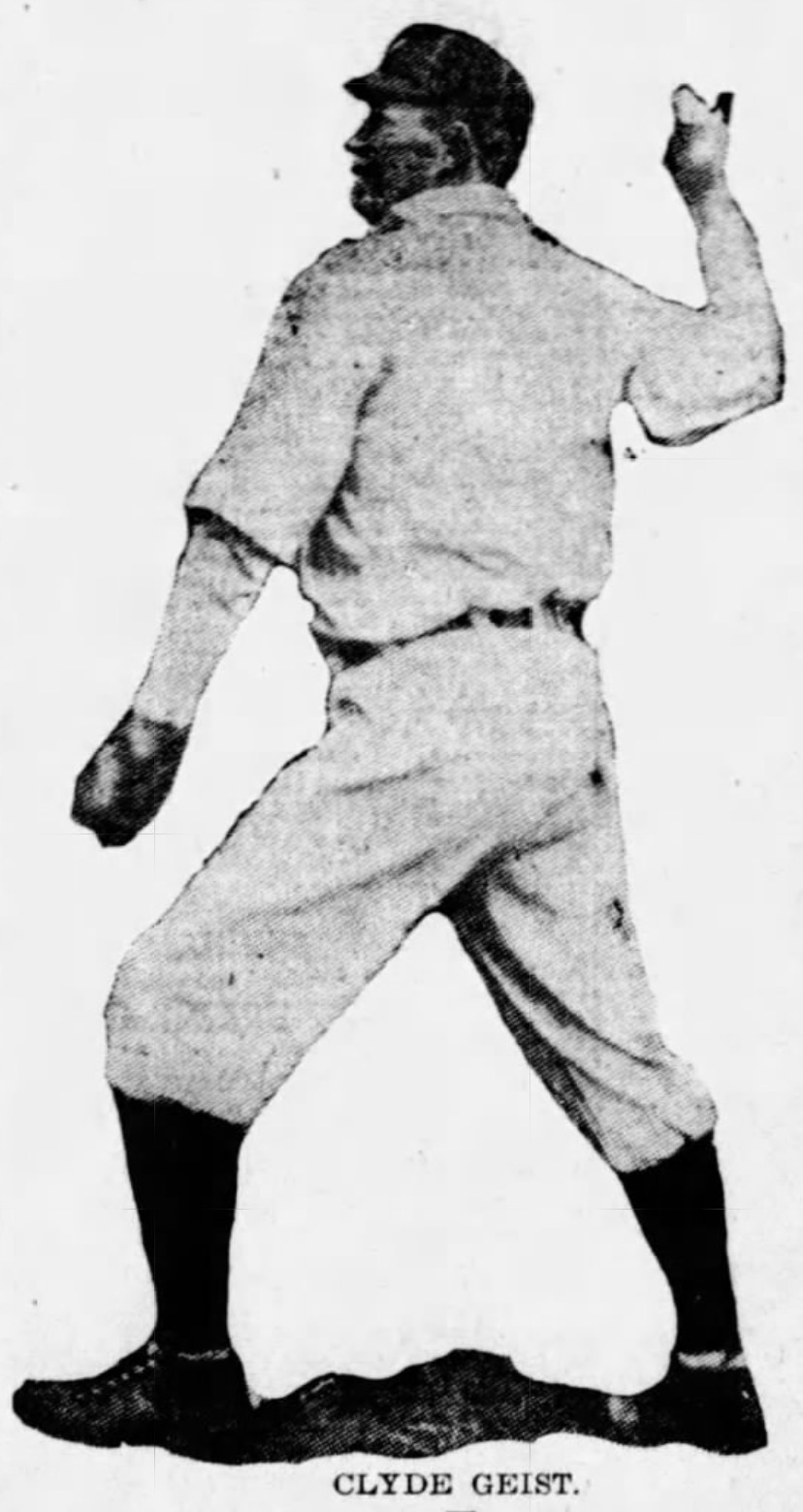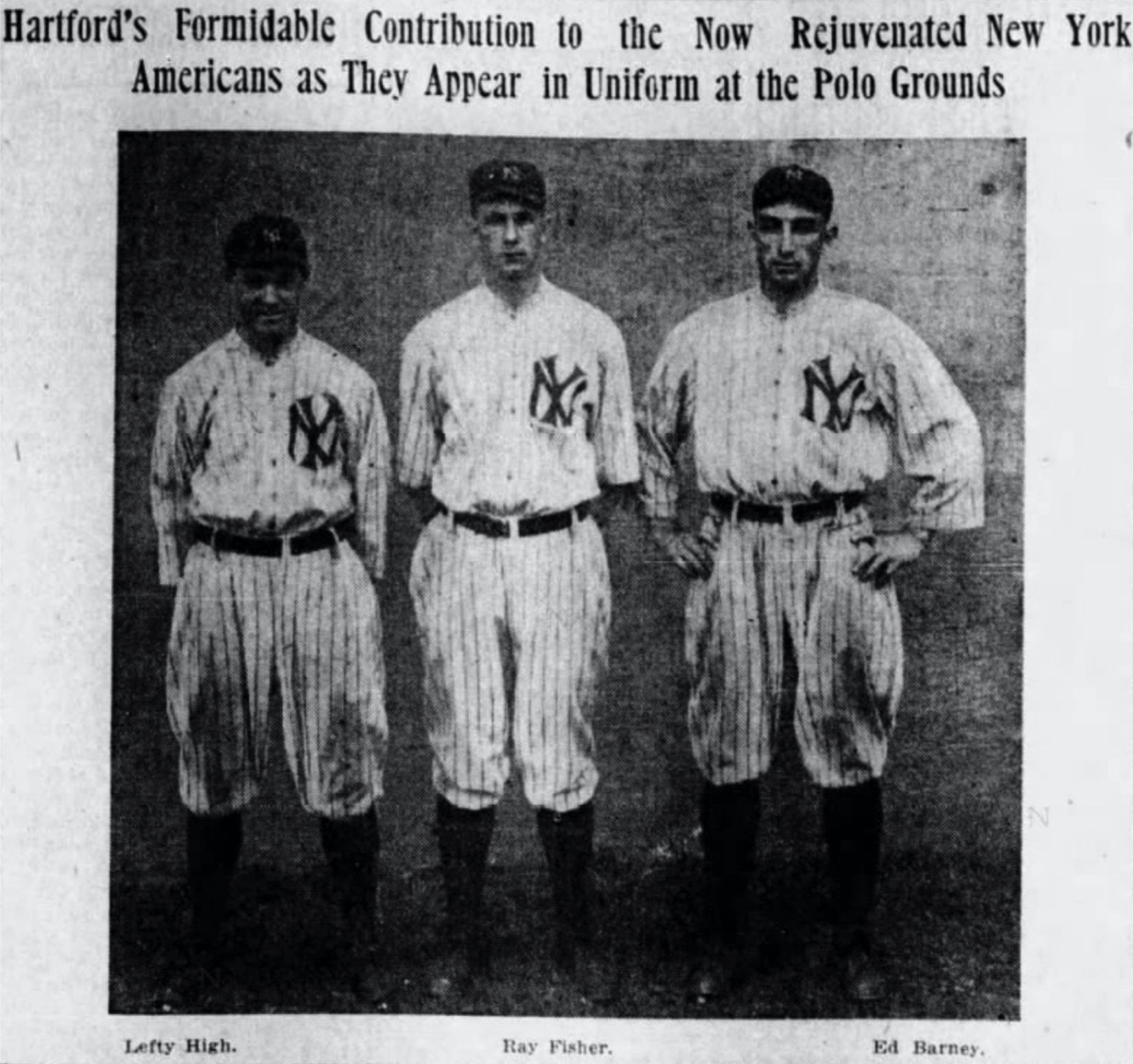Eastern Connecticut State University Honors Coach Bill Holowaty and Family at Naming Ceremony
On Saturday, June 28, 2025, Eastern Connecticut State University hosted a heartfelt Naming Ceremony to celebrate the remarkable legacy of Head Baseball Coach, Bill Holowaty. For 45 years, Holowaty led Eastern baseball to unparalleled success, securing four NCAA Division III National Championships while developing the potential of countless student-athletes. The event paid tribute not only to his professional achievements but also to the enduring influence that the Holowaty family—Bill’s wife, Jan, and their children, Jason, Jennifer, Jared and Michael—left on the baseball program. Congratulations to the entire Holowaty family for this momentous recognition!

Holowaty Inspires Generations of “Bulldogs”
Known for his intensity in the dugout, Holowaty’s coaching style embodied a relentless, unyielding approach to competition, or as he put it, “being a bulldog.” His remarkable record of 1,412 wins (2nd most all-time in Division III Baseball) and a .725 winning percentage is impressive, but it’s his fiery determination that defined his tenure. He not only coached his players to victory, he pushed them to exceed their limits, and he inspired them to achieve greatness.
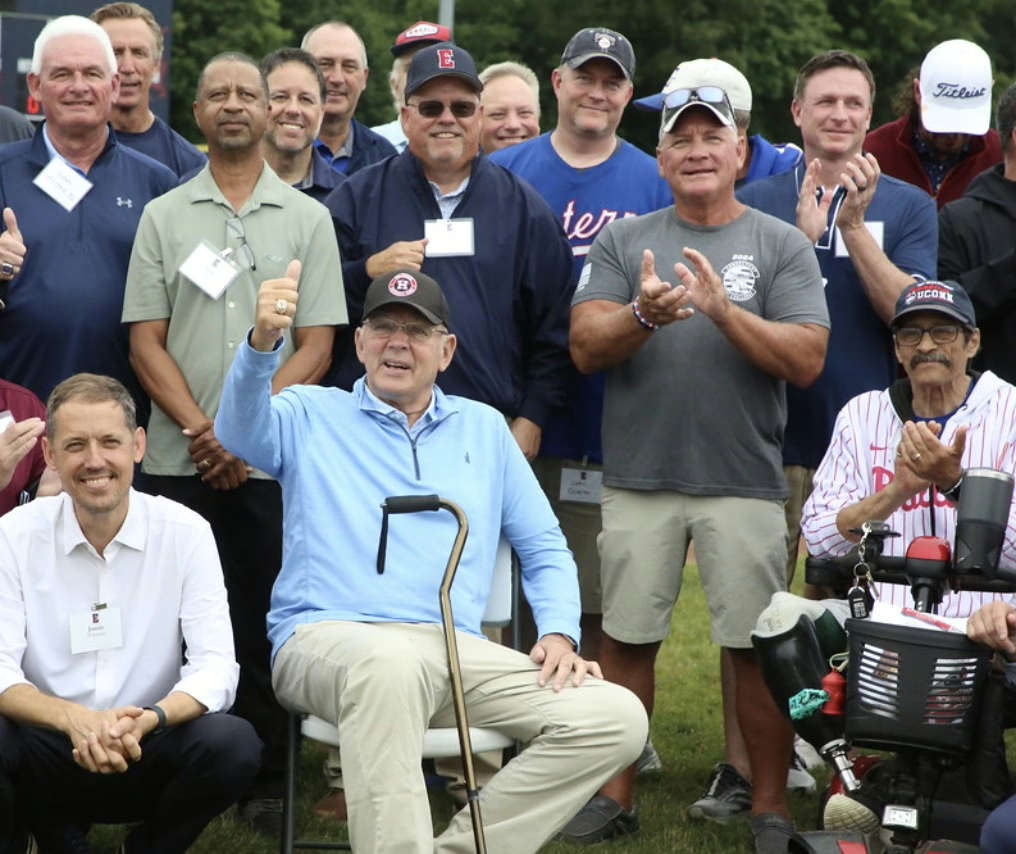
Holowaty often uses to the term “bulldog” to describe the players he admires. “Be a bulldog” or “He’s a real bulldog,” were phrases that echoed around the baseball complex, which he established in 1998. The ECSU Warriors played hard for Holowaty and in return, his players became stronger, more tenacious and more courageous in the face of adversity. You could say that he ran “bulldog” factory. To be called a “bulldog” by Holowaty is more than praise—it was the ultimate compliment, a testament to a player’s willpower, hustle, and unwavering commitment to the game. Win or lose, he respects grit and perseverance above all.

A Family’s Lasting Impact on New England Baseball
Beyond his Hall of Fame coaching career, Holowaty has continued to stay engaged by serving as the President of the Greater Hartford Twilight Baseball League since 2017. He is sort of “Mr. Baseball Emeritus” of Connecticut along with his friend and GHTBL Vice President Andy Baylock, who also attended the Naming Ceremony. Bill and and his wife Jan have been longtime residents of Columbia, Connecticut. They often attend college games in Florida for Spring Training, and then they come back north to support college programs, youth leagues and the twilight league.
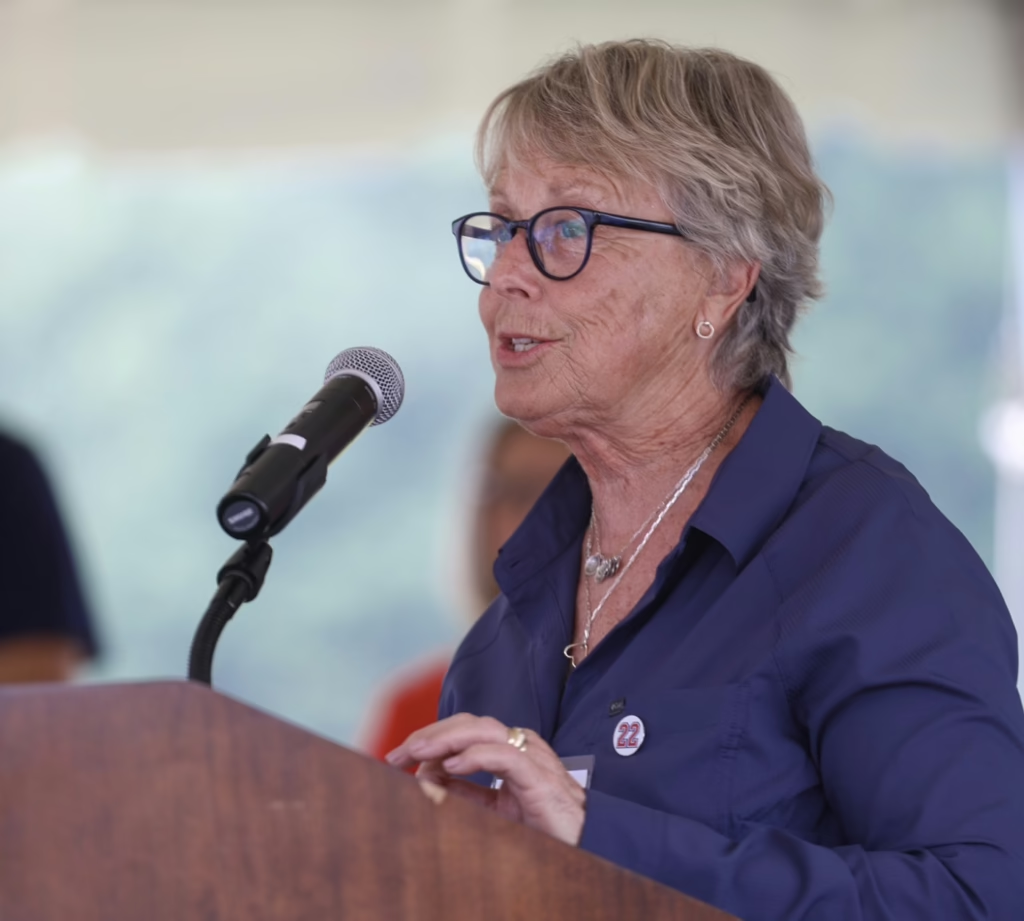
Holowaty’s dogged coaching style was only outmatched by the support of his family. Jan has been a rock through thick and thin, and she was a major part of Bill’s success at Eastern. Her warm and hopeful attitude has been a perfect foil to Bill’s uber-competitiveness. Jennifer, Jared and Michael Holowaty were each Eastern graduates and made significant contributions to the baseball program. Altogether, the Holowaty’s have served selflessly, and the field was aptly named to recognize the entire family.

Fun fact: Under Coach Holowaty Eastern Connecticut pitcher John Caniera was named an All-American three times (1972, 1973, 1974) and went on to reach Major Leagues with the California Angels.

Photo source: Bob Molta, https://www.flickr.com/photos/140786037@N04/.
ECSU Athletics official press release: https://gowarriorathletics.com/news/2025/7/1/baseball-alumni-turn-out-en-masse-for-holowaty-field-naming-ceremony.aspx
















